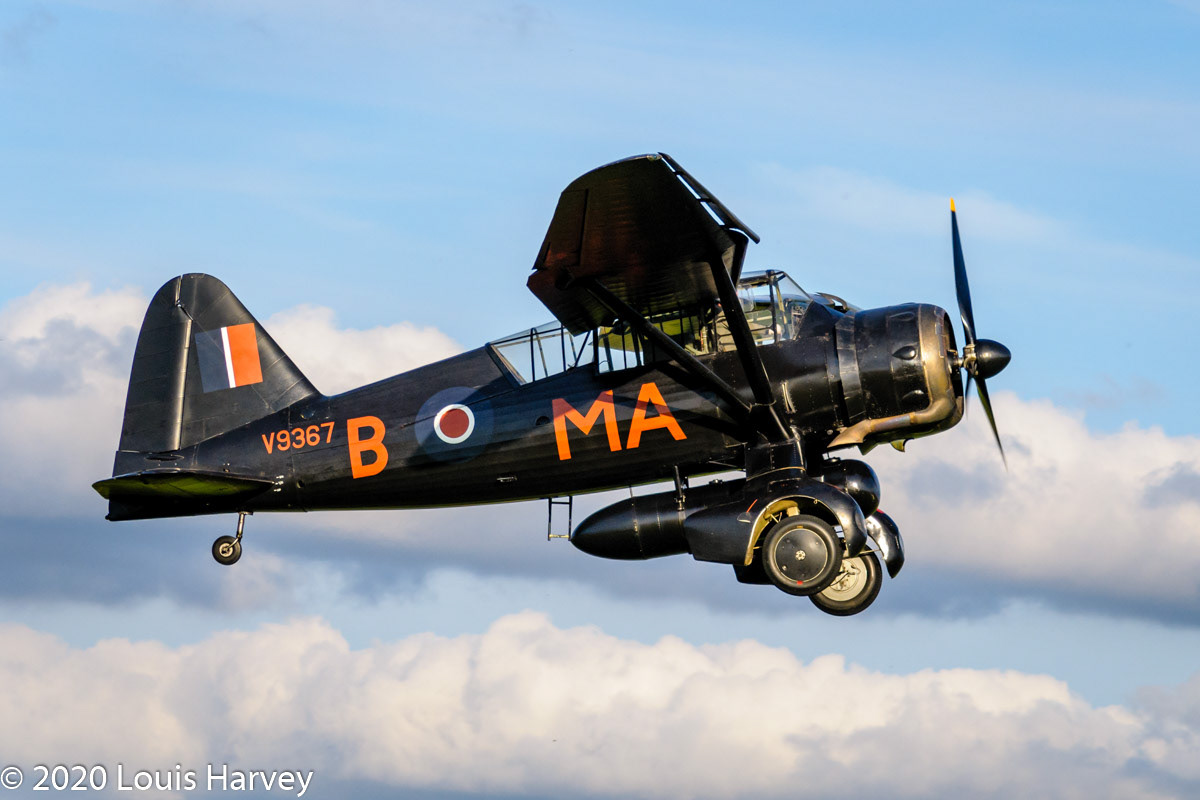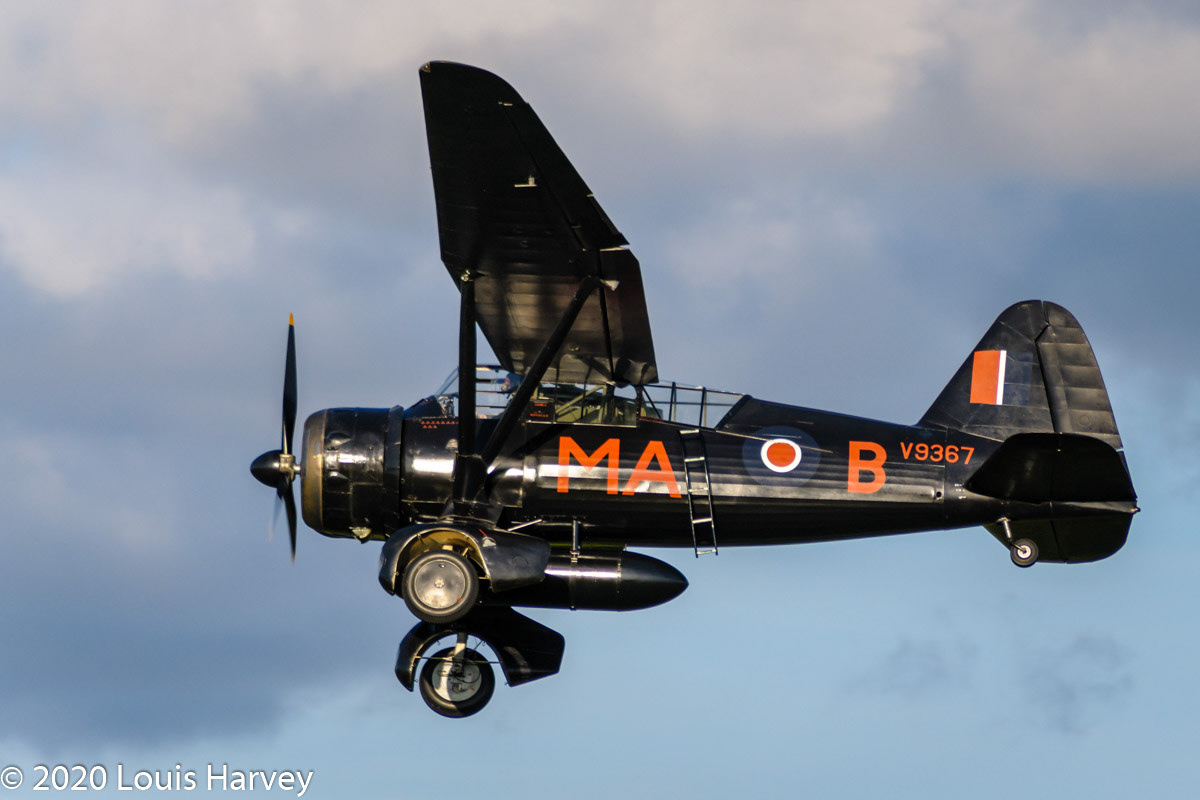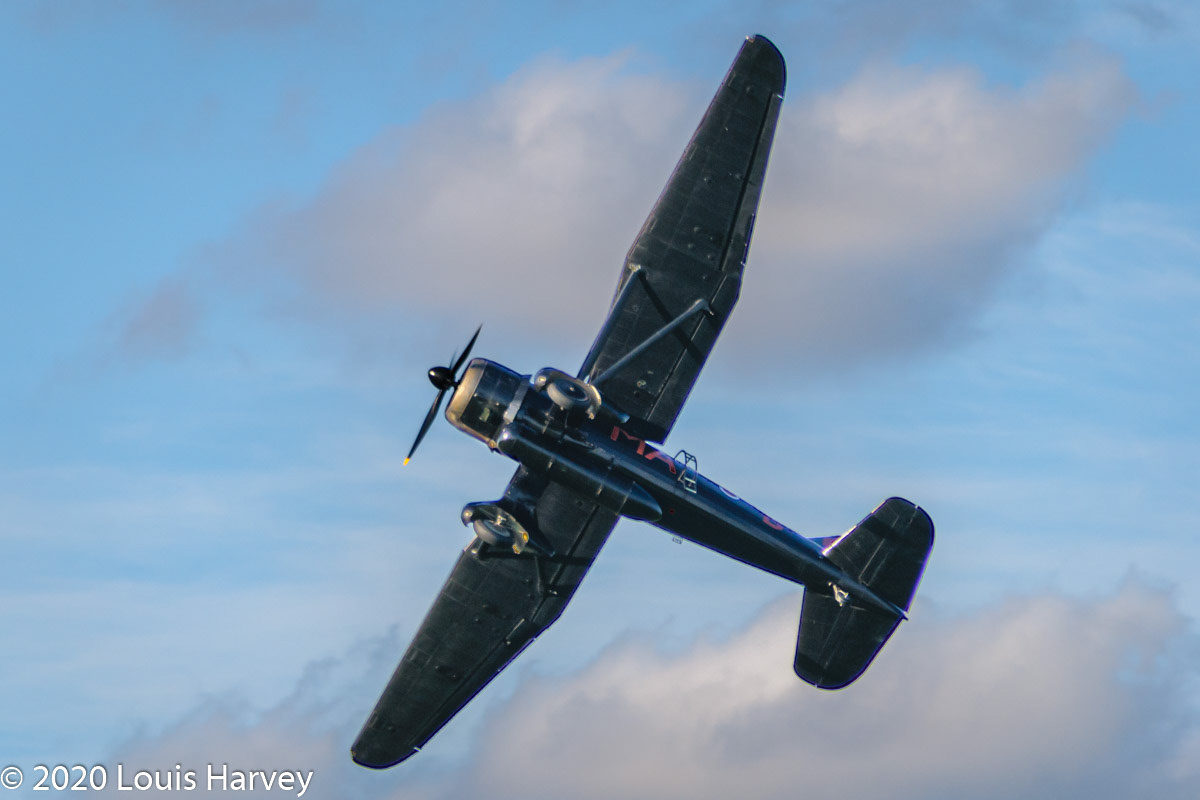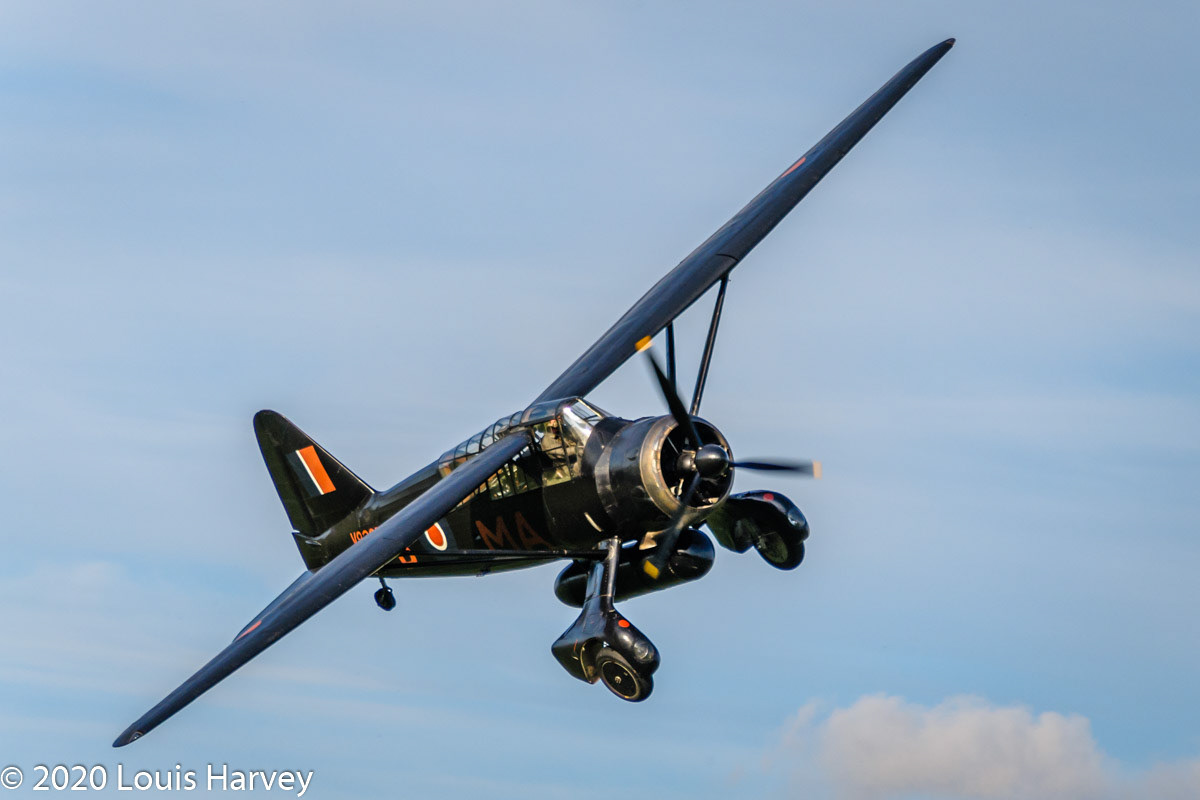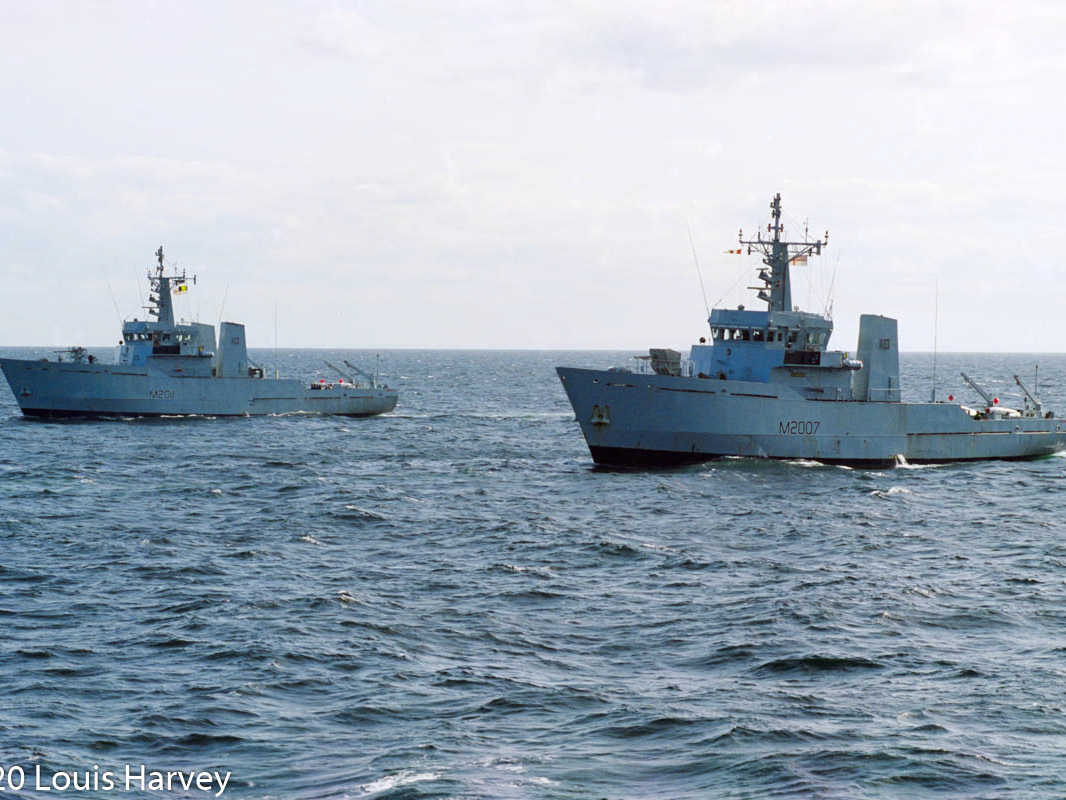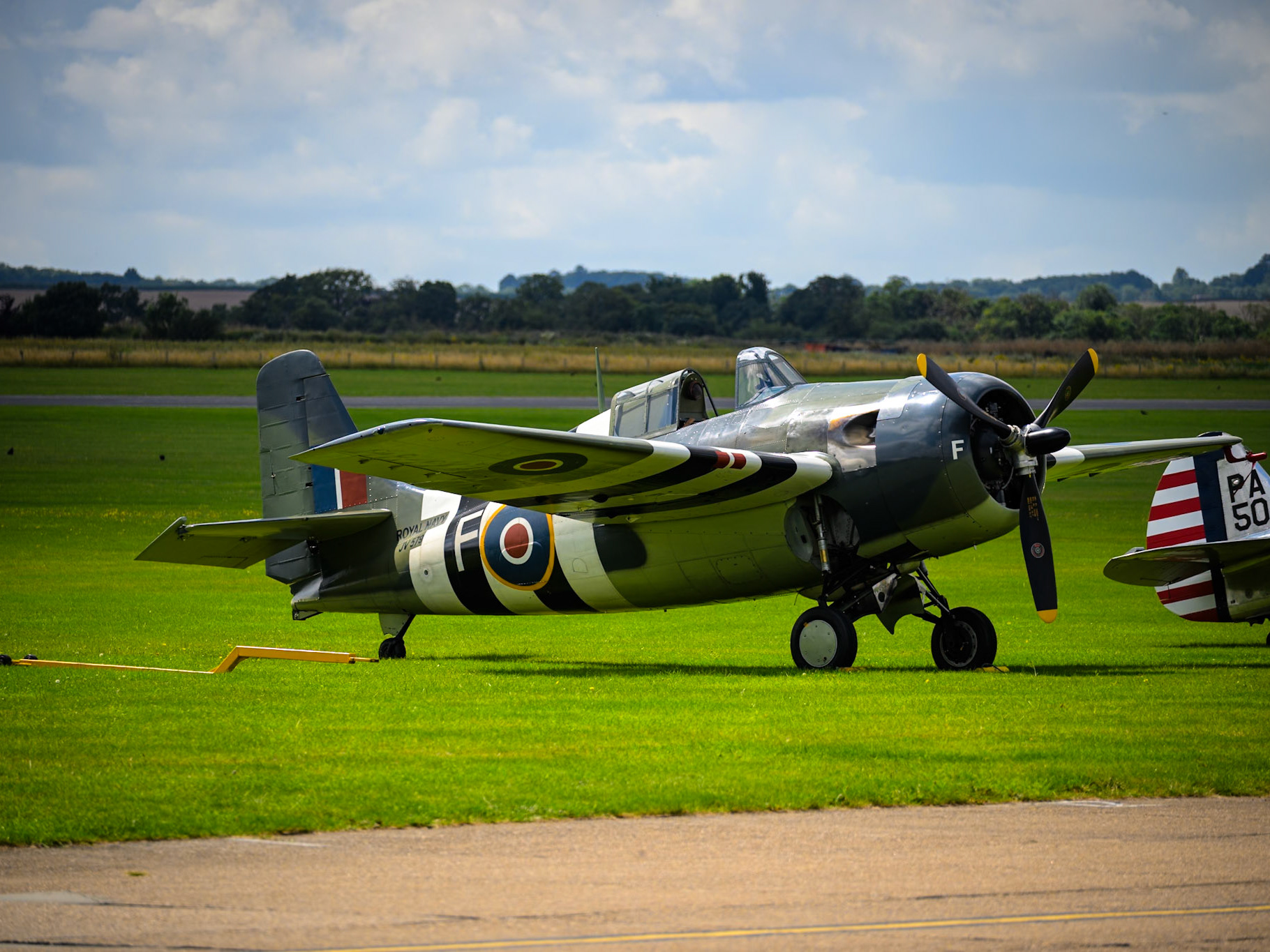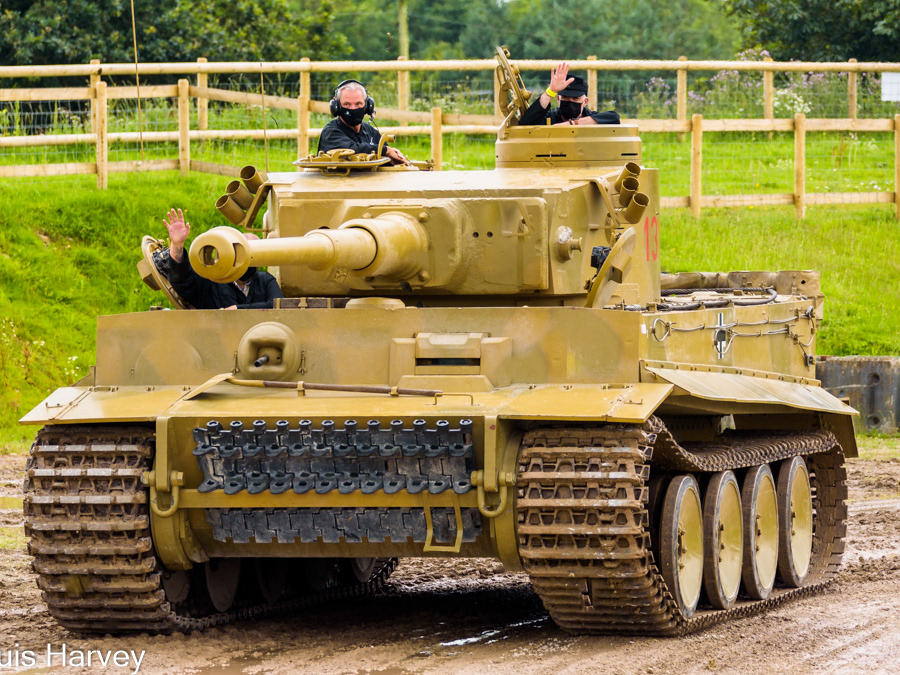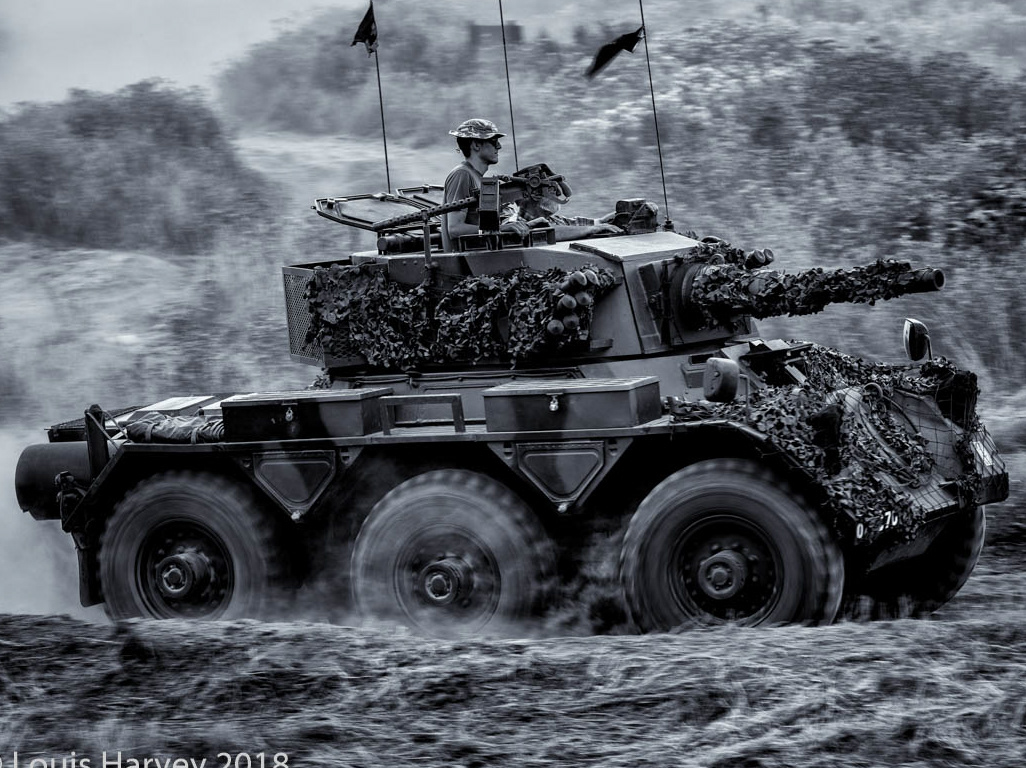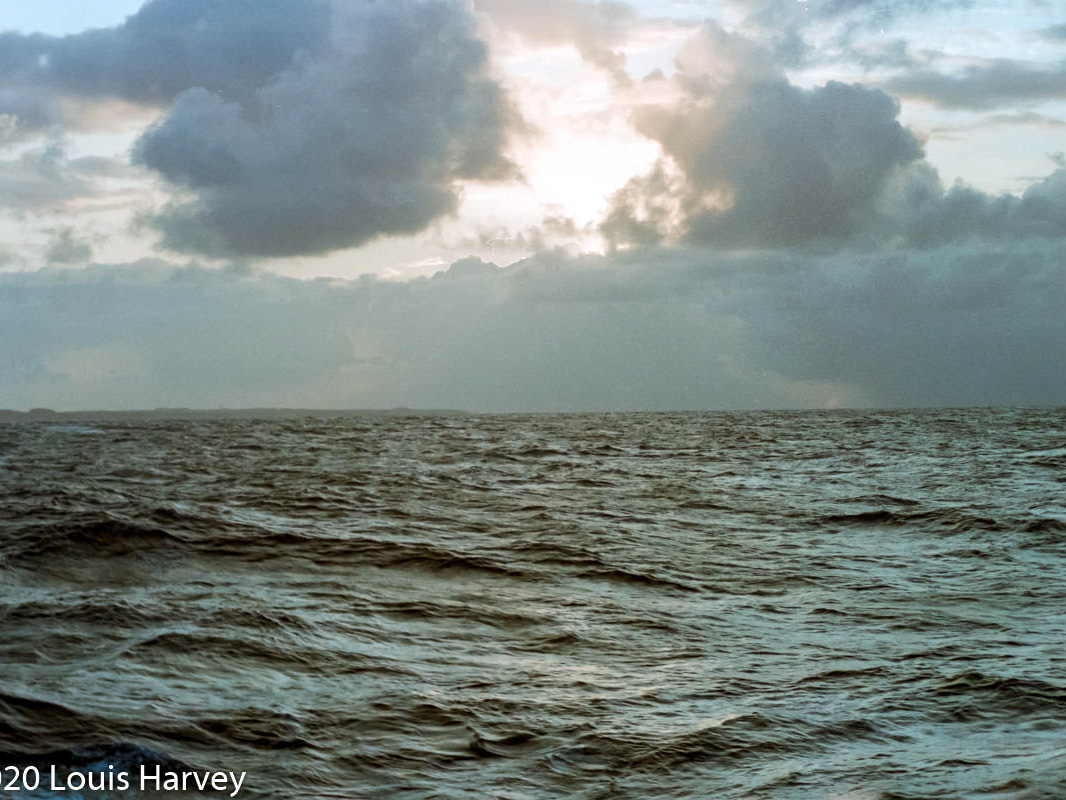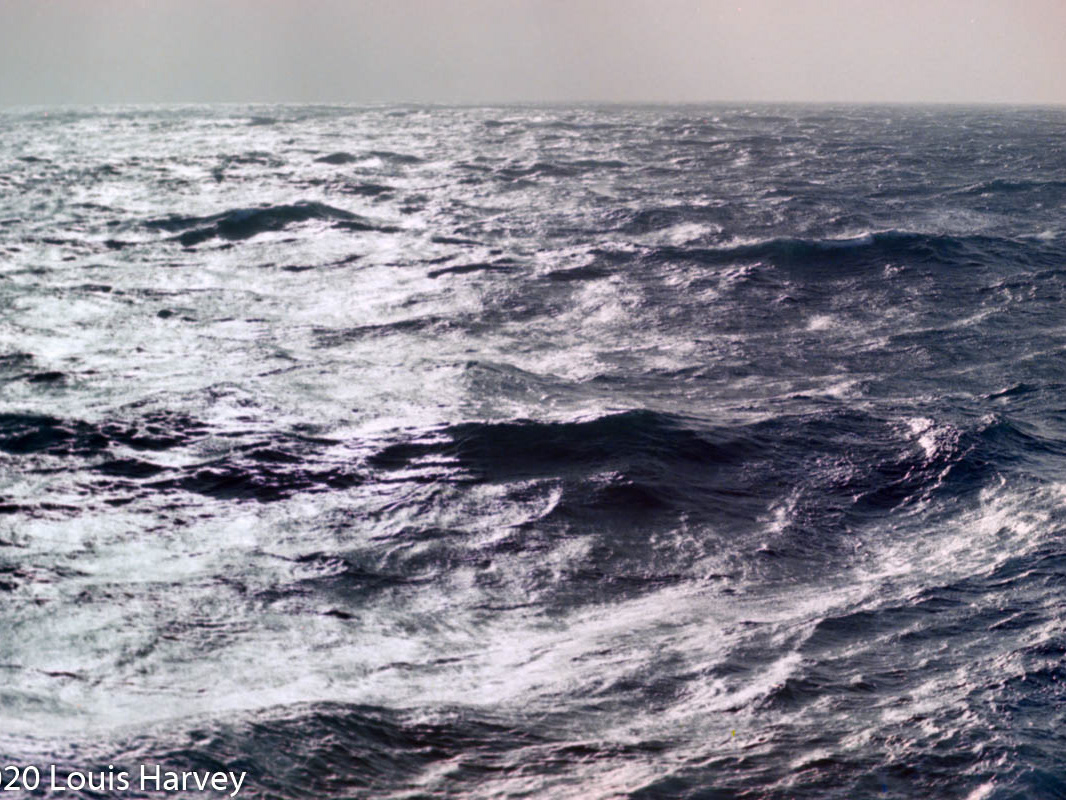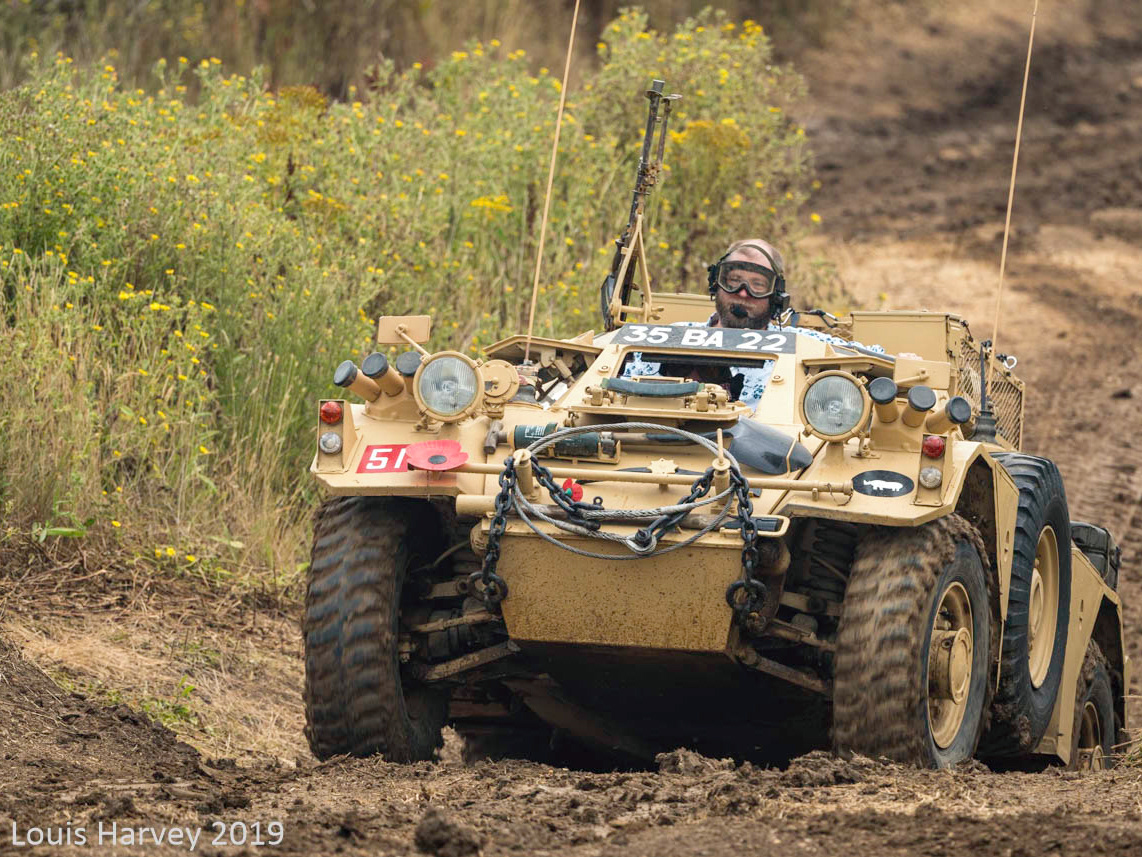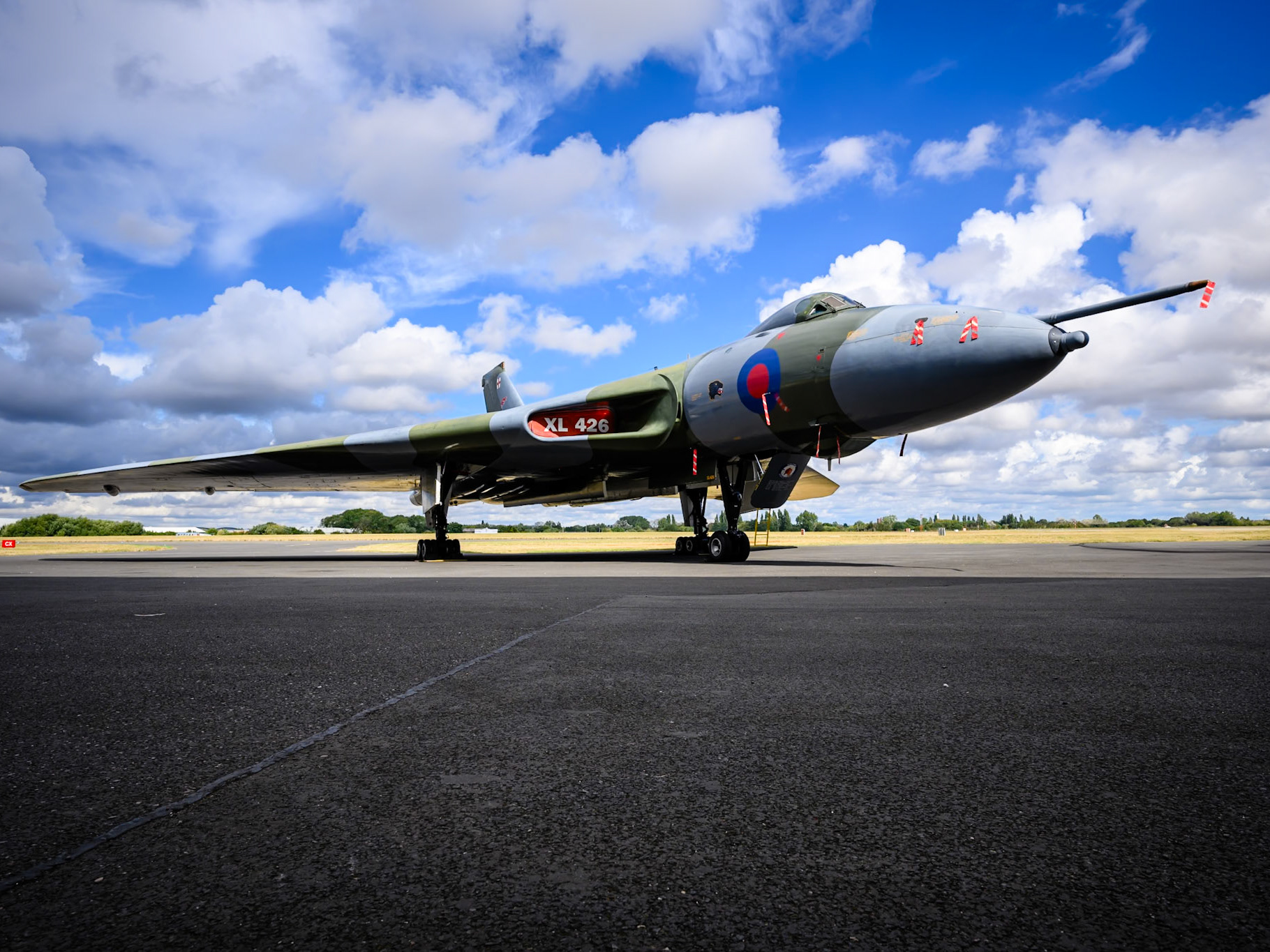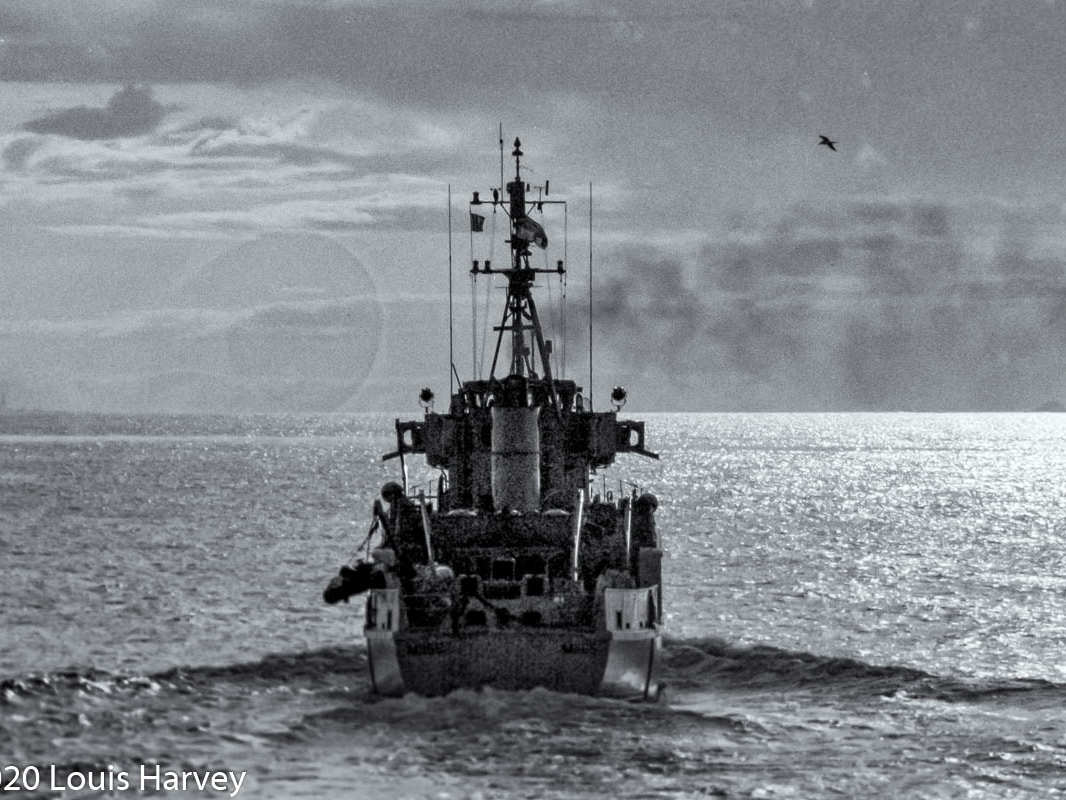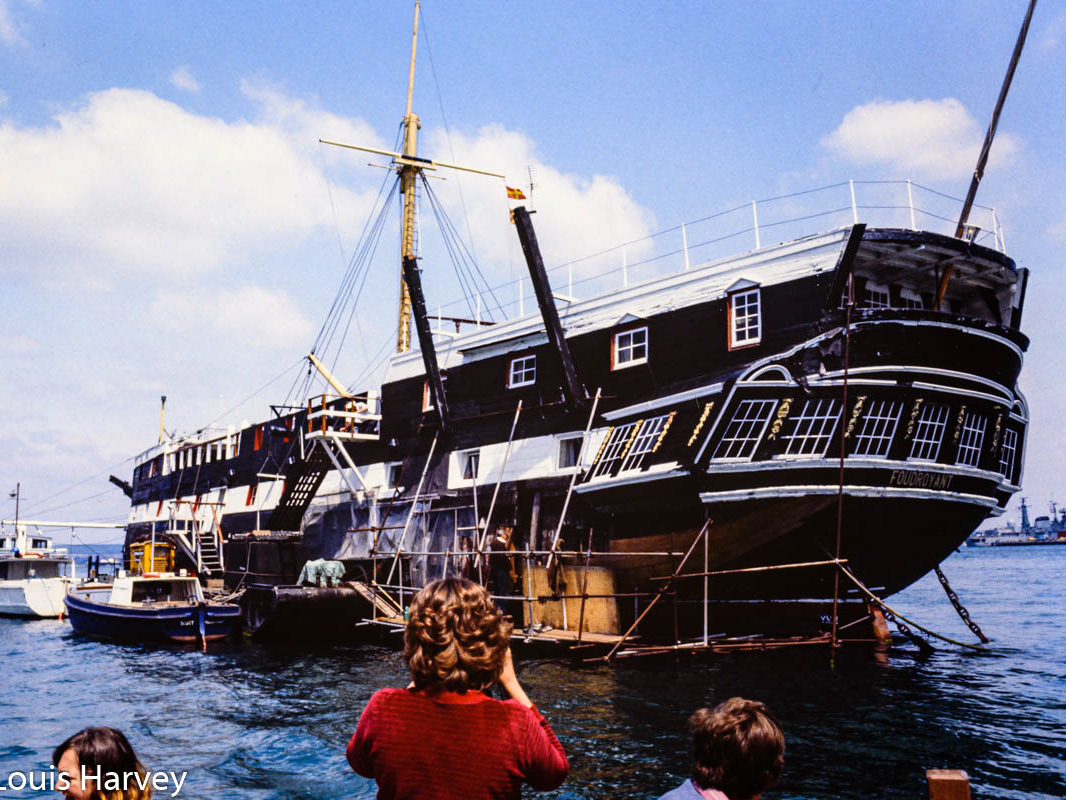Aircraft commentaries courtesy of Wikipedia and the Shuttleworth website.
1931 Avro Tutor
The Avro Type 621 Tutor was a two-seat British radial-engined biplane from the interwar period. It was a simple but rugged basic trainer that was used by the Royal Air Force as well as many other air arms worldwide.

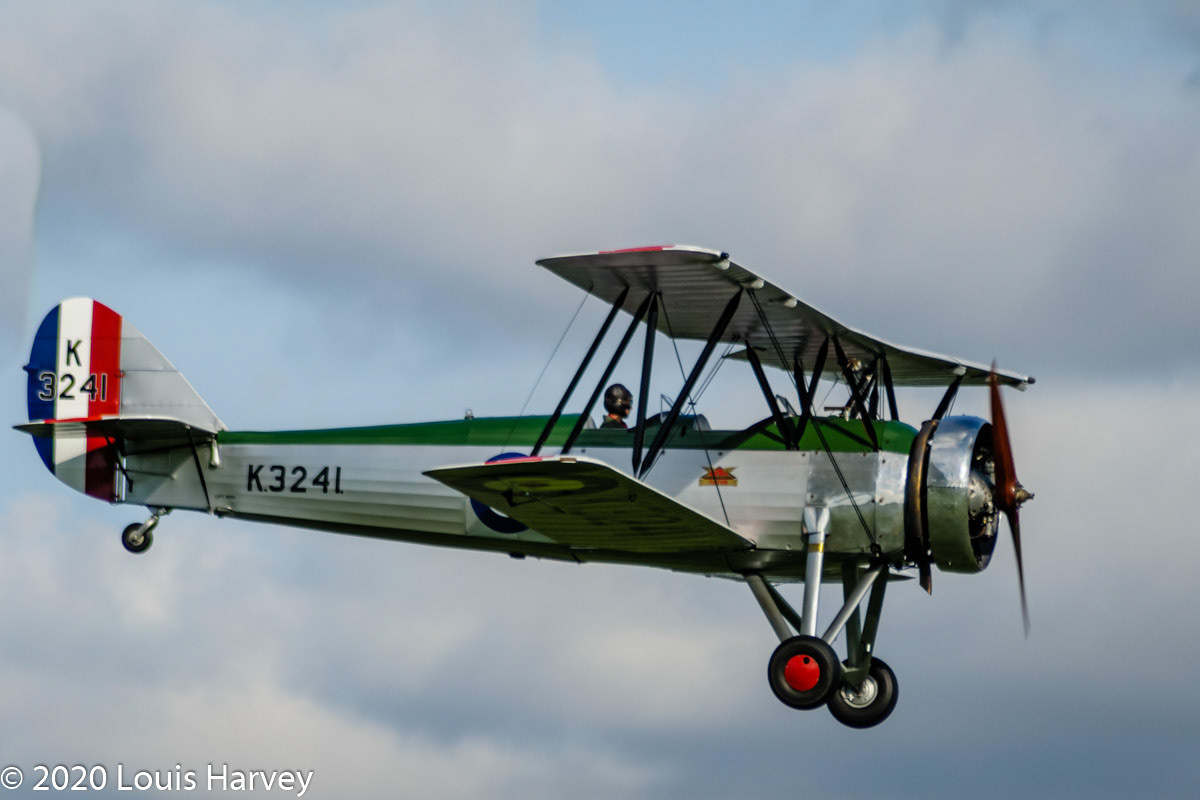
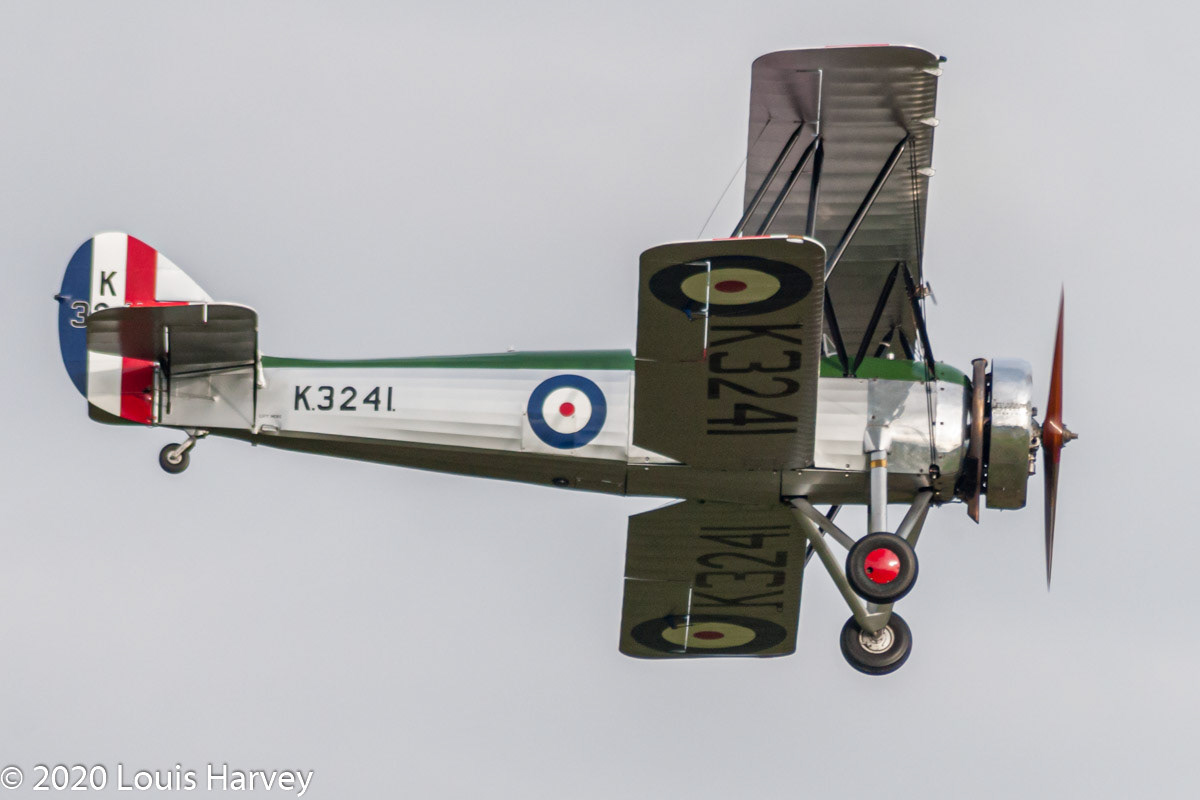
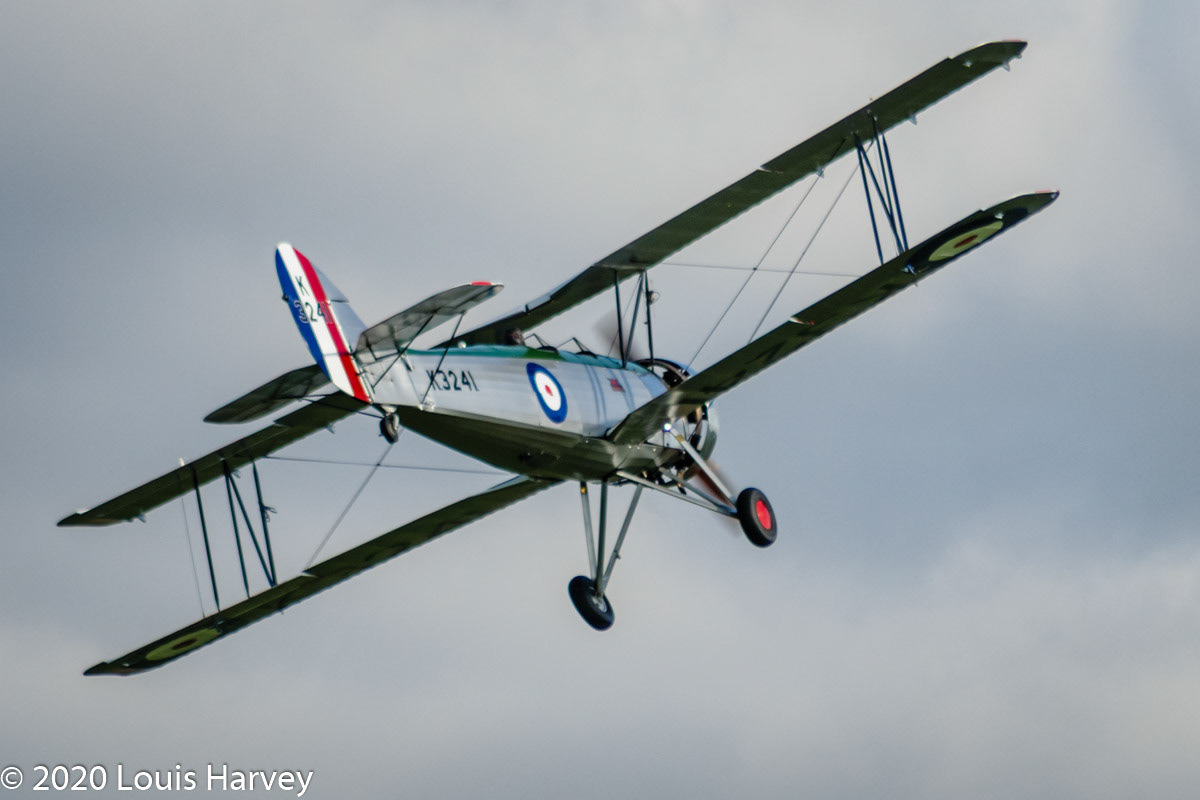

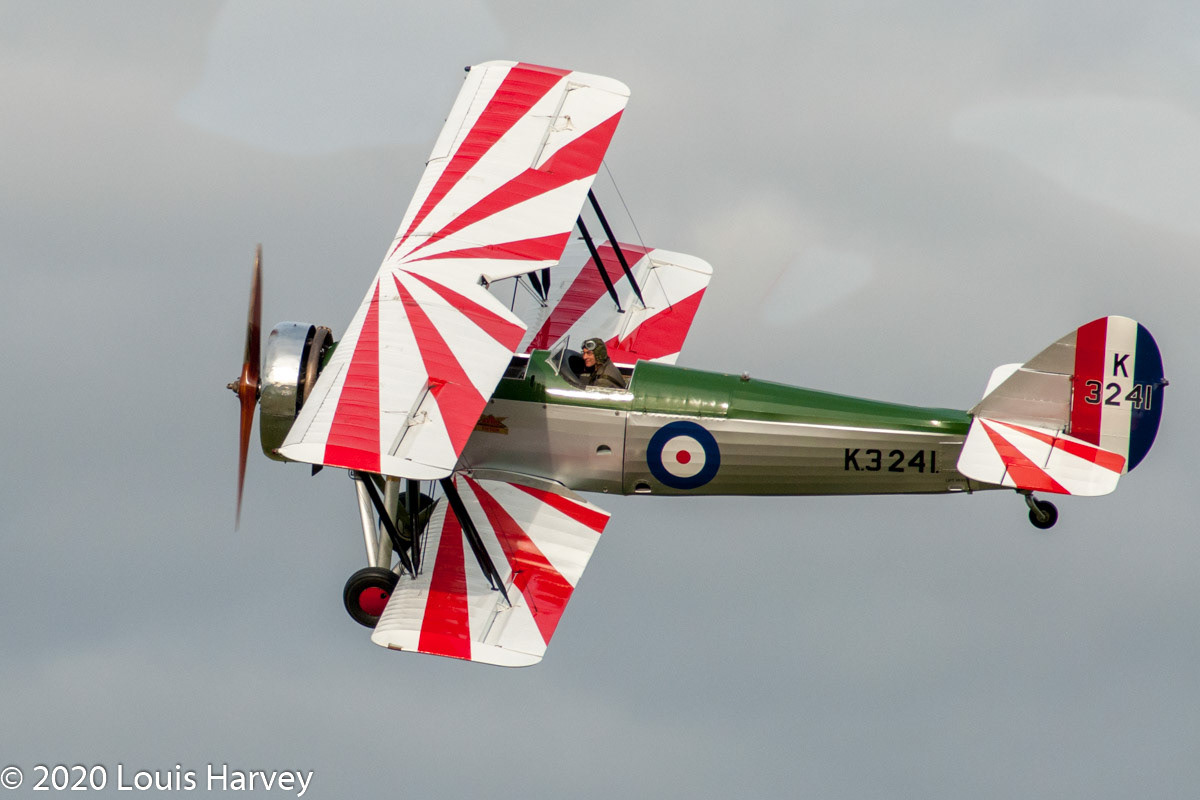
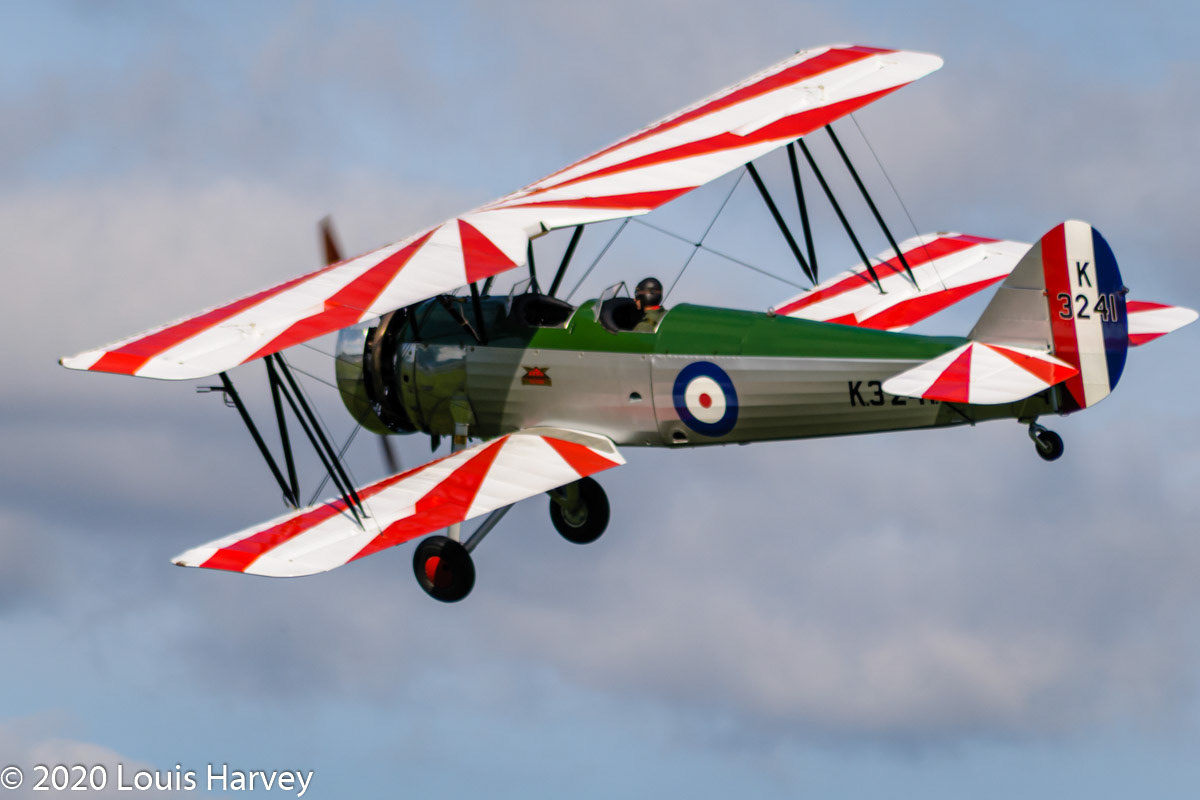
1932 Blackburn B2
The Blackburn B-2 was a British biplane side-by-side trainer aircraft of the 1930s. Designed and built by Blackburn Aircraft, 42 were built.
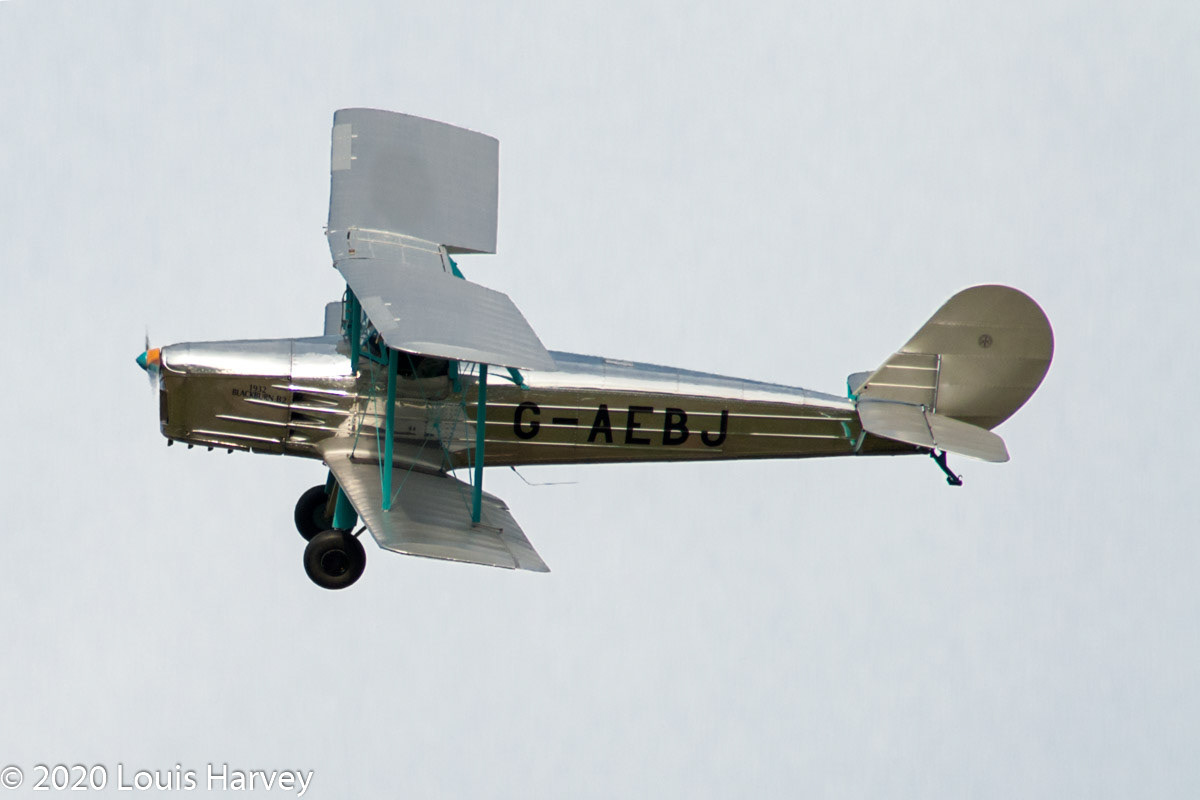


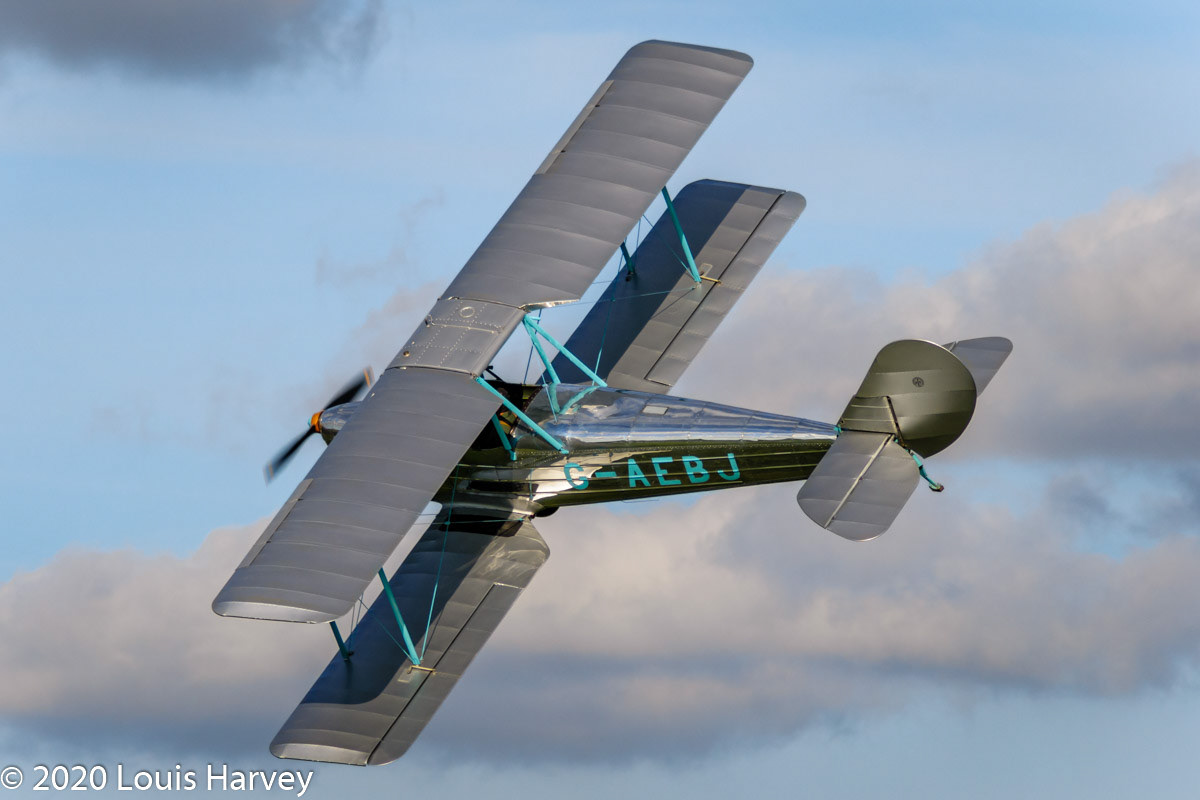
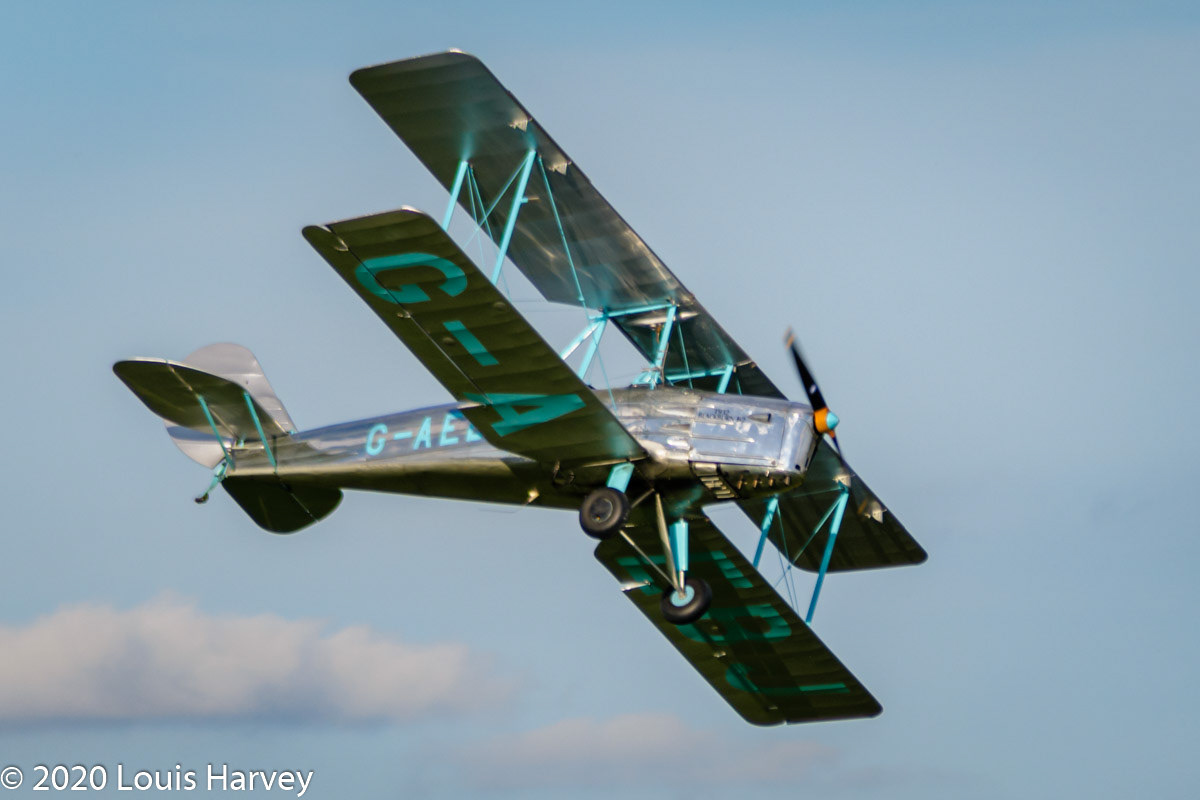

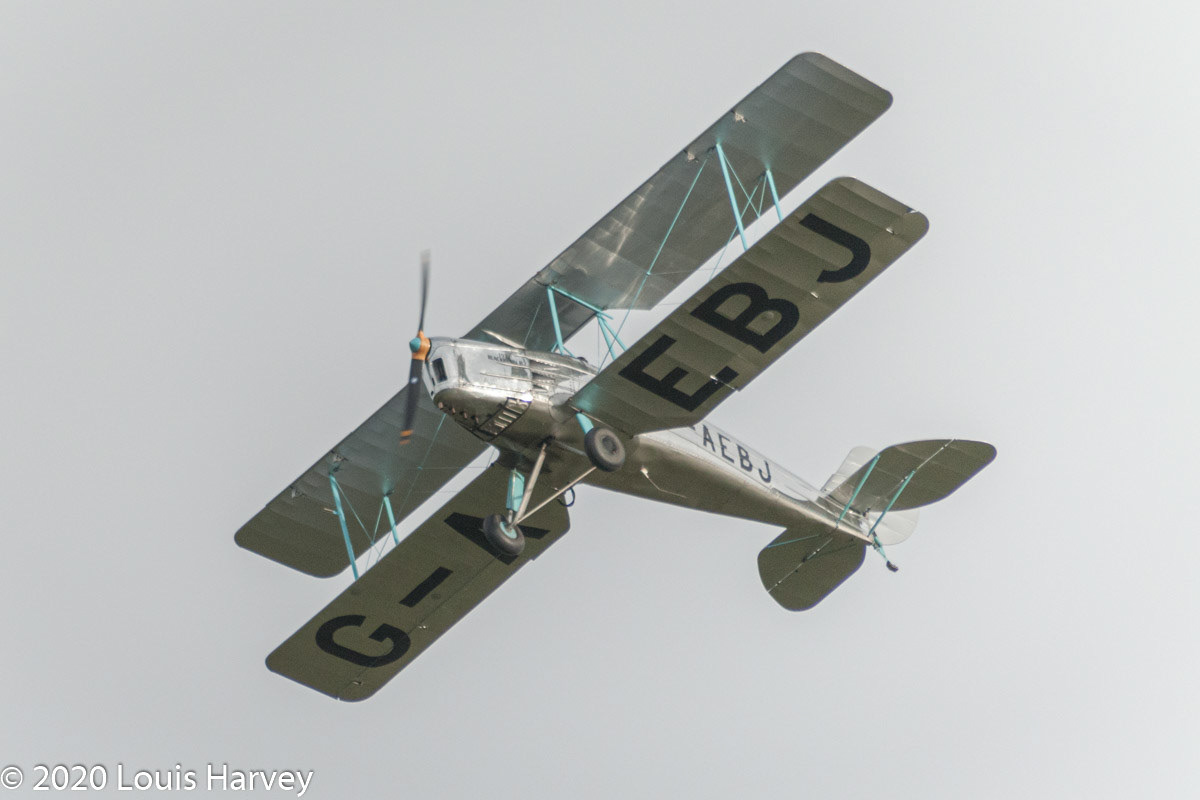
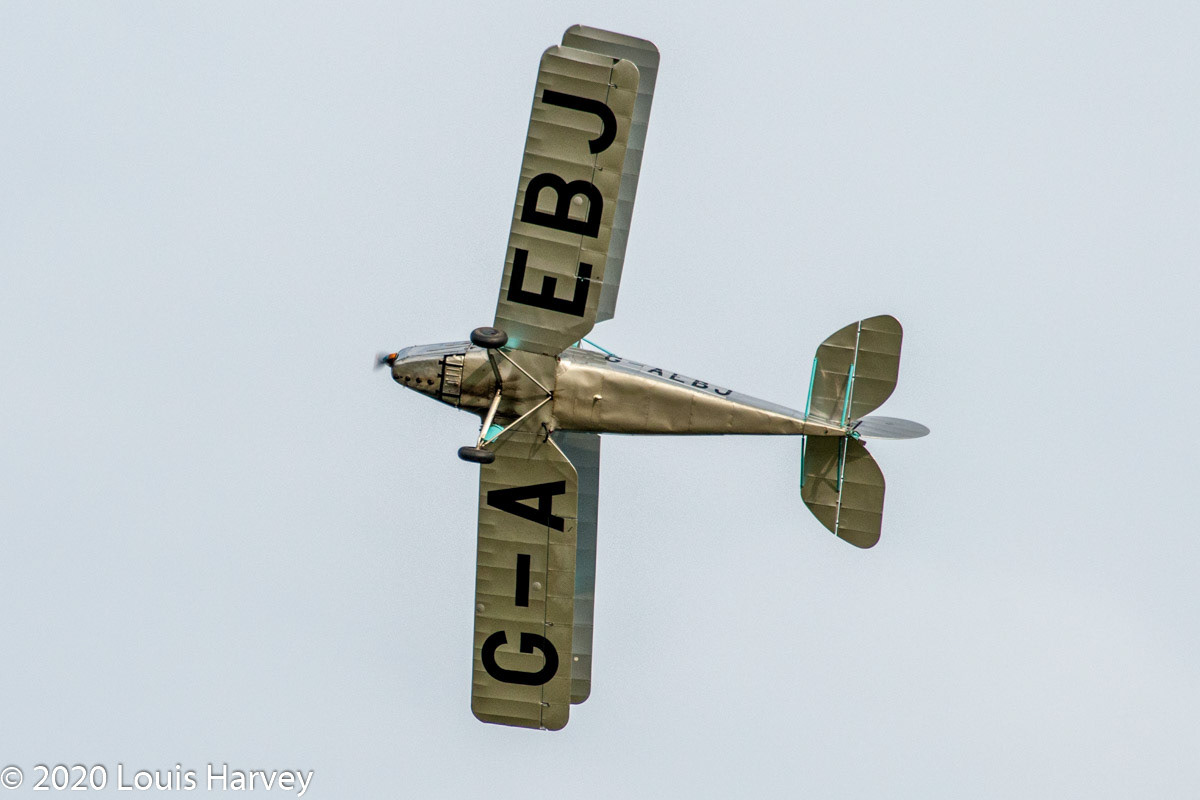
1910 Bristol Boxkite (Replica)
The Boxkite (officially the Bristol Biplane) was the first aircraft produced by the British and Colonial Aeroplane Company (later known as the Bristol Aeroplane Company). A pusher biplane based on the successful Farman III, it was one of the first aircraft types to be built in quantity.

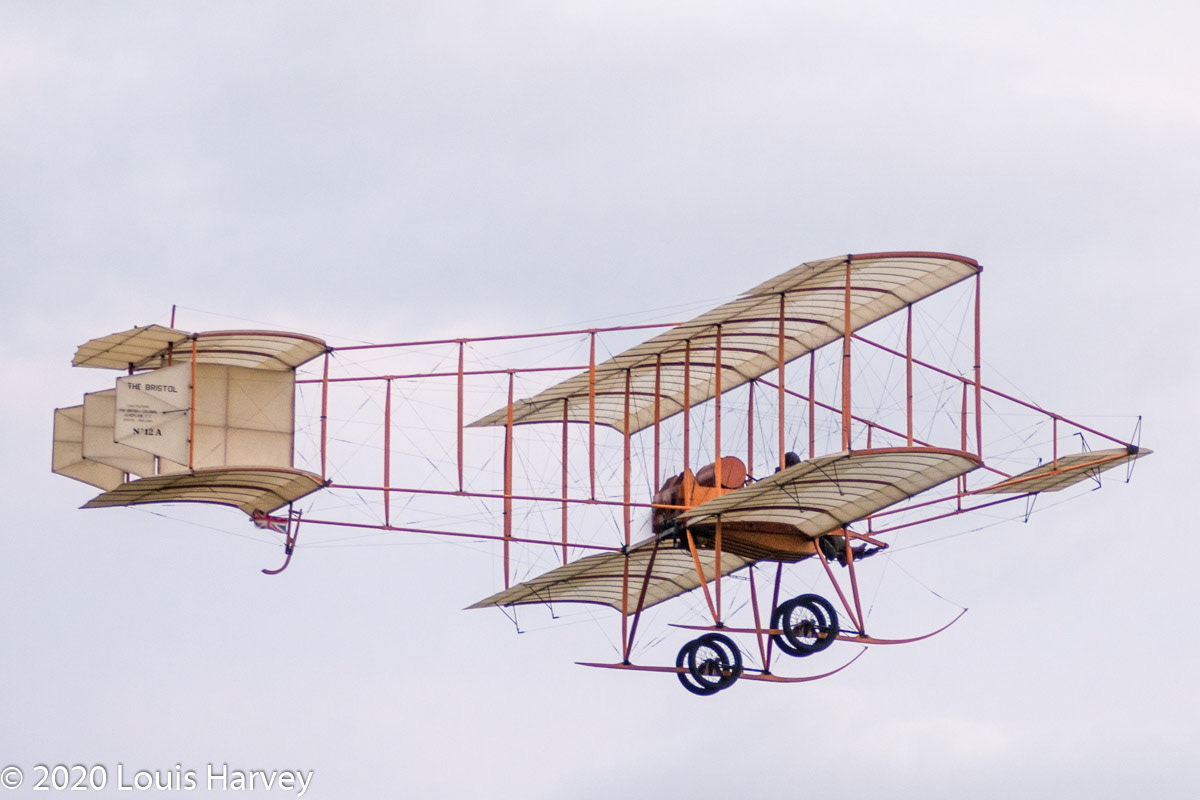
Bristol F.2B Fighter
The Bristol F.2 Fighter was a British two-seat biplane fighter and reconnaissance aircraft of the First World War developed by Frank Barnwell at the Bristol Aeroplane Company.
Although the type was intended initially as a replacement for the pre-war Royal Aircraft Factory B.E.2c reconnaissance aircraft, the newly available Rolls-Royce Falcon V12 engine gave it the performance of a two-seat fighter.
Despite a disastrous start to its career, the definitive F.2B version proved to be an agile aircraft that was able to hold its own against opposing single-seat fighters; its robust design ensured that it remained in military service into the 1930s.
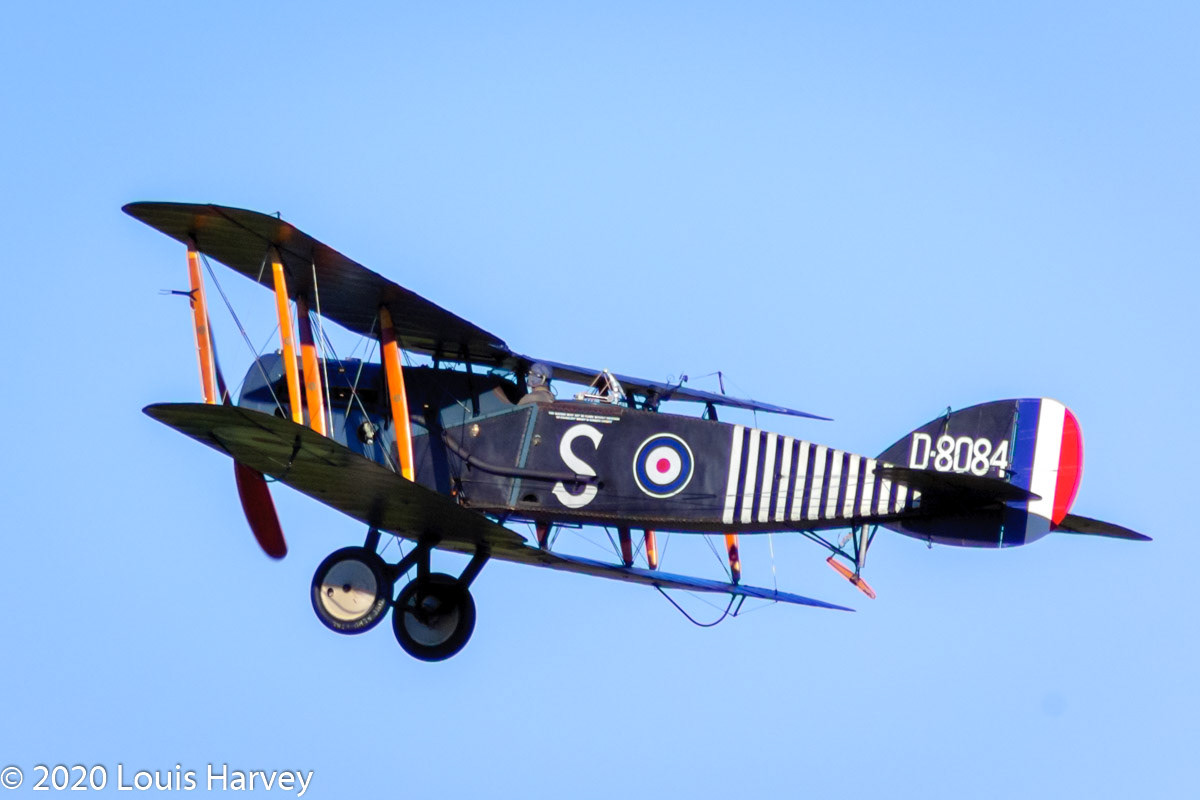
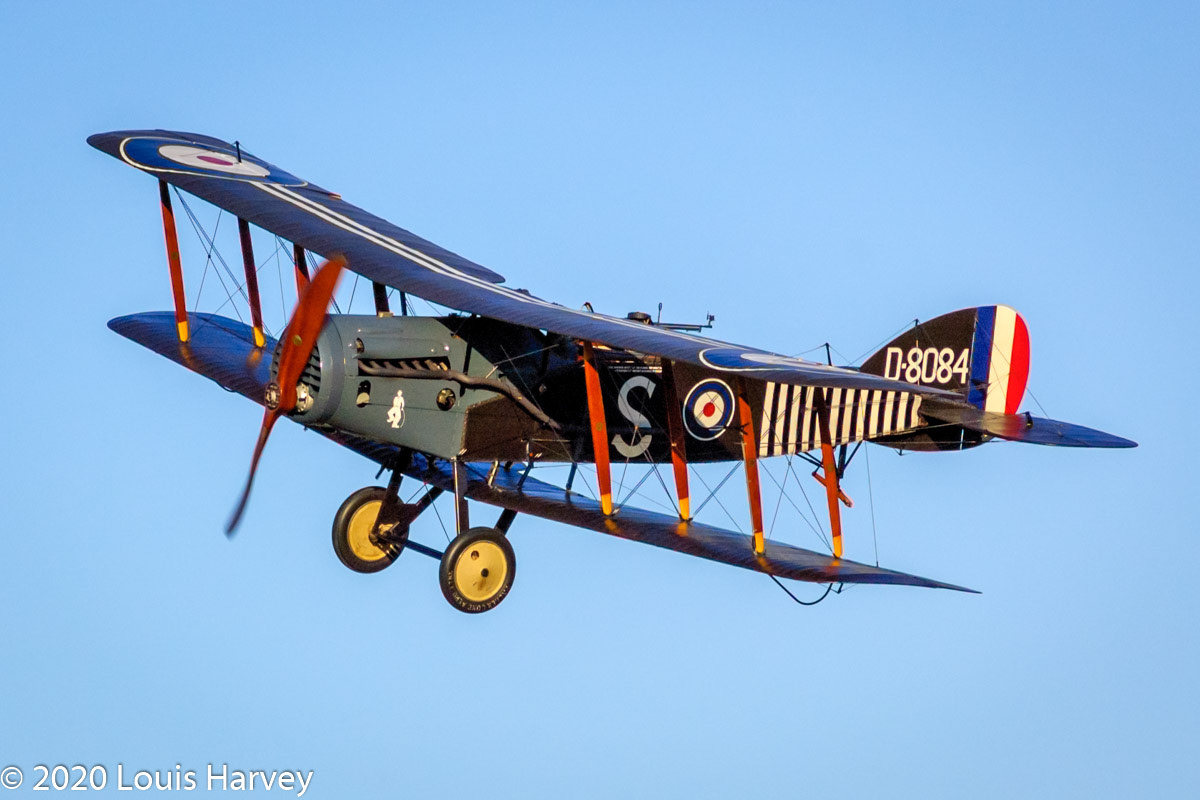
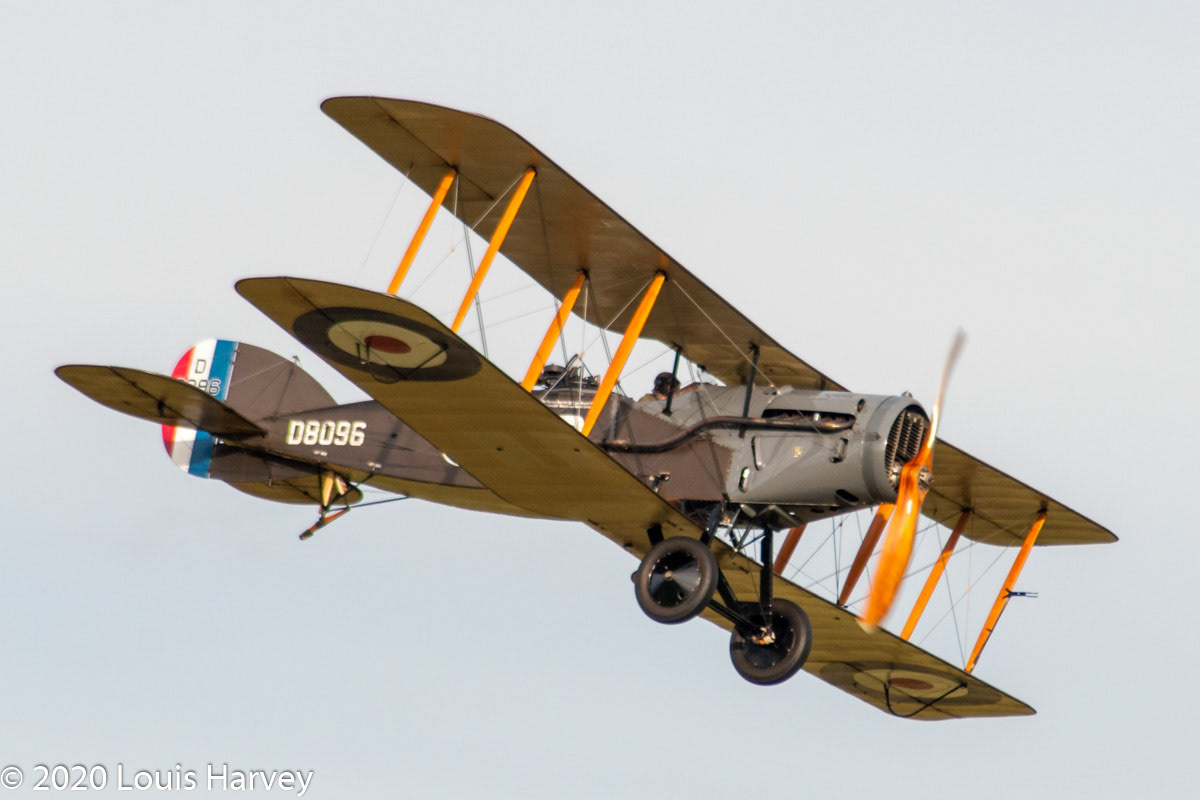


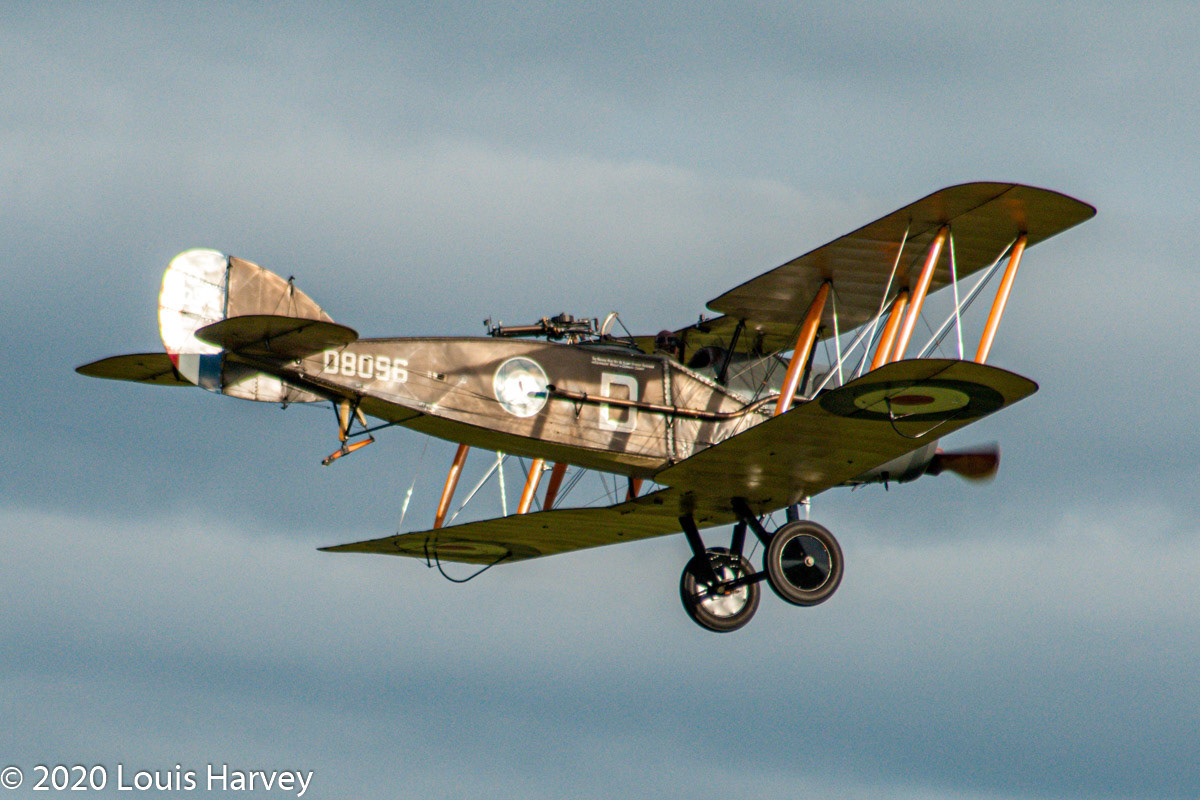
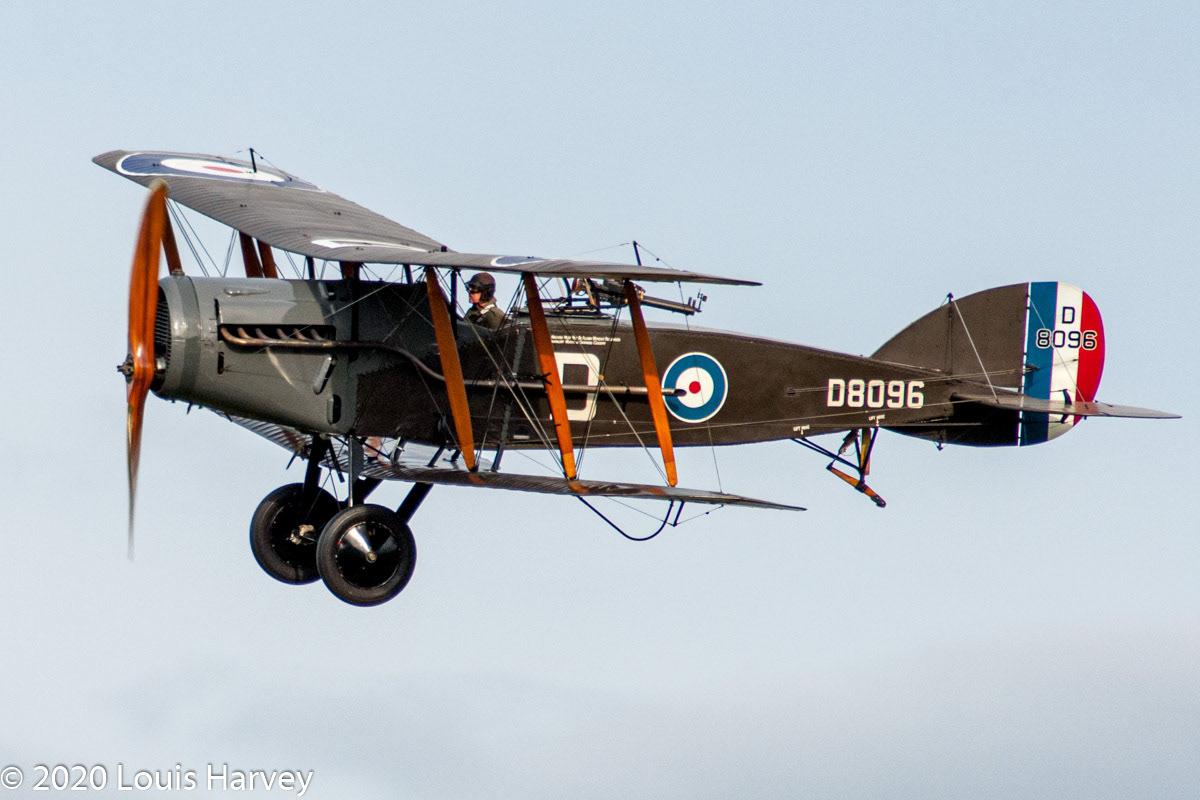

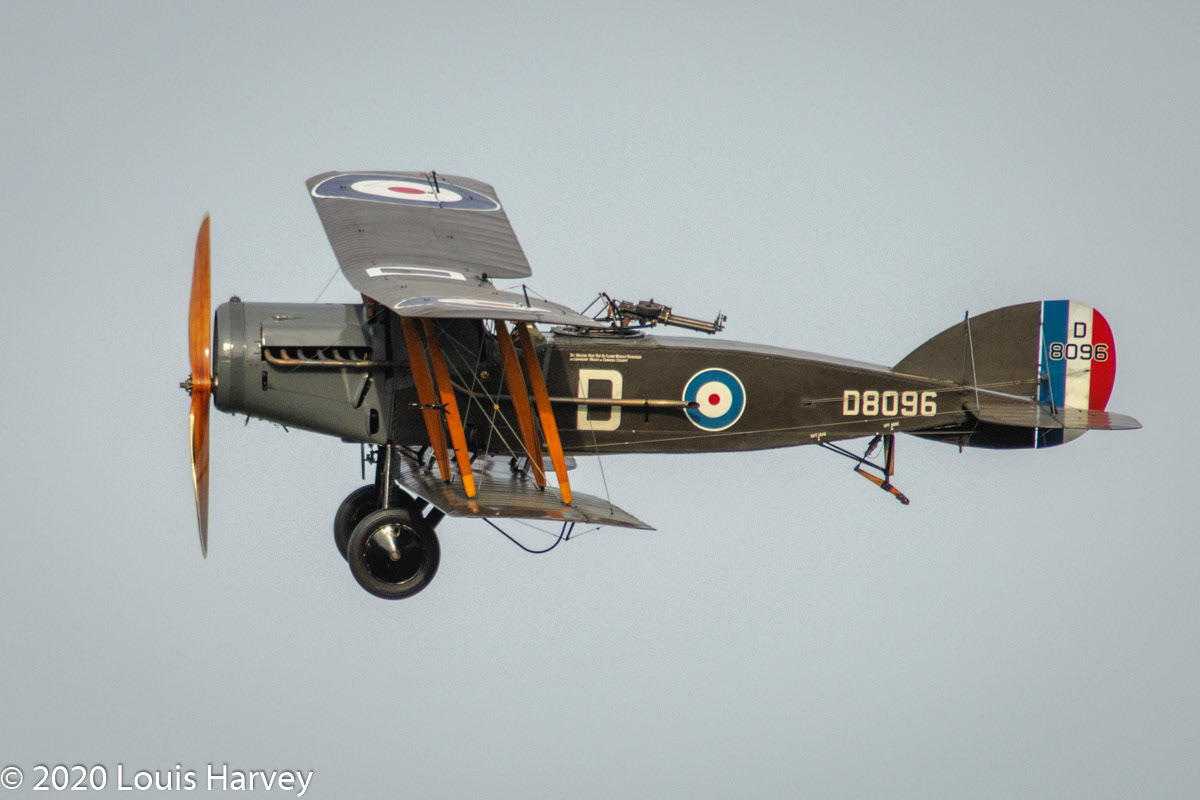
1952 de Havilland Canada DHC-1 Chipmunk
The de Havilland Canada DHC-1 Chipmunk is a tandem, two-seat, single-engined primary trainer aircraft designed and developed by Canadian aircraft manufacturer de Havilland Canada. It was developed shortly after the Second World War and sold in large numbers during the immediate post-war years, being typically employed as a replacement for the de Havilland Tiger Moth biplane.
1932 Comper C.L.A.7 Swift
The Comper C.L.A.7 Swift is a British 1930s single-seat sporting aircraft produced by Comper Aircraft Company Ltd of Hooton Park, Cheshire.
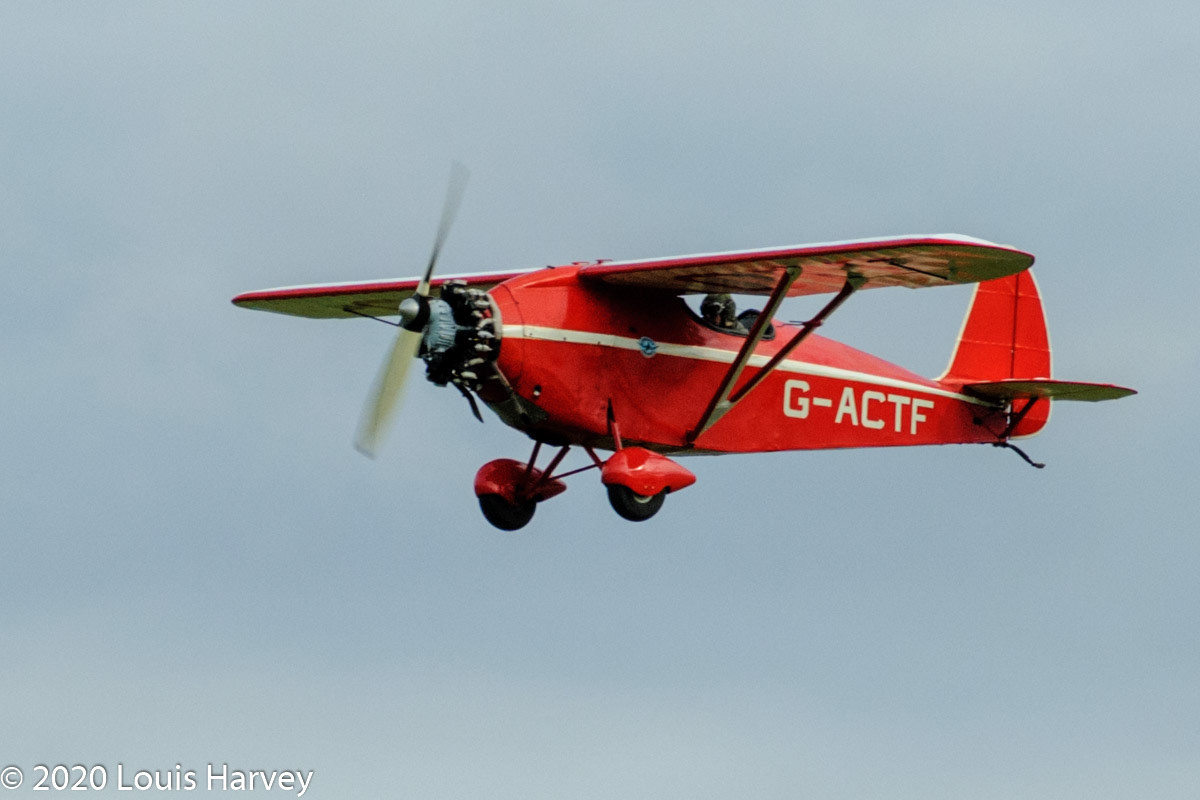
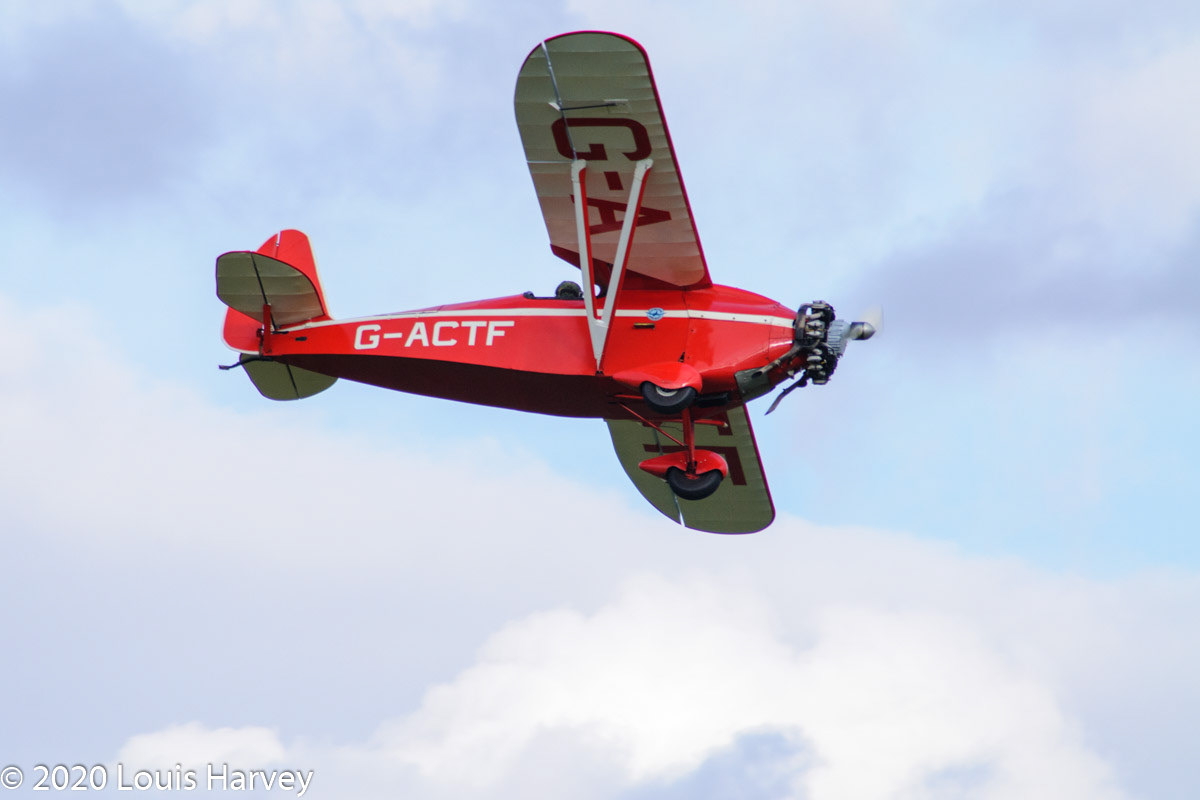

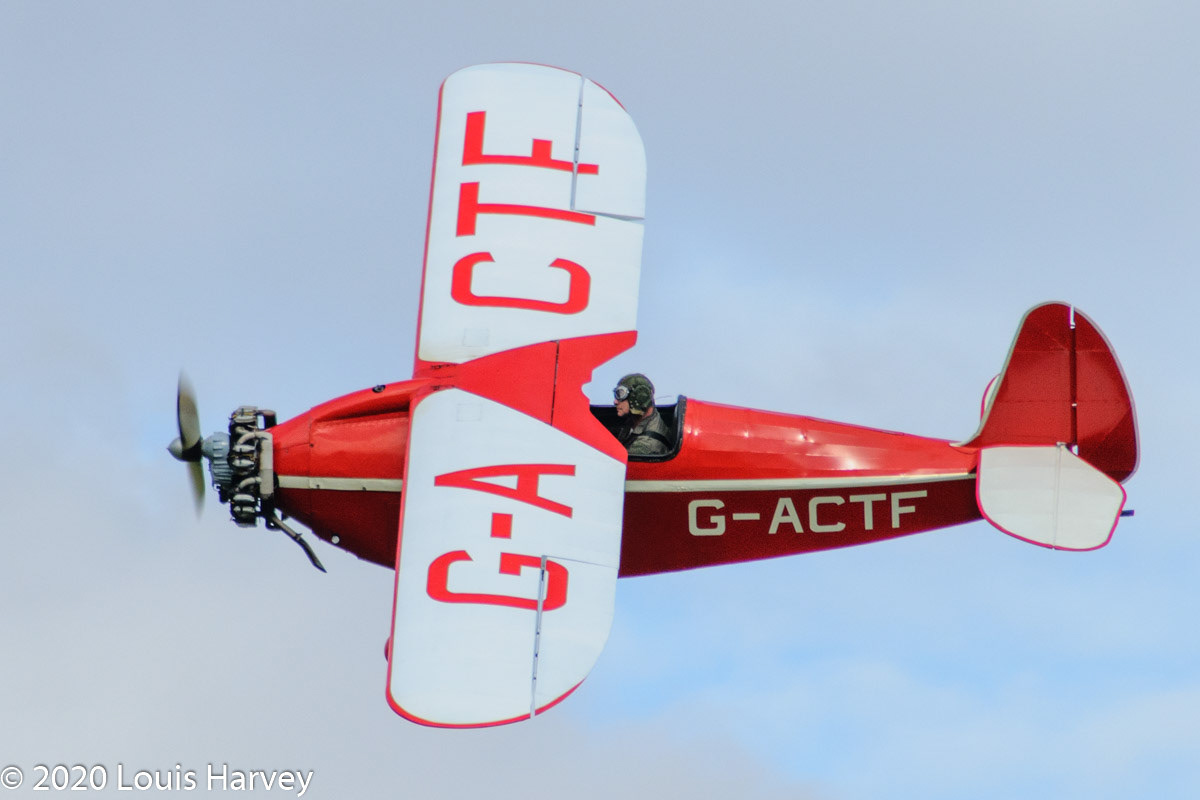
1925 De Havilland DH.51
The de Havilland DH.51 is a 1920s British three-seat touring biplane built by de Havilland at Stag Lane Aerodrome, Edgware. This is the only surviving example in the world, and the earliest aircraft built by de Havilland in flying condition.
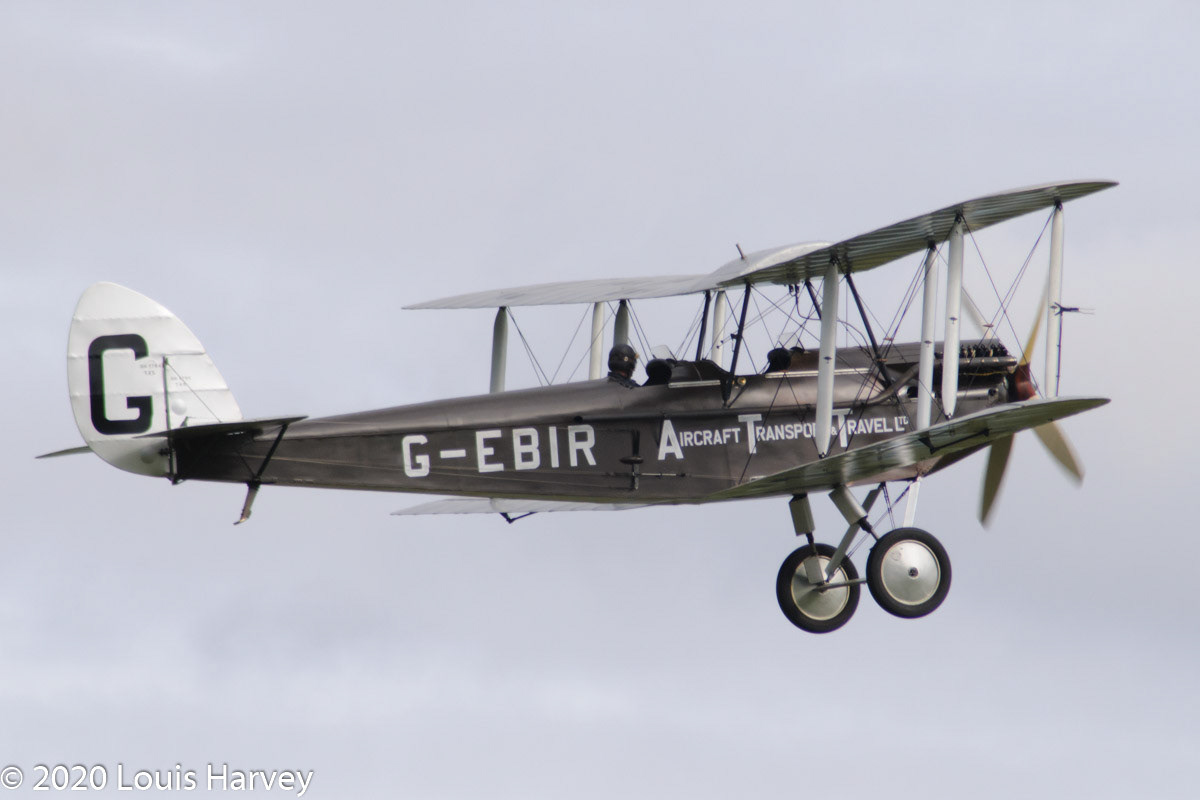

De Havilland 87B Hornet Moth and 89A Dragon Rapide
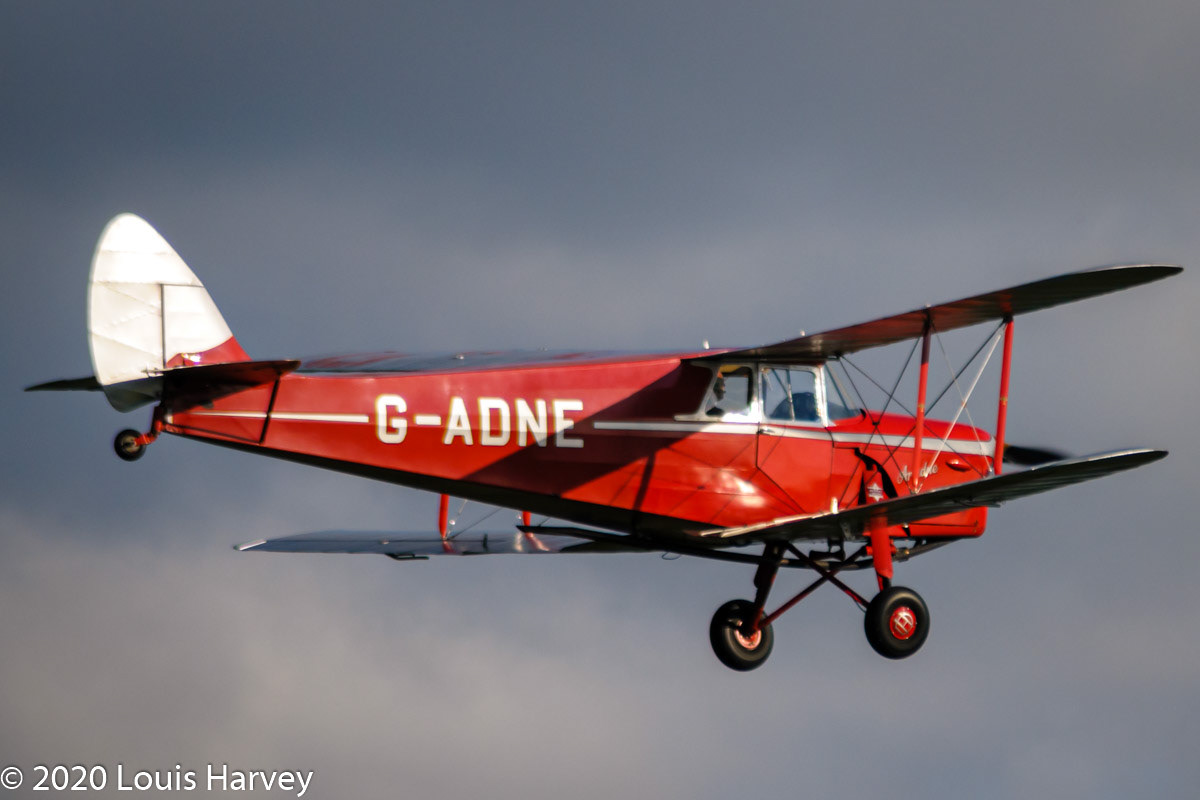
DH.87B Hornet Moth
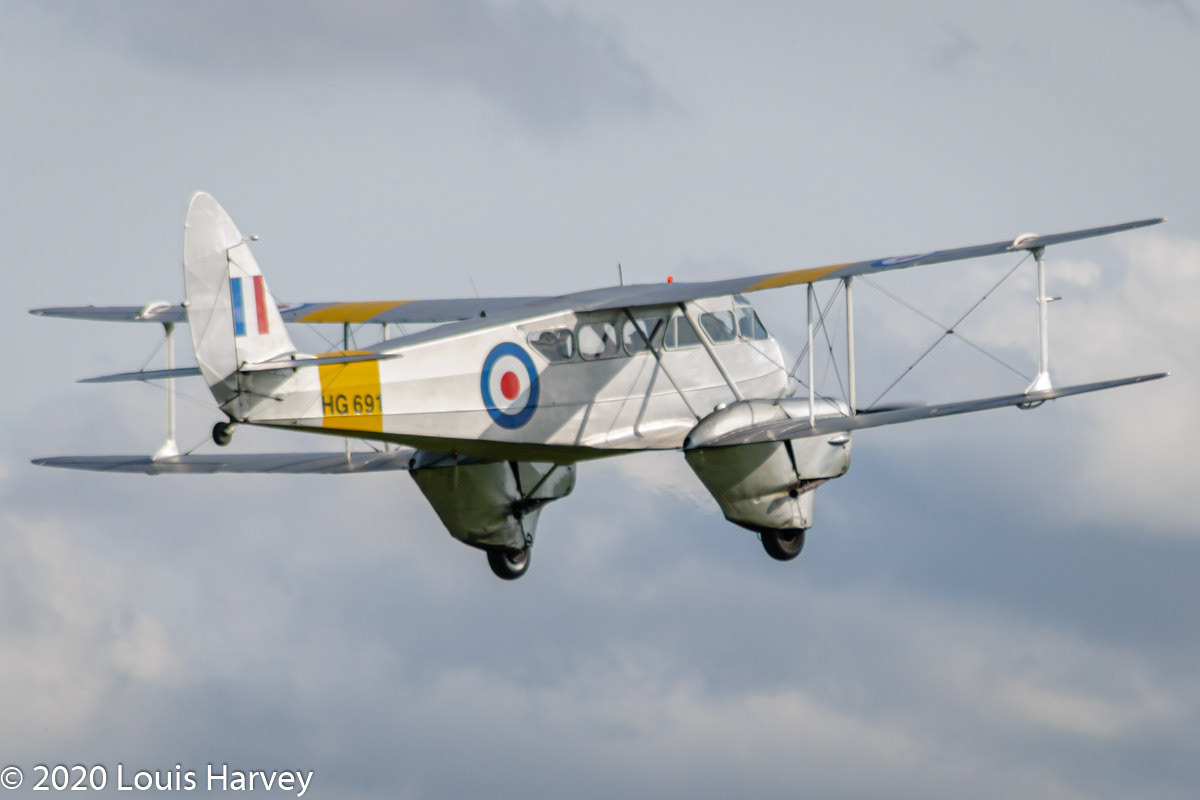
DH.89A Dragon Rapide
1942 De Havilland DH.82A Tiger Moth II
The de Havilland DH.82 Tiger Moth is a 1930s British biplane designed by Geoffrey de Havilland and built by the de Havilland Aircraft Company. It was operated by the Royal Air Force (RAF) and many other operators as a primary trainer aircraft. In addition to the type's principal use for ab-initio training, the Second World War saw RAF Tiger Moths operating in other capacities, including maritime surveillance and defensive anti-invasion preparations; some aircraft were even outfitted to function as armed light bombers. The best known of all training aircraft, more than 9,000 Tiger Moths were built.
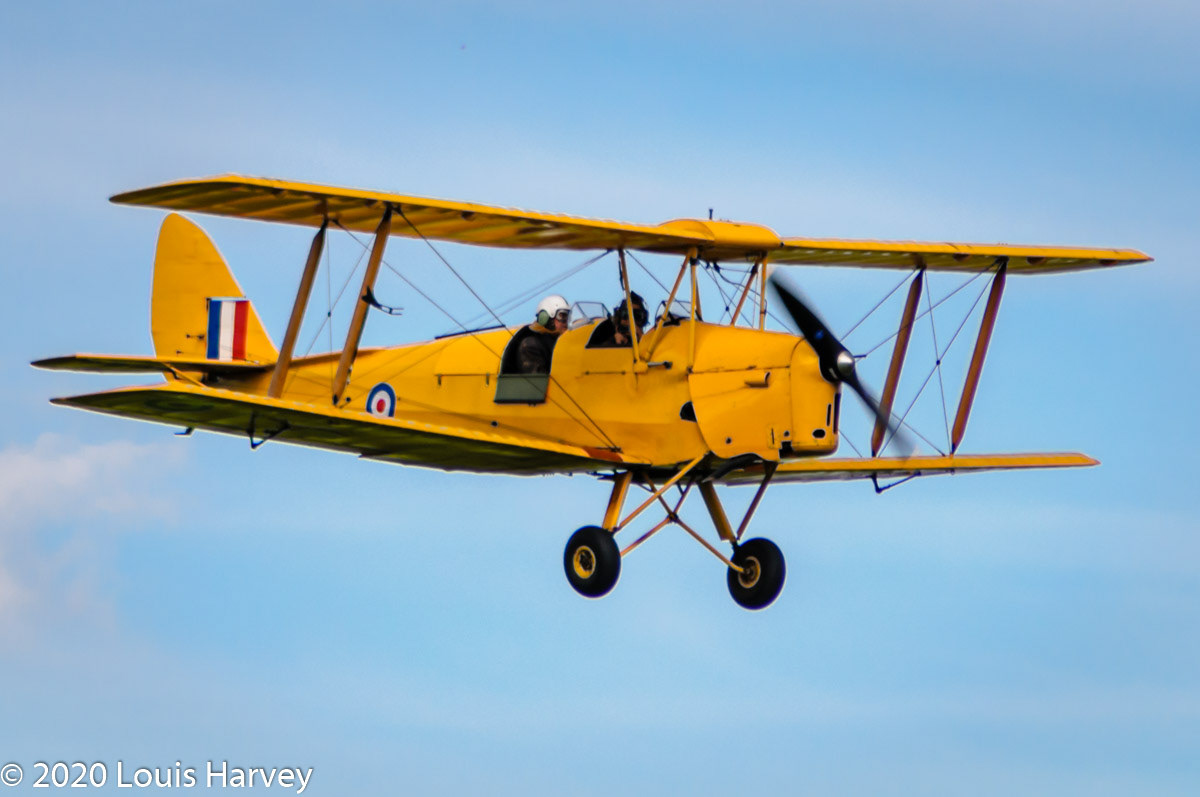
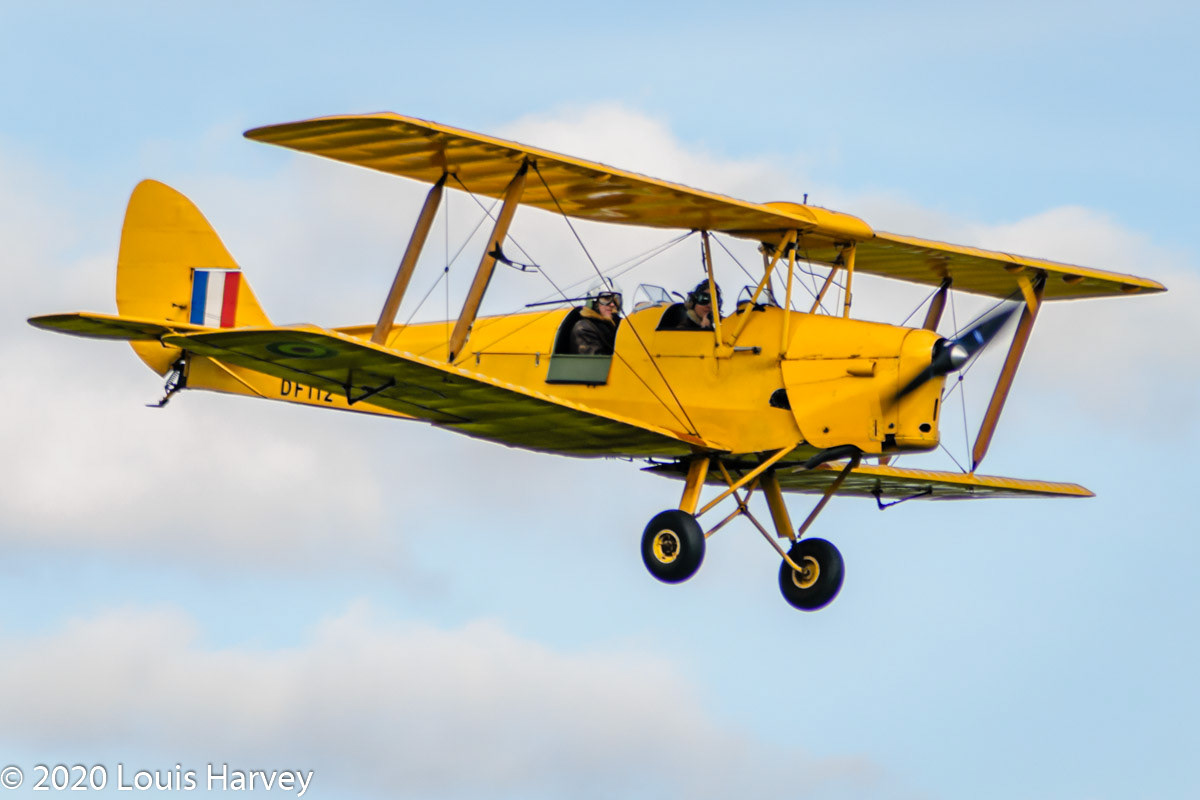
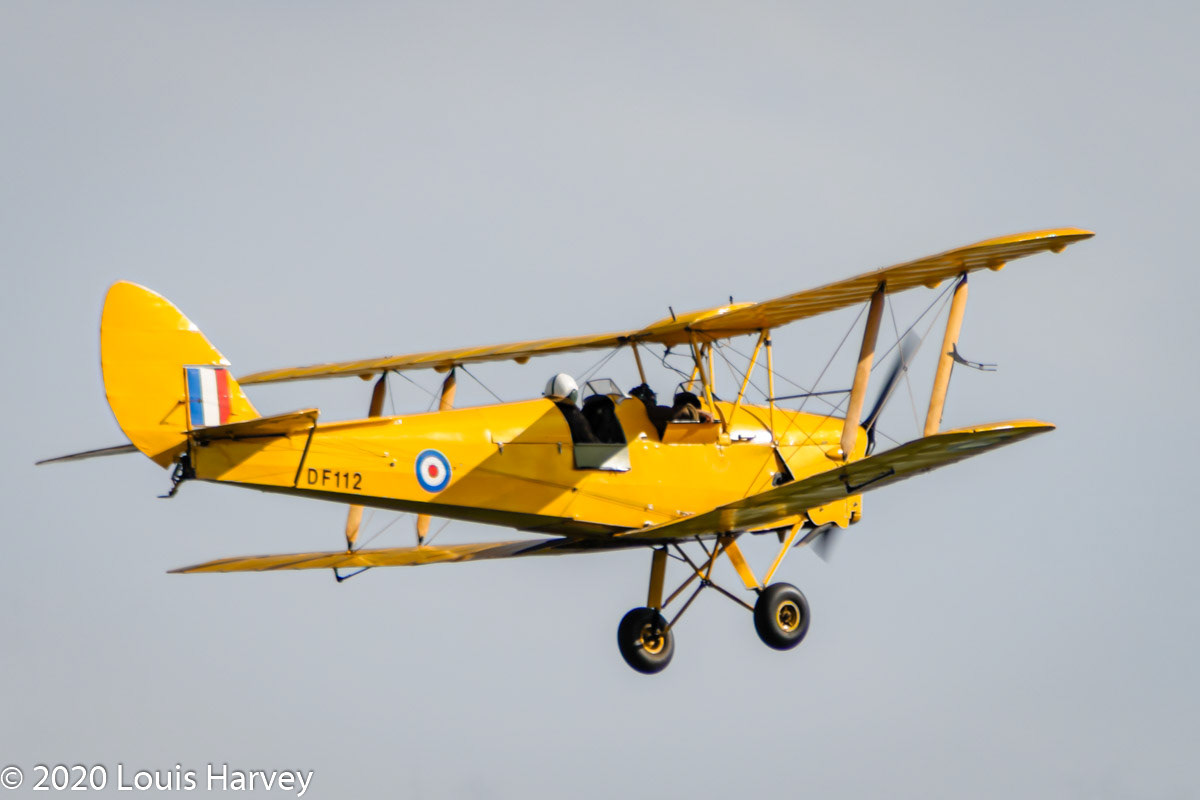
1931 Desoutter Mk.1
The Desoutter Aircraft Company was a British aircraft manufacturer based in Croydon. It was founded by Marcel Desoutter and produced aircraft during the late 1920s and the 1930s.
Desoutter Mk.1.
Fieseler Fi 156 Storch
The Fieseler Fi 156 Storch (English: Stork) was a small German liaison aircraft built by Fieseler before and during World War II. Production continued in other countries into the 1950s for the private market. It remains famous for its excellent STOL performance and low stall speed of 31 mph (50 km/h). French-built later variants often appear at air shows.
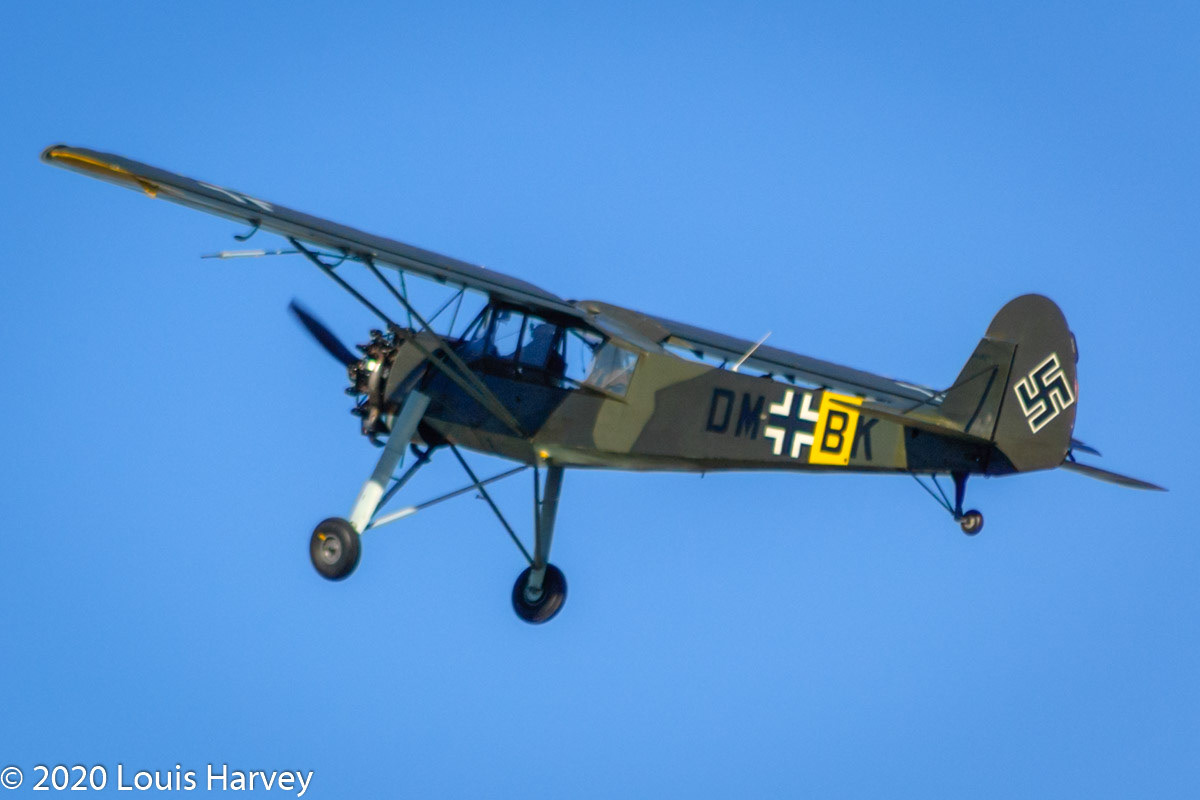
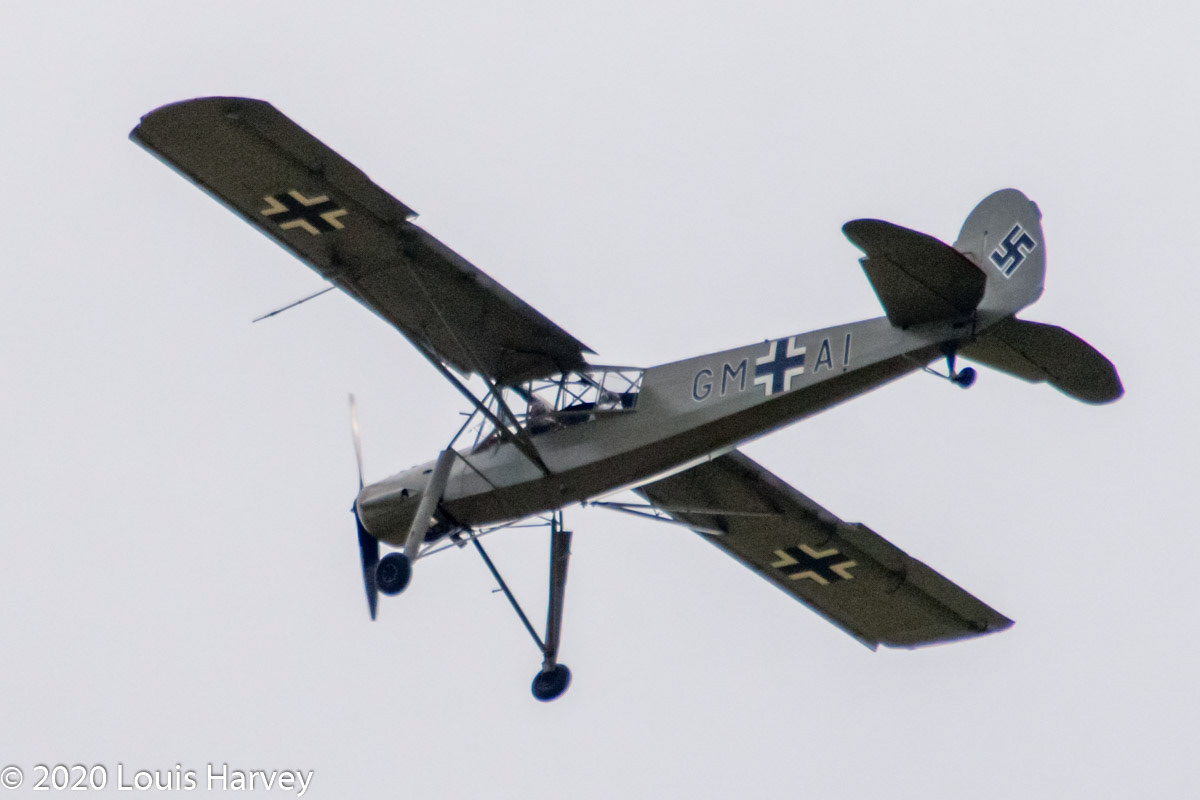
Shuttleworth Fly Pasts

Desoutter Mk.1; Parnall Elf; DH.51
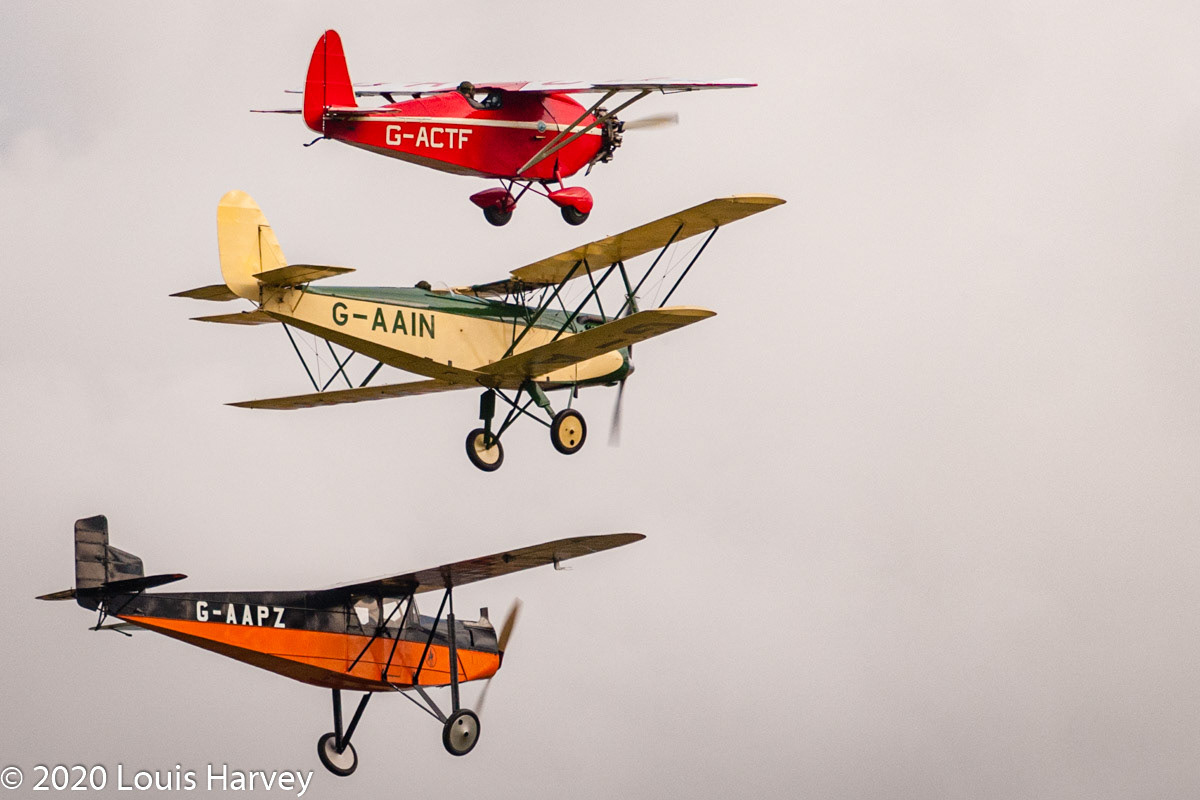
Comper Swift; Parnall Elf; Desoutter Mk.1
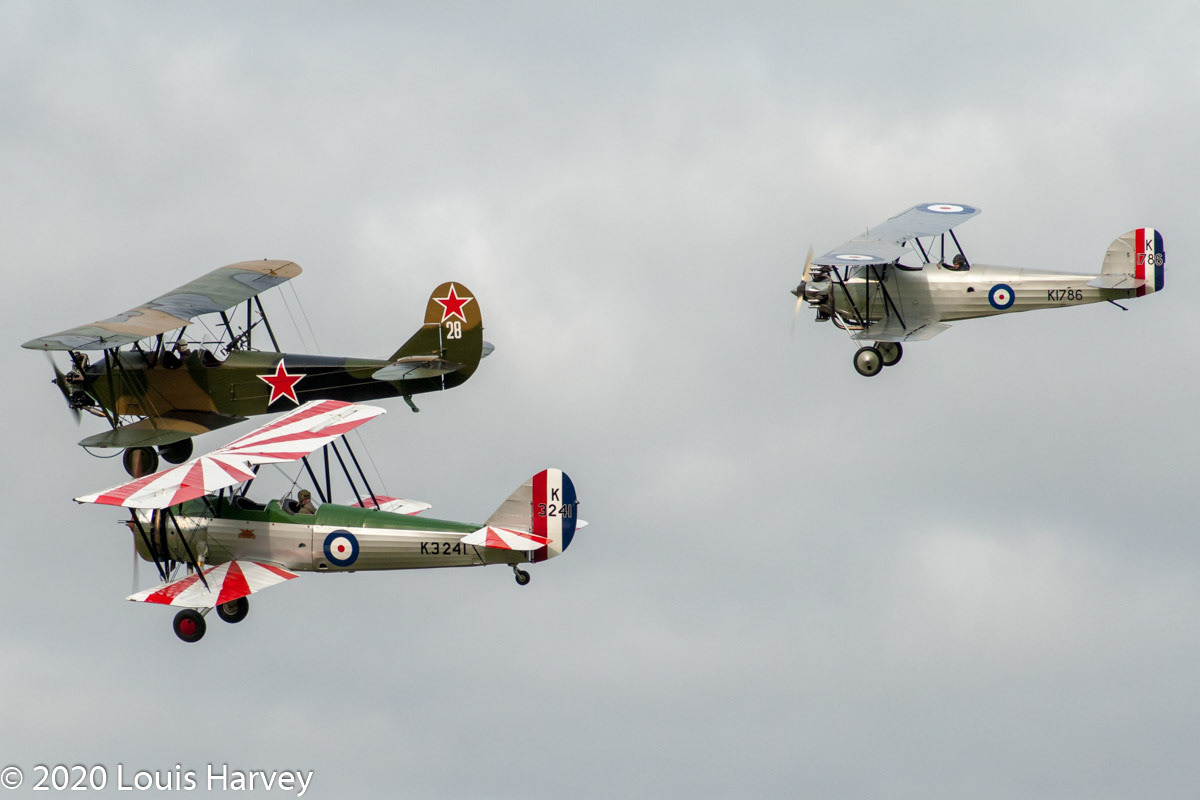
Avro 621 Tutor; Polikarpov PO2; Hawker Tomtit
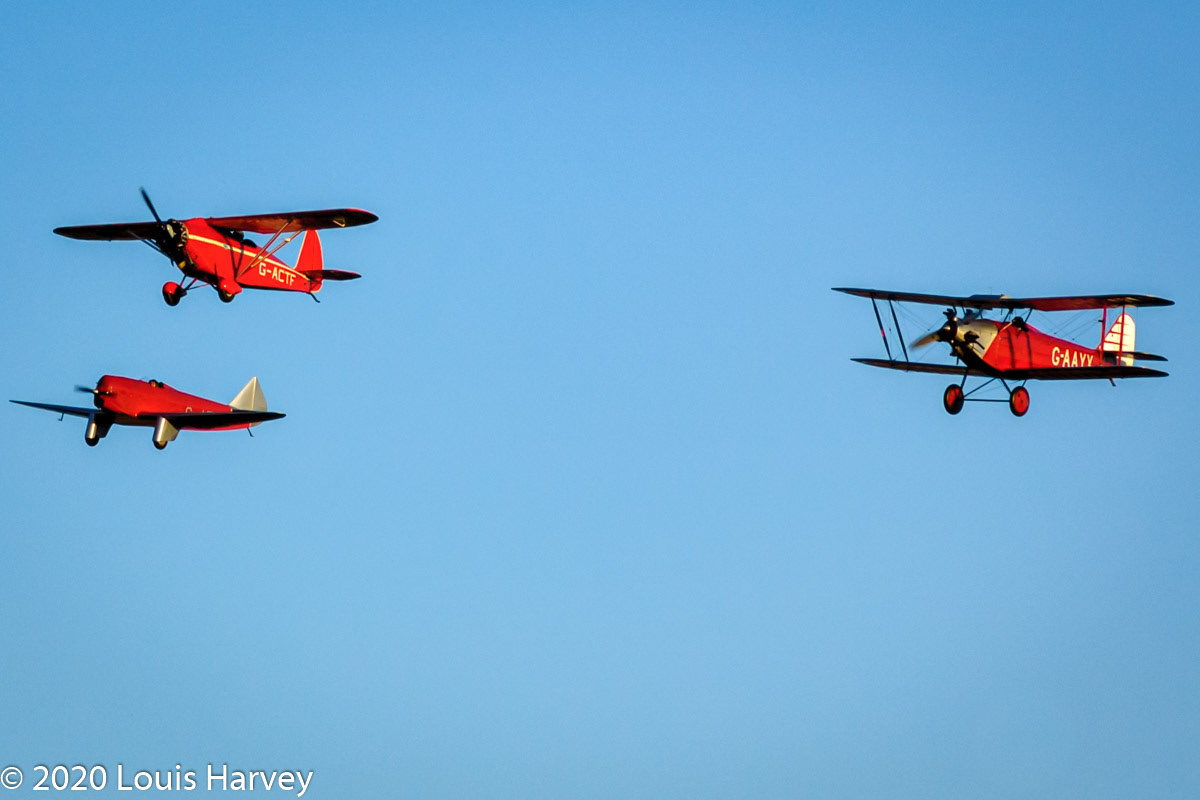
Comper Swift; Parnall Elf; Southern Martlett

Bristol F2B Fighters in Formation

Bristol F2B Fighters in Formation
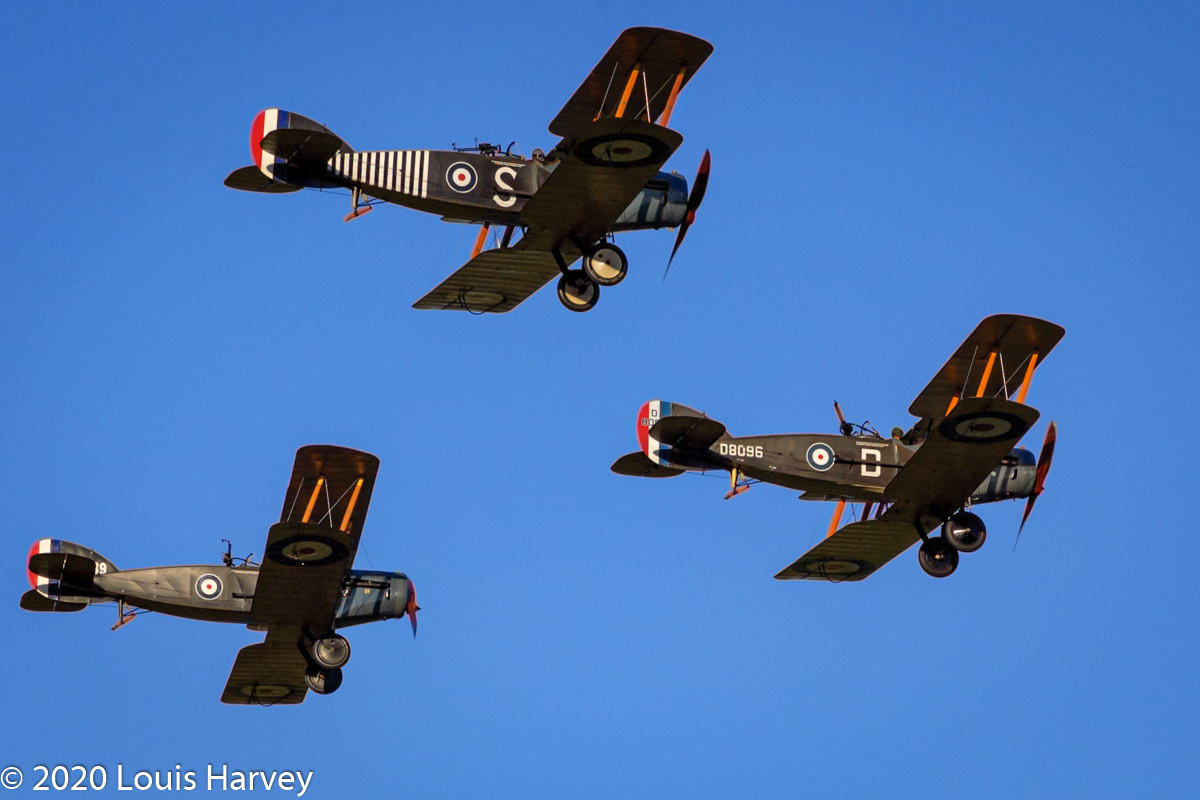
Bristol F2B Fighters in Formation
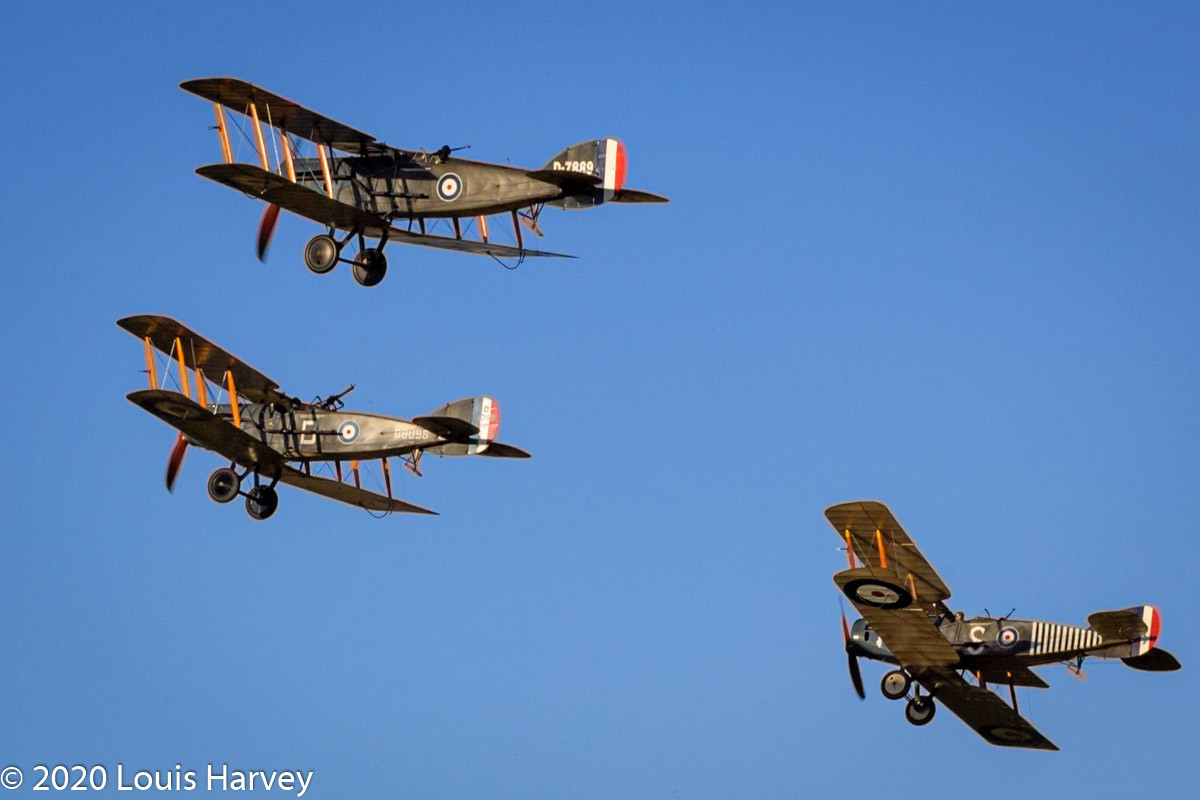
Bristol F2B Fighters in Formation
1942 North American AT-6D Harvard lll Trainer
The North American Aviation T-6 Texan is an American single-engined advanced trainer aircraft used to train pilots of the United States Army Air Forces (USAAF), United States Navy, Royal Air Force, and other air forces of the British Commonwealth during World War II and into the 1970s. Designed by North American Aviation, the T-6 is known by a variety of designations depending on the model and operating air force.
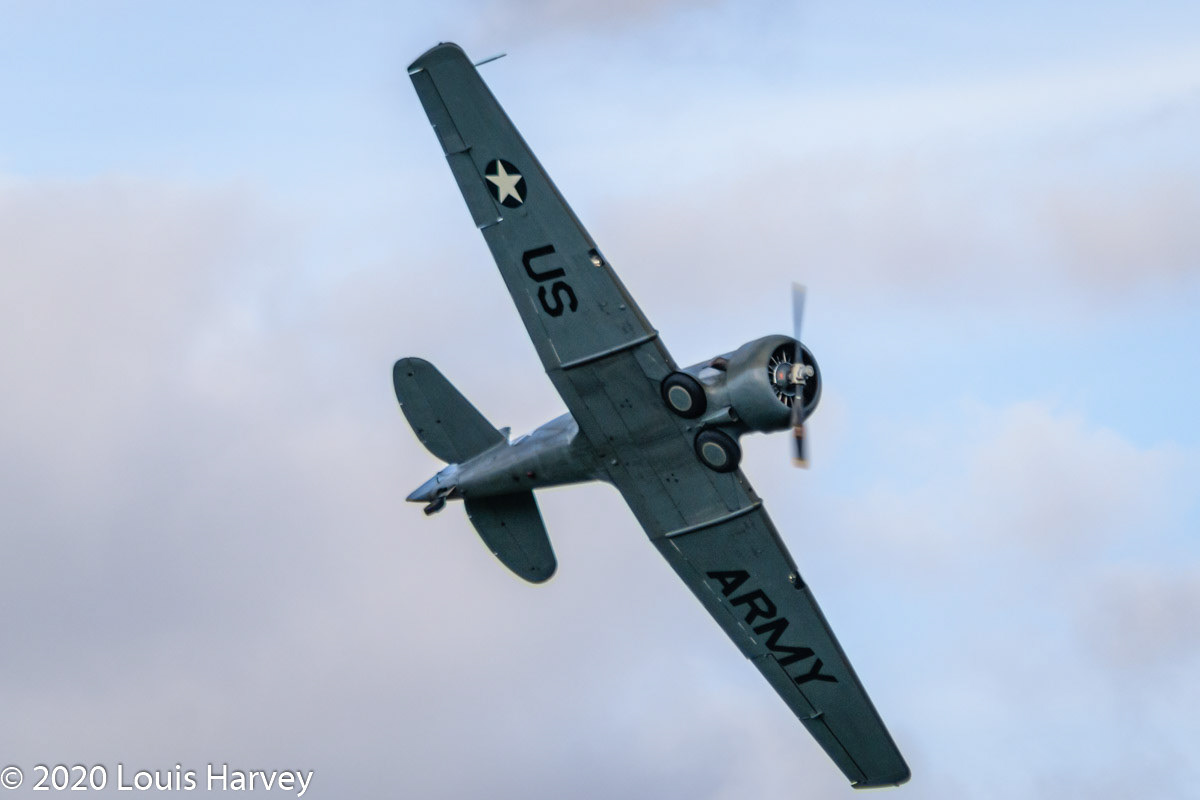

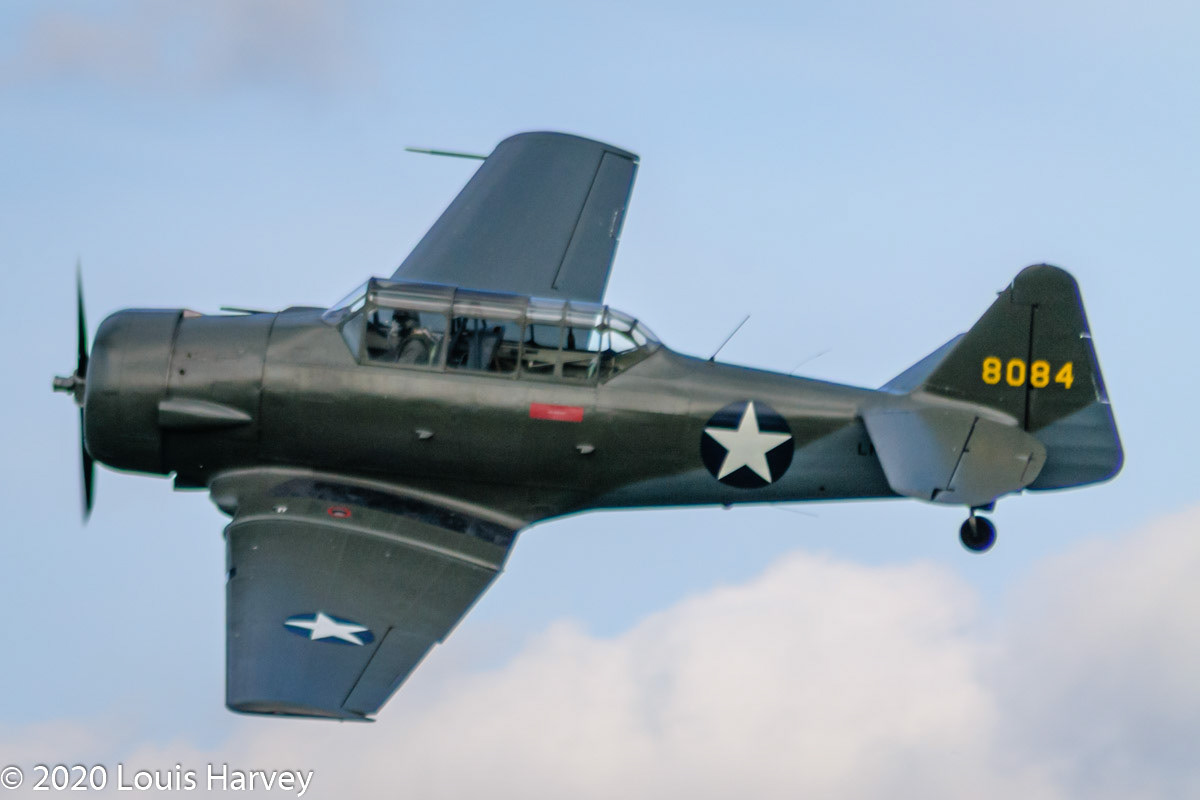

1938 Gloster Gladiator l
The Gladiator was the last British biplane fighter to be manufactured, and the first to feature an enclosed cockpit. It possessed a top speed of about 257 mph (414 km/h; 223 kn) yet, even as the Gladiator was introduced, it was already being eclipsed by new-generation monoplane fighters, such as the RAF Hawker Hurricane and Supermarine Spitfire, and the Luftwaffe Messerschmitt Bf 109. A total of 747 aircraft were built (483 RAF, 98 RN), 216 being exported to 13 countries, some of which were from the total allotted to the RAF. Gladiators were sold to Belgium, China, Egypt, Finland, Free France, Greece, Iraq, Ireland, Latvia, Lithuania, Norway, Portugal, South Africa and Sweden.
Images below taken in 2006 when the Gloster Gladiator was painted in Norwegian colours for filming
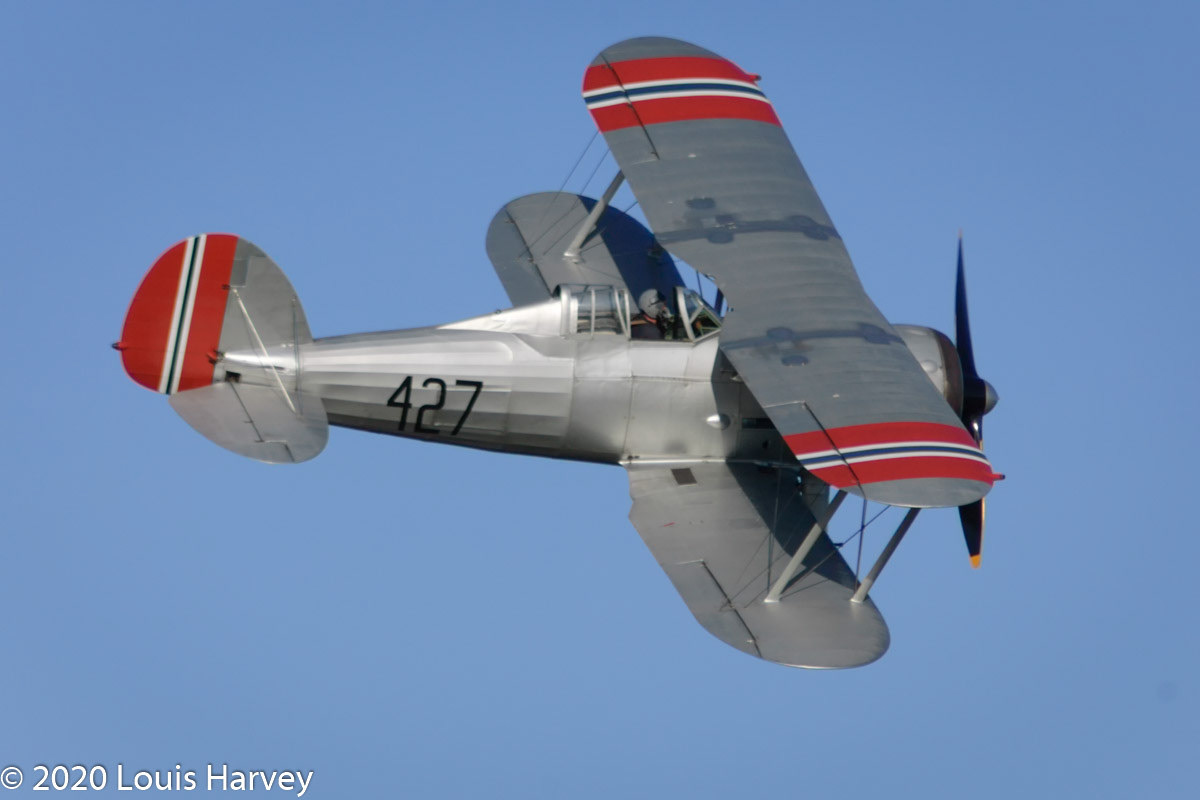
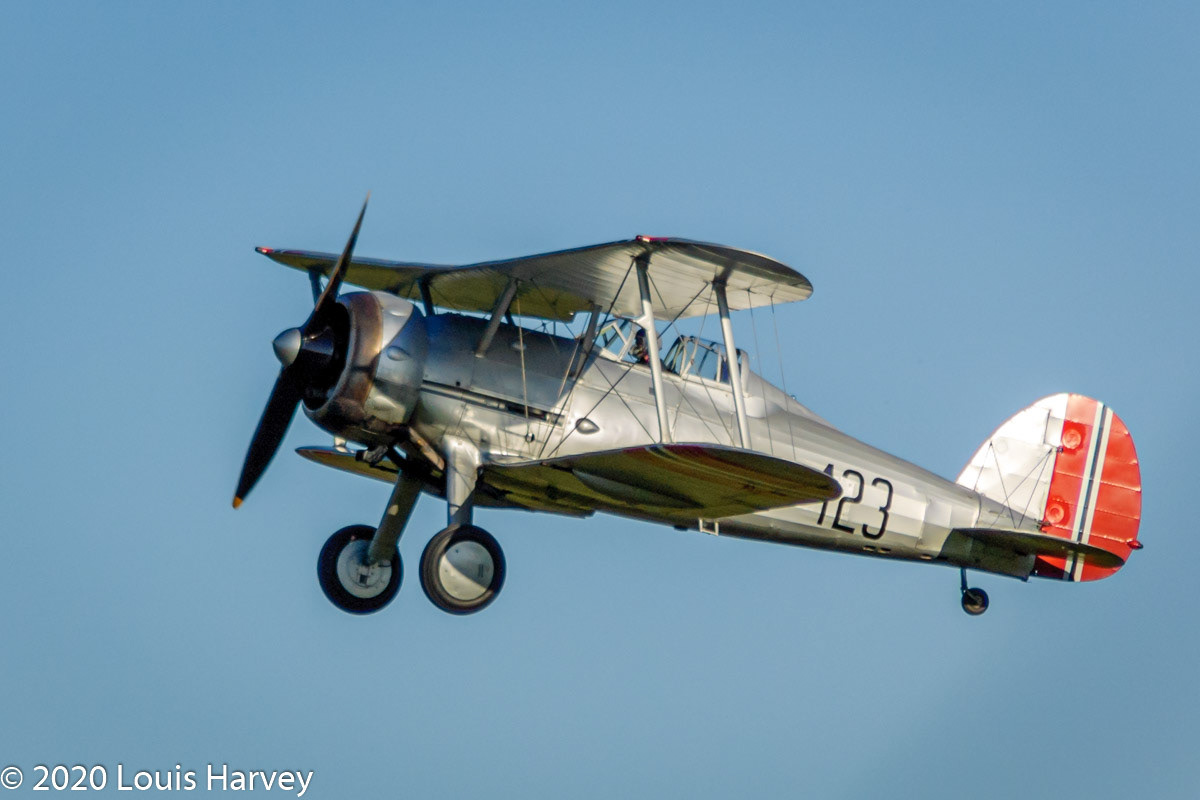
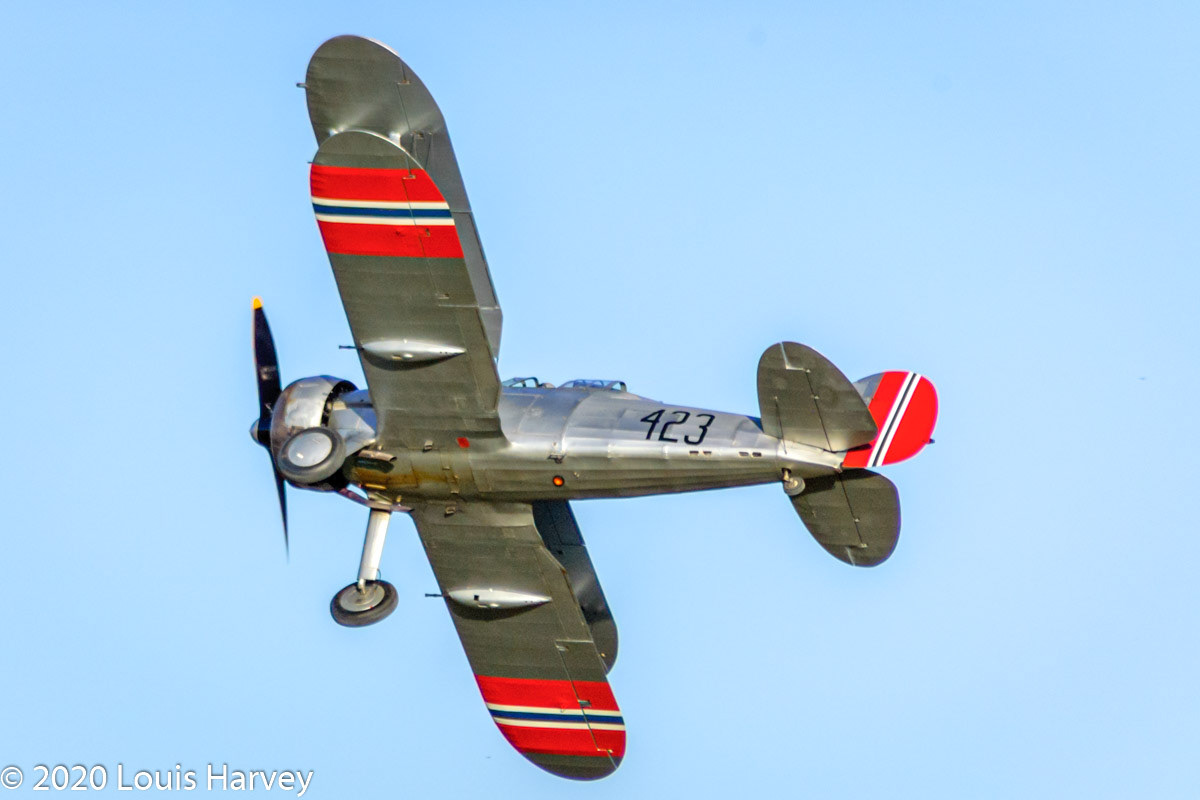
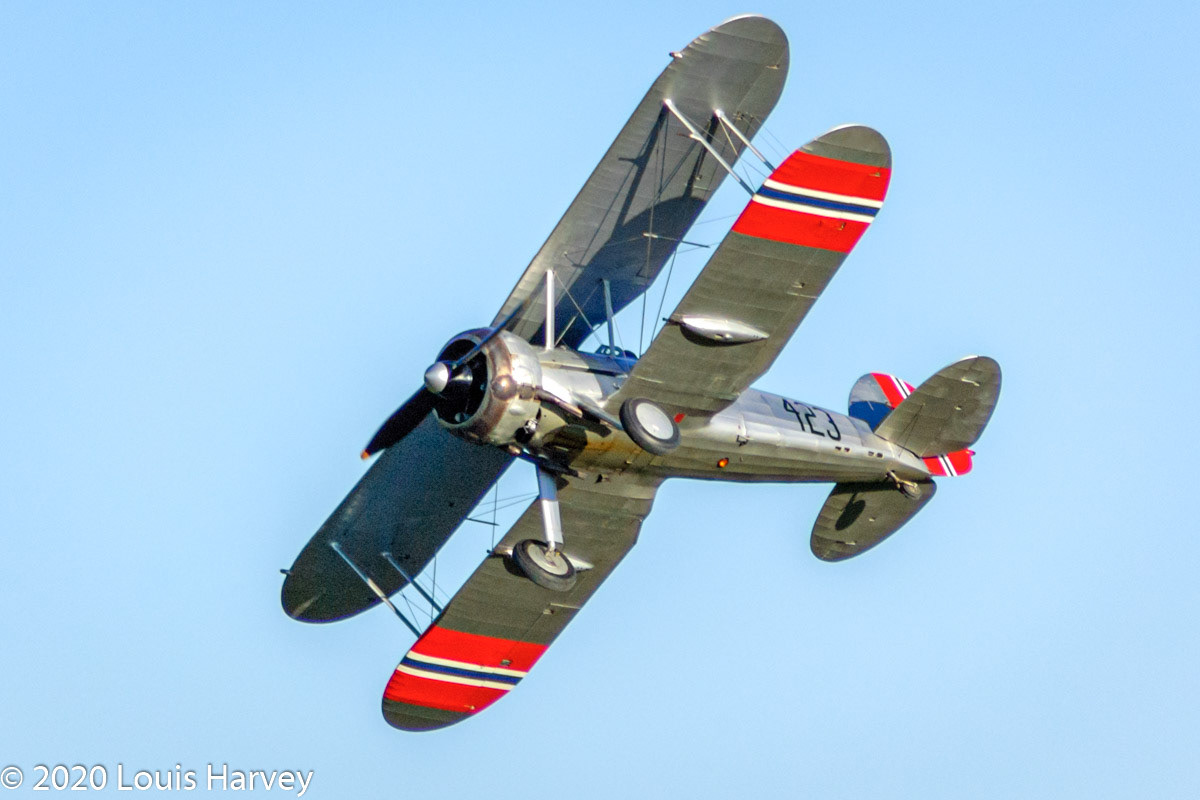


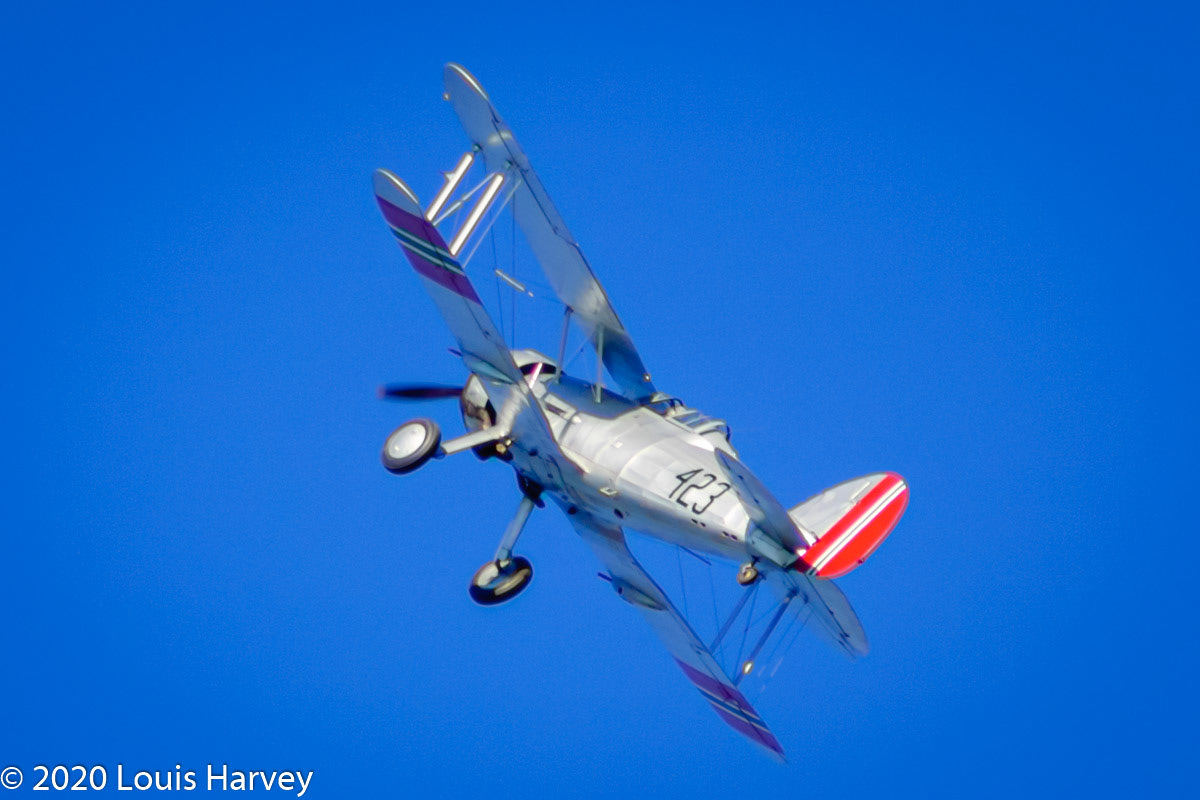
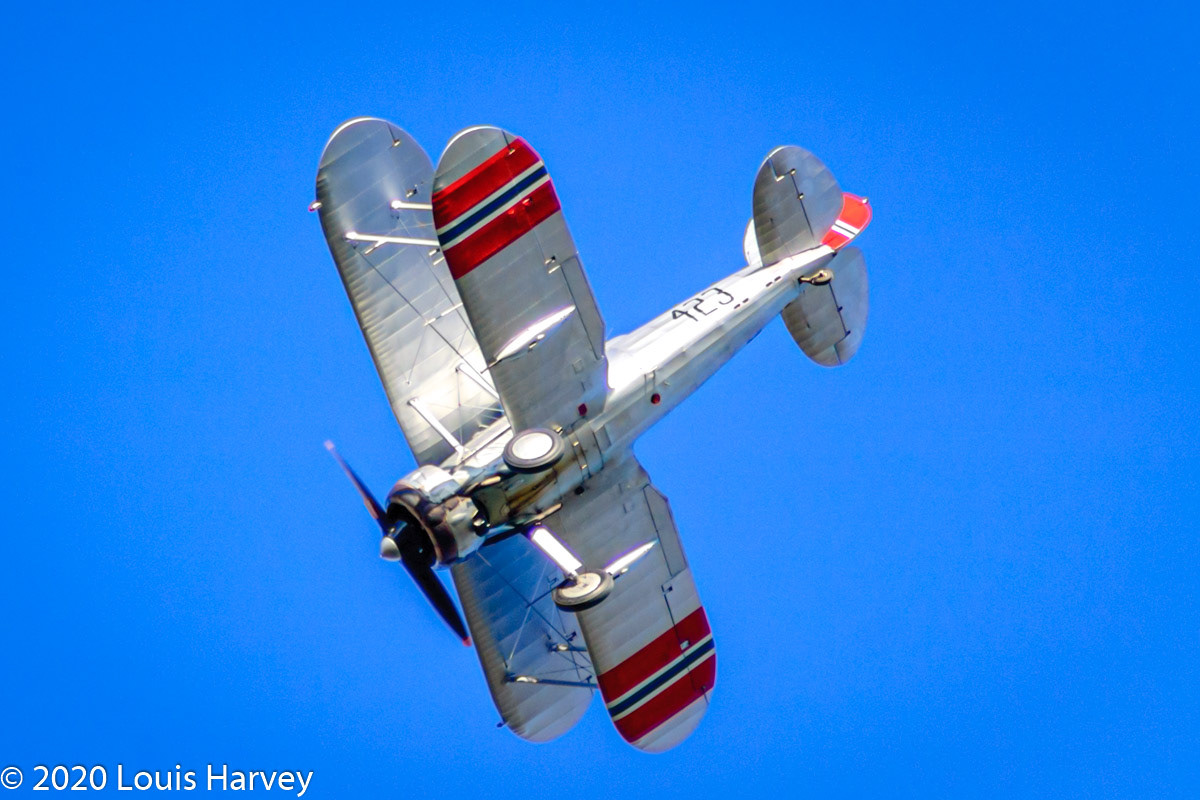


Images below taken in 2009 and 2011 of the aircraft repainted as K7985 of 73 Squadron RAF, the aircraft flown by the WWII Ace ‘Cobber’ Kain at the 1937 Hendon Air Pageant.

1938 Gloster Gladiator I
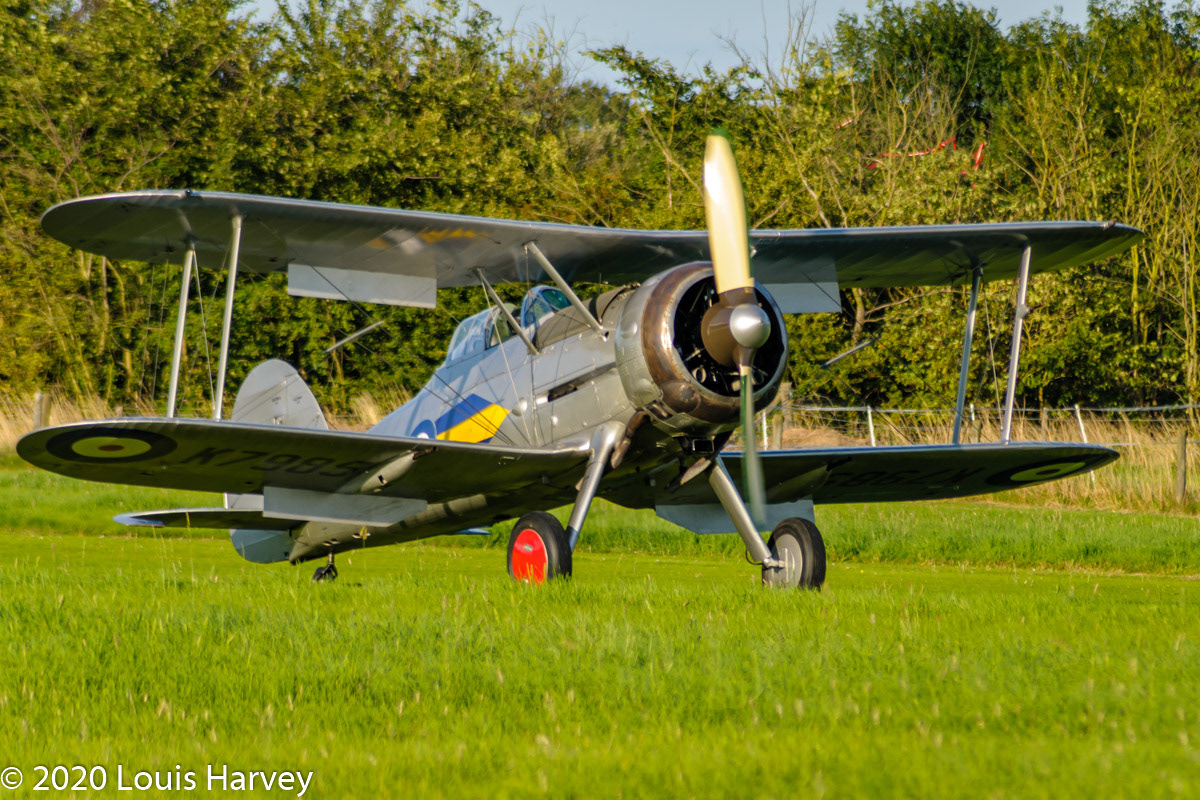
1938 Gloster Gladiator I

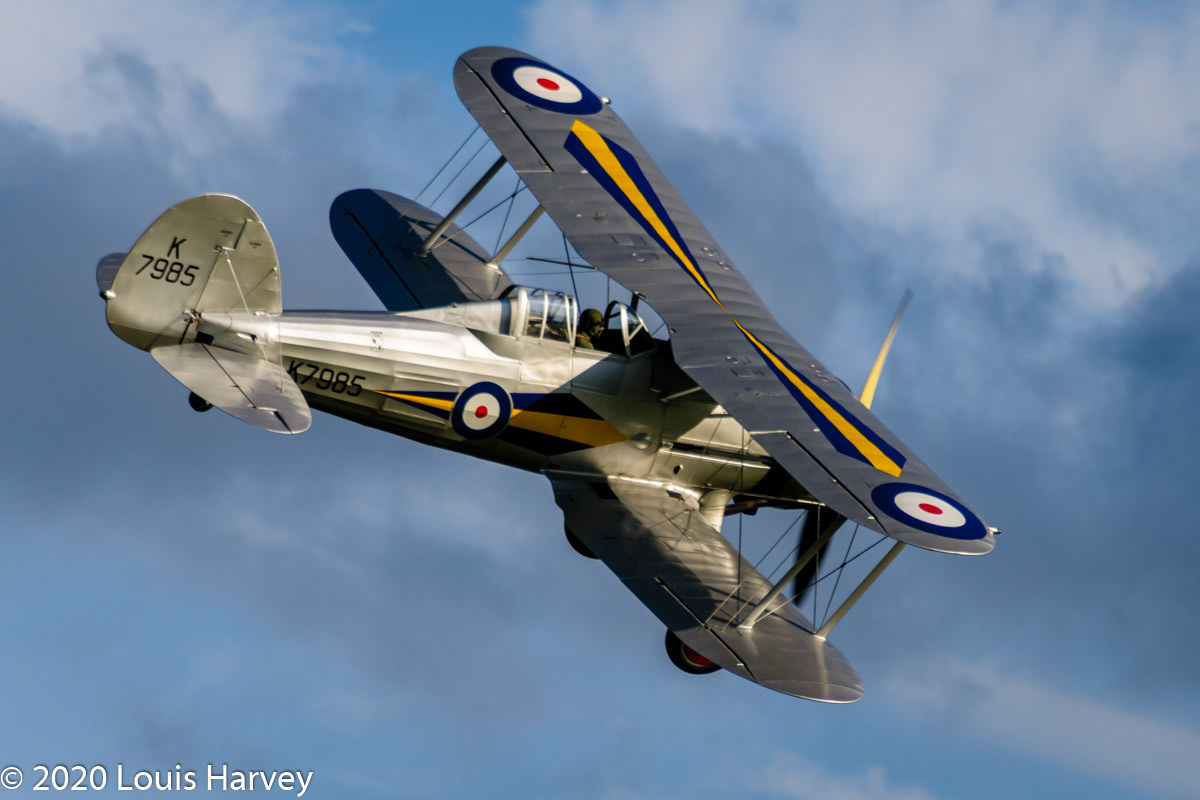
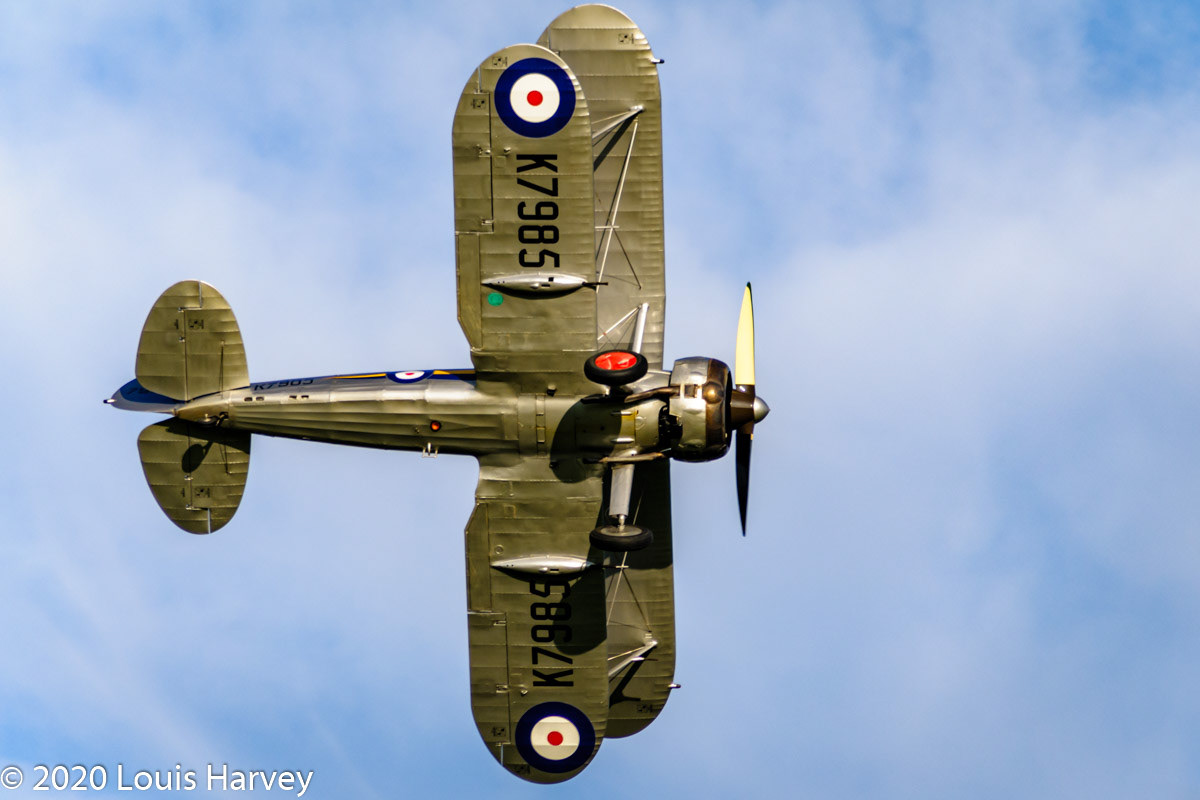
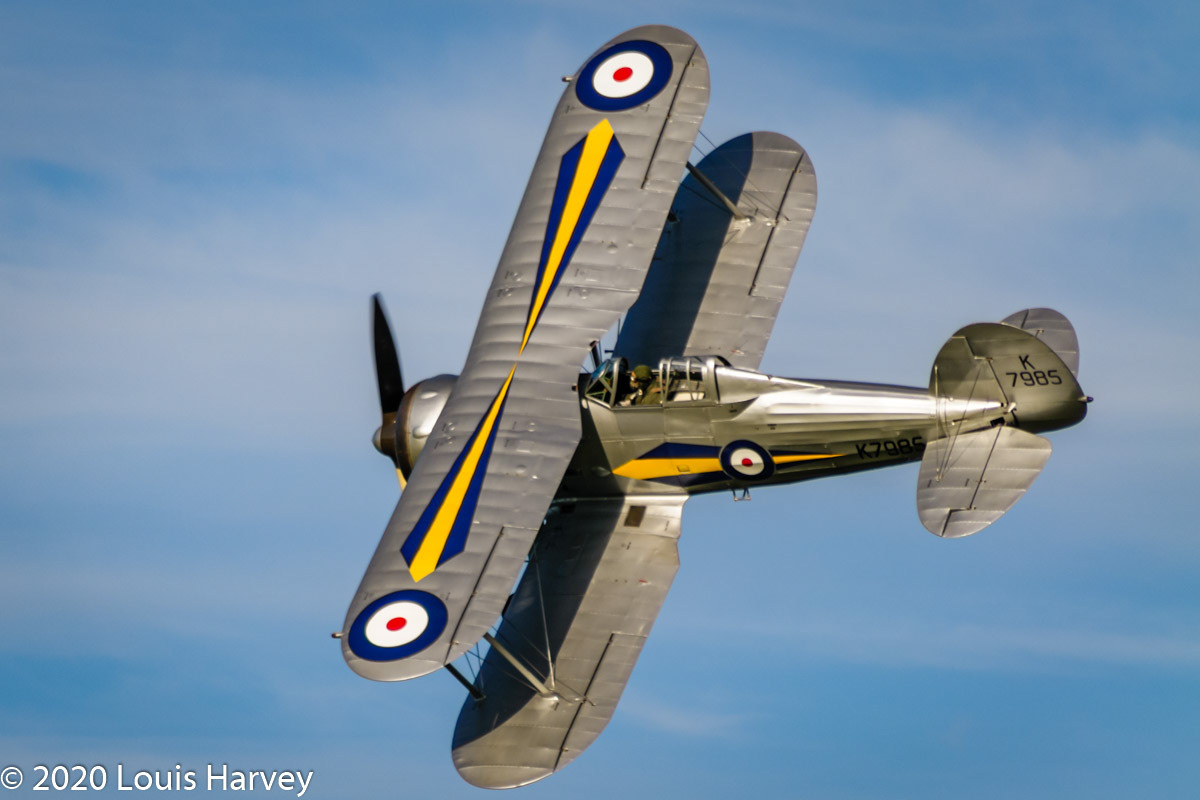
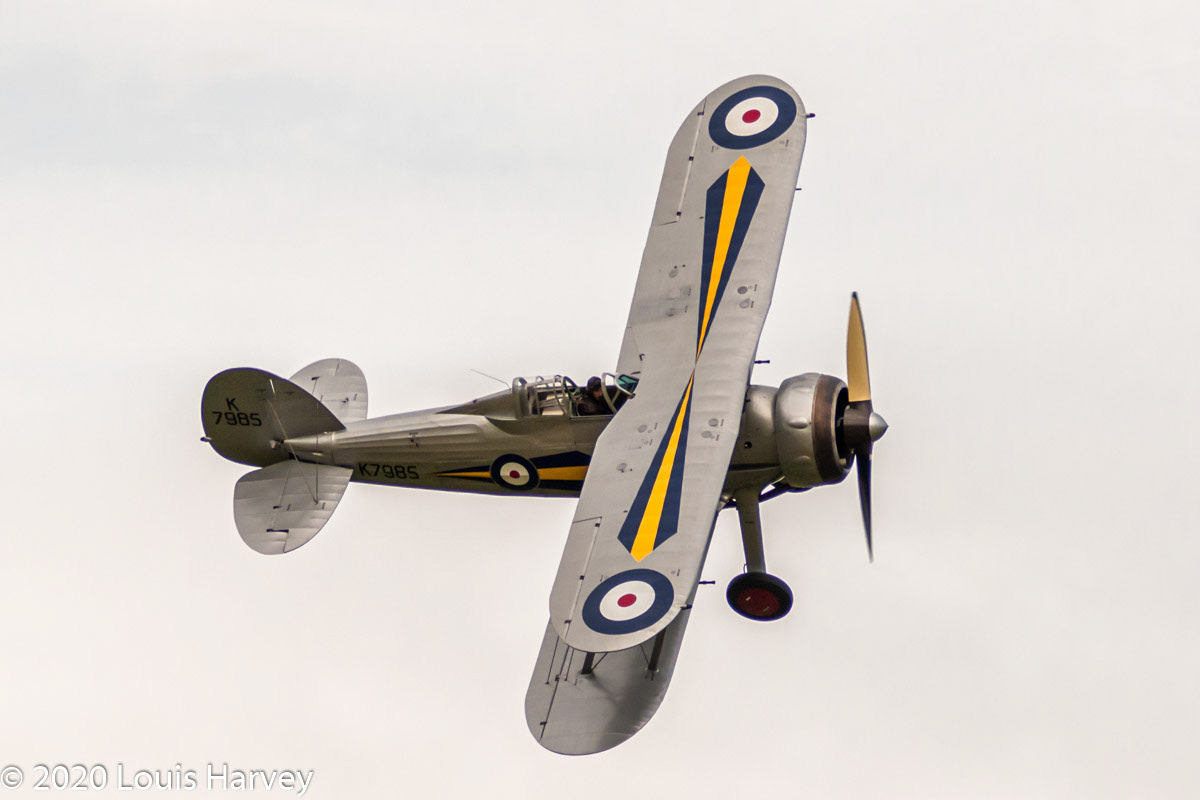

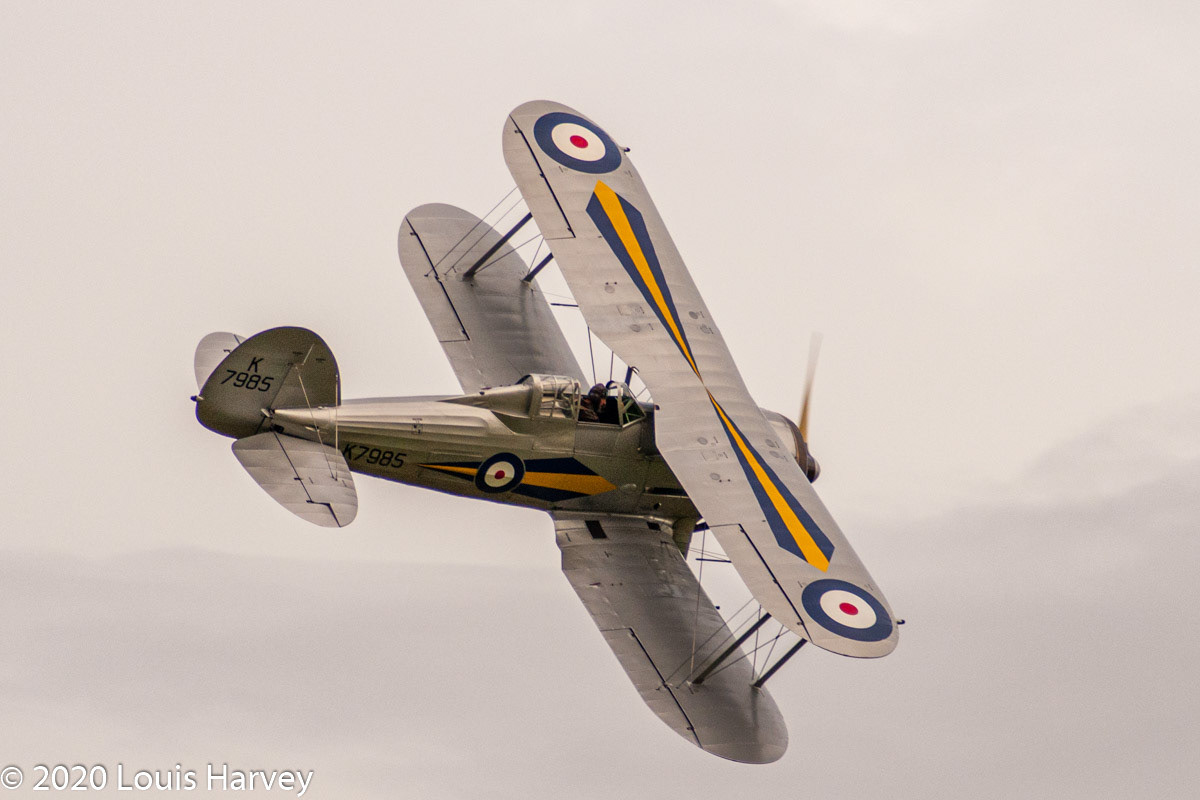
Fly Past 1934 Hawker Hind Accompanied by a 1940 Hawker Sea Hurricane 1b

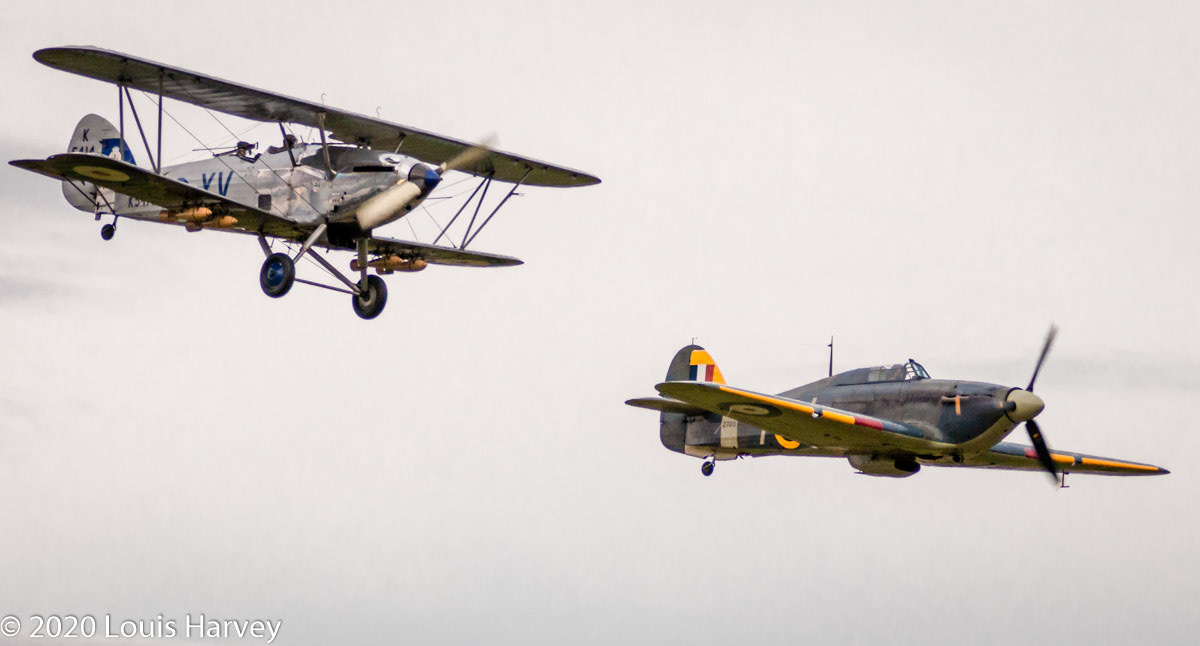
1937 Hawker Demon
The Hawker Demon was a fighter variant of the Hawker Hart light bomber.
When a fighter version of the Hart was suggested, the Air Ministry selected the type as an interim fighter until higher-performance fighters could be bought in larger numbers. The new fighter variant added a second Vickers machine gun, while the coaming of the rear cockpit was angled to give a better field of fire, and a supercharged Kestrel IS engine was fitted. Evaluation of an initial batch of six aircraft, known as Hart Fighters by one flight of 23 Squadron during 1931 was successful, and larger orders followed for the fighter Hart, now known as the Hawker Demon.The Demon's first flight was on 10 February 1933.
305 Hawker Demons were built, including 232 for the RAF. The Demon was powered by varying versions of the Kestrel engine. It had an armament of a single rear .303 in (7.7 mm) Lewis Gun with two fixed .303 in (7.7 mm) Vickers machine guns in the nose. Many were fitted with a hydraulically-powered turret in the rear gunner's position, which had been tested on the Hawker Hart.
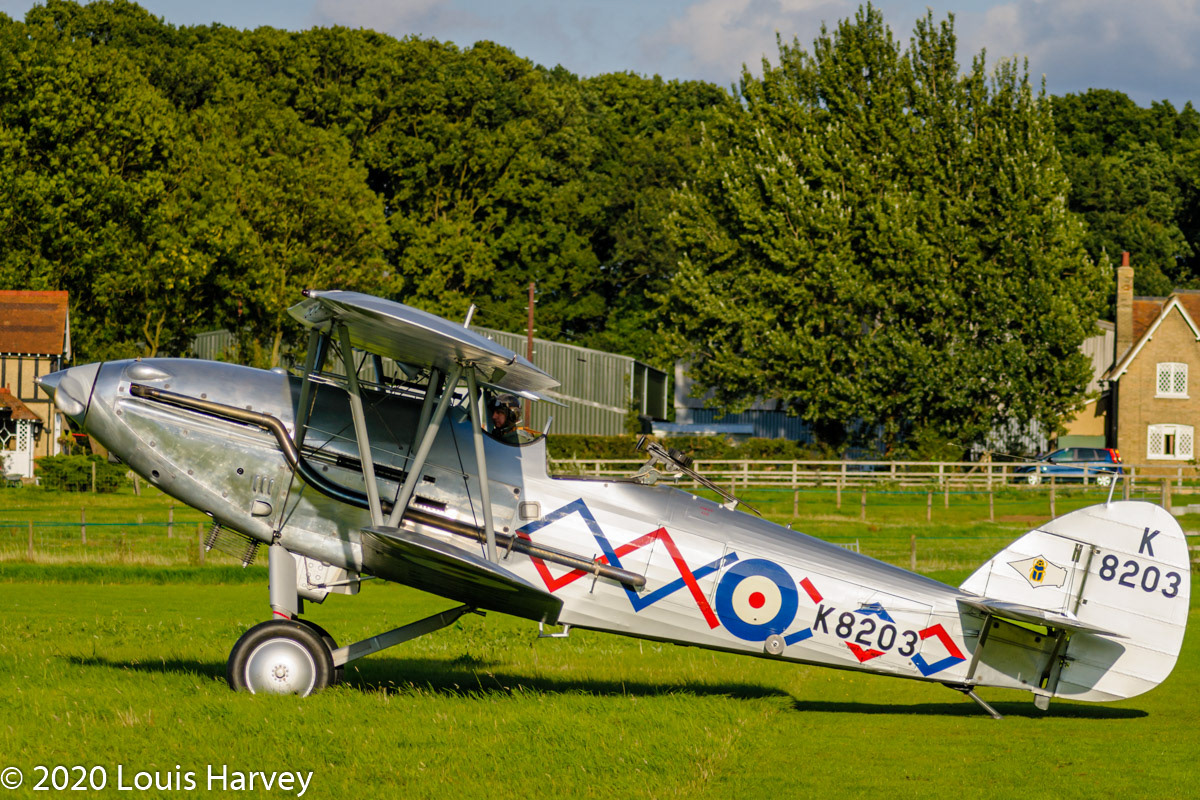
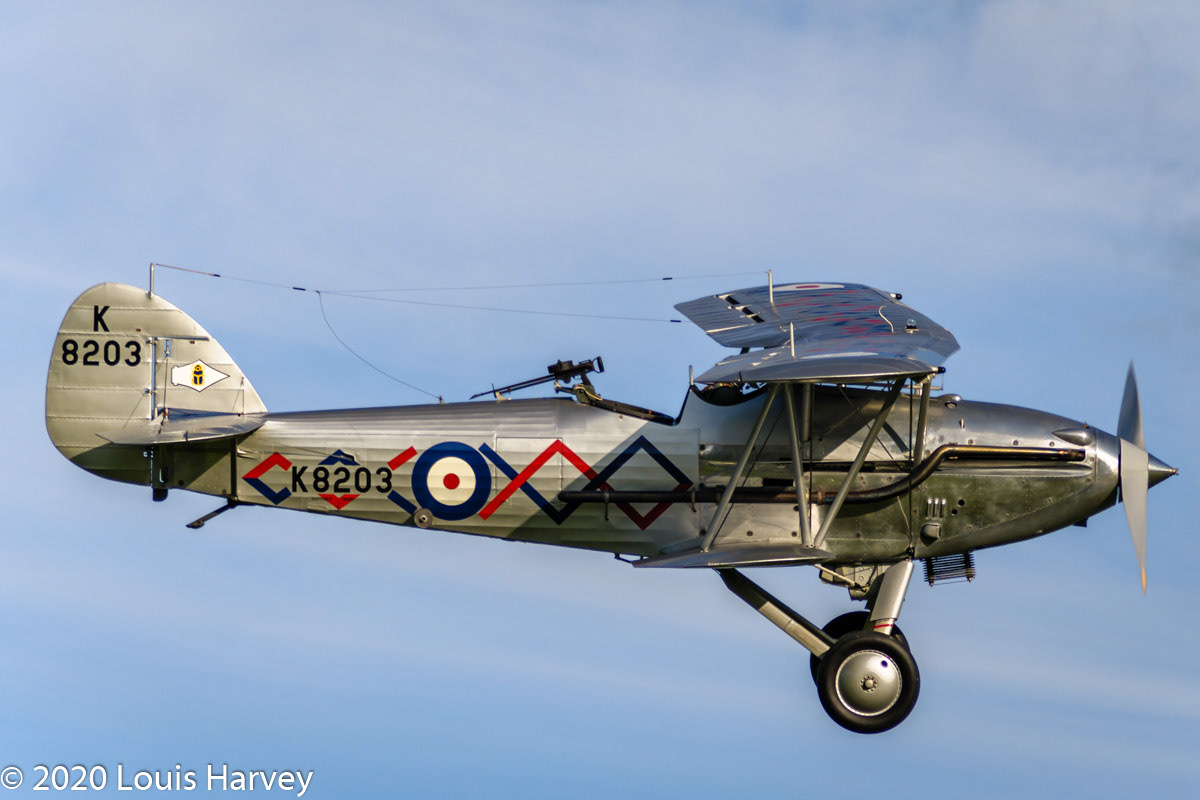

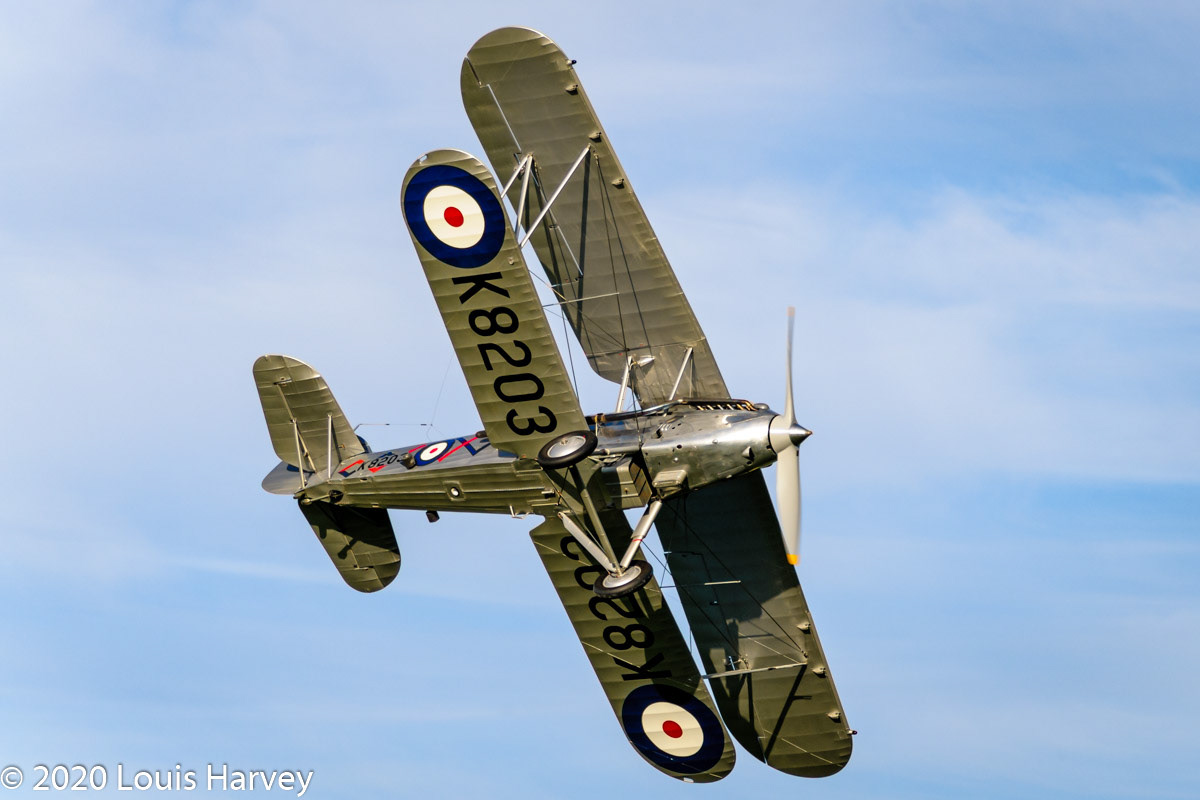
1934 Hawker Hind
The Hawker Hind was a British light bomber of the inter-war years produced by Hawker Aircraft for the Royal Air Force. It was developed from the Hawker Hart day bomber introduced in 1931.
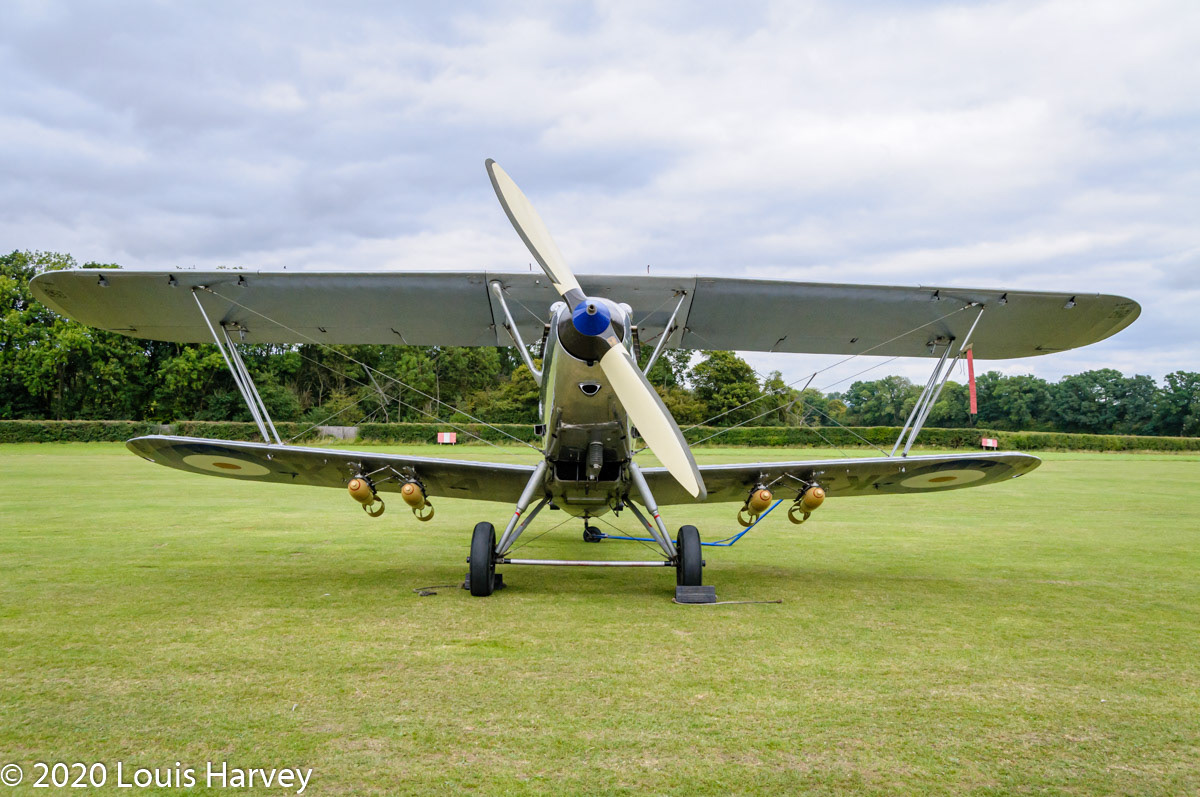

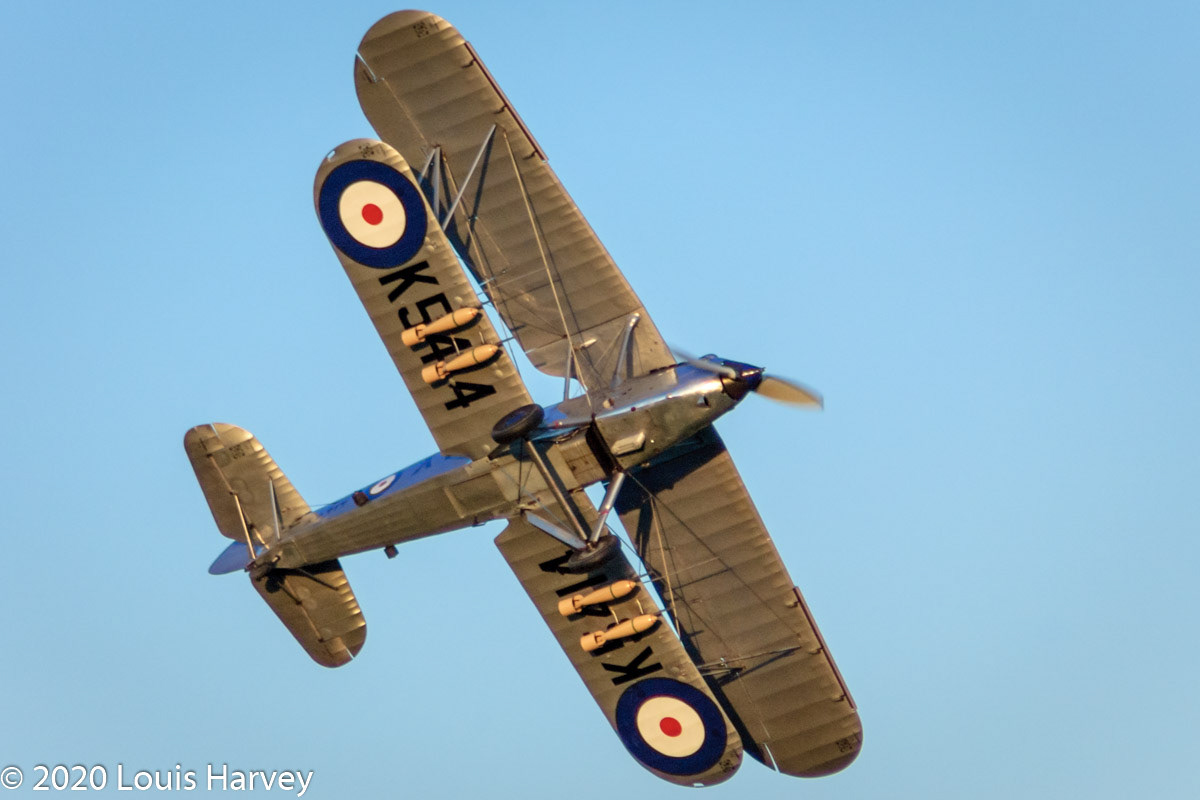
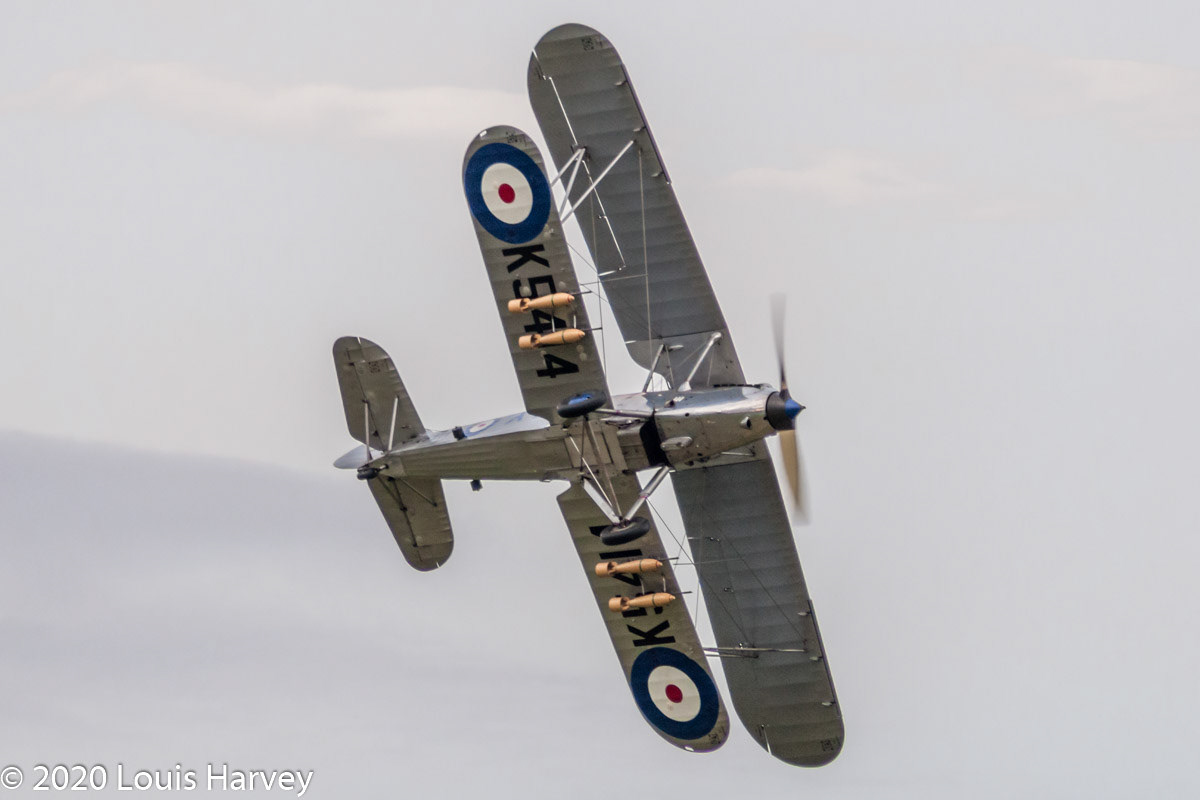
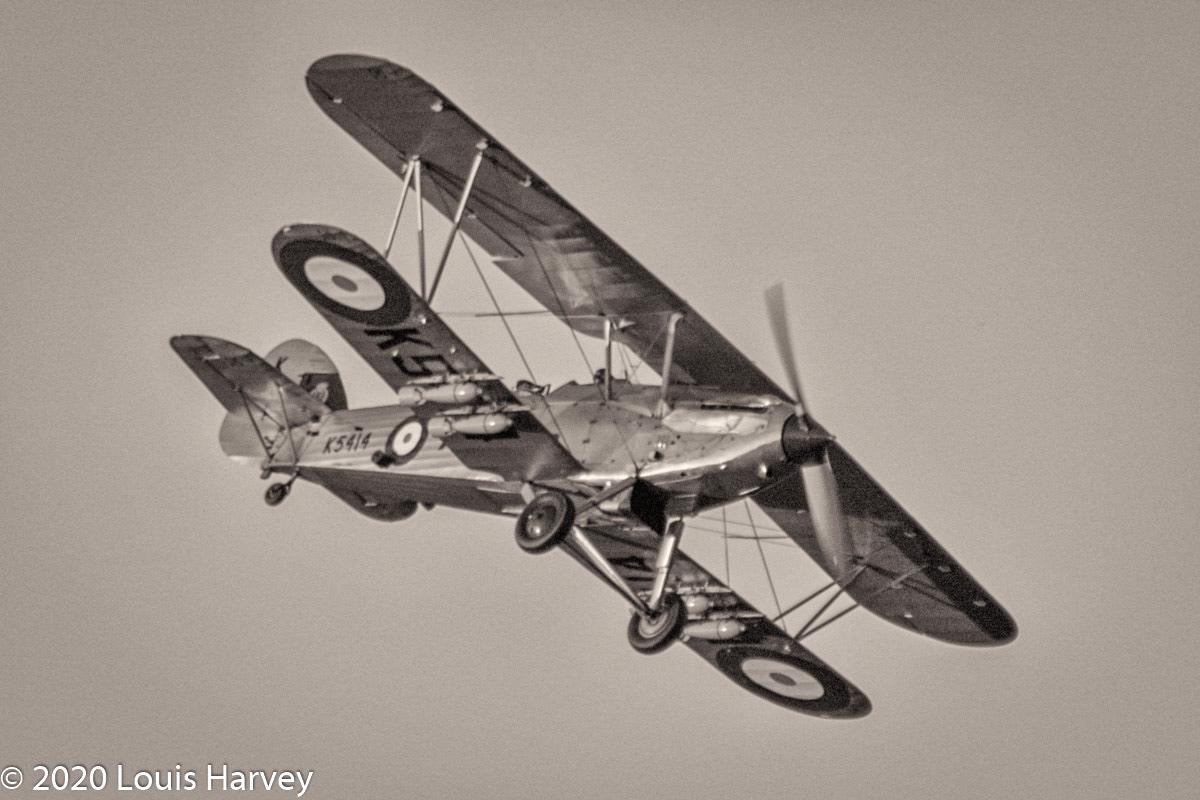
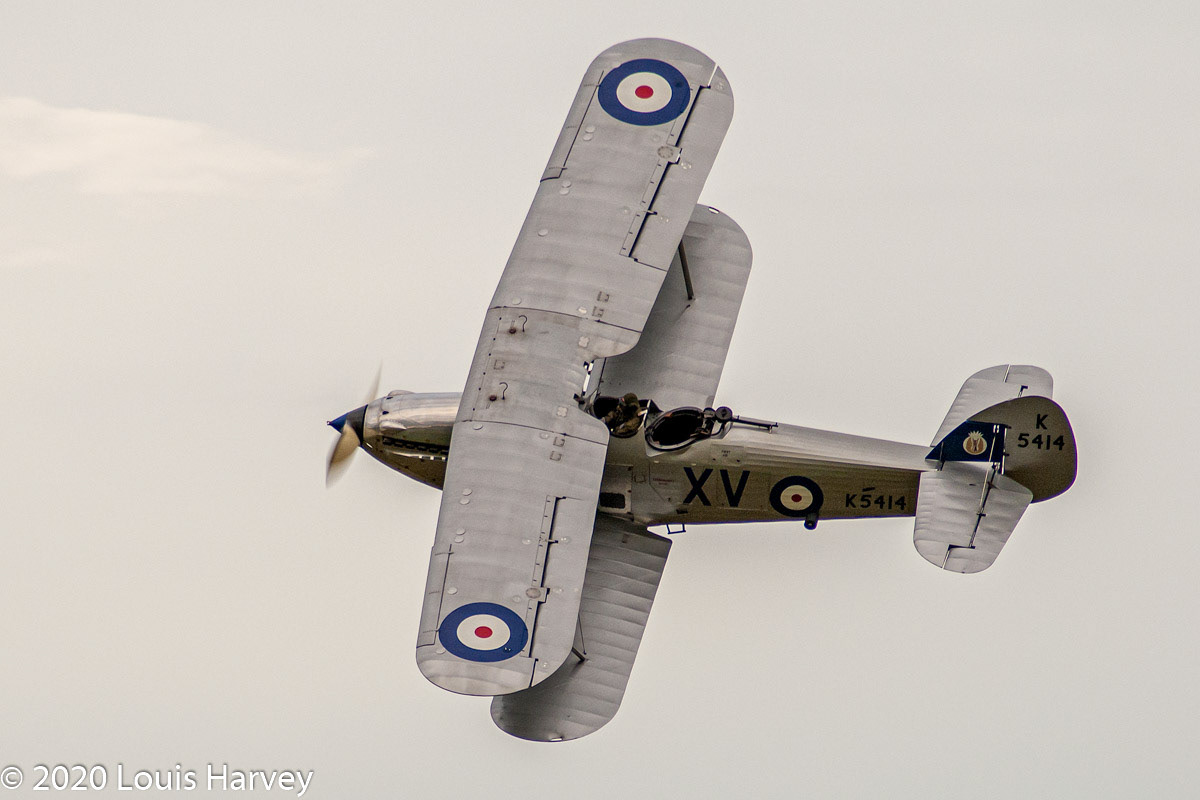
1940 Hawker Sea Hurricane 1b
The Hawker Hurricane was a British single-seat fighter aircraft designed and predominantly built by Hawker Aircraft Ltd.
The Sea Hurricane Mk IA was a Hurricane Mk I modified by General Aircraft Limited. They were modified to be carried by CAM ships (catapult armed merchantman). The Hurricane Mk Ib version was equipped with catapult spools plus an arrester hook. From July 1941 they operated from HMS Furious and from October 1941, they were used on Merchant aircraft carrier (MAC ships), which were large cargo vessels with a flight deck enabling aircraft to be launched and recovered.
Click on the link below to see the full history of this aircraft.
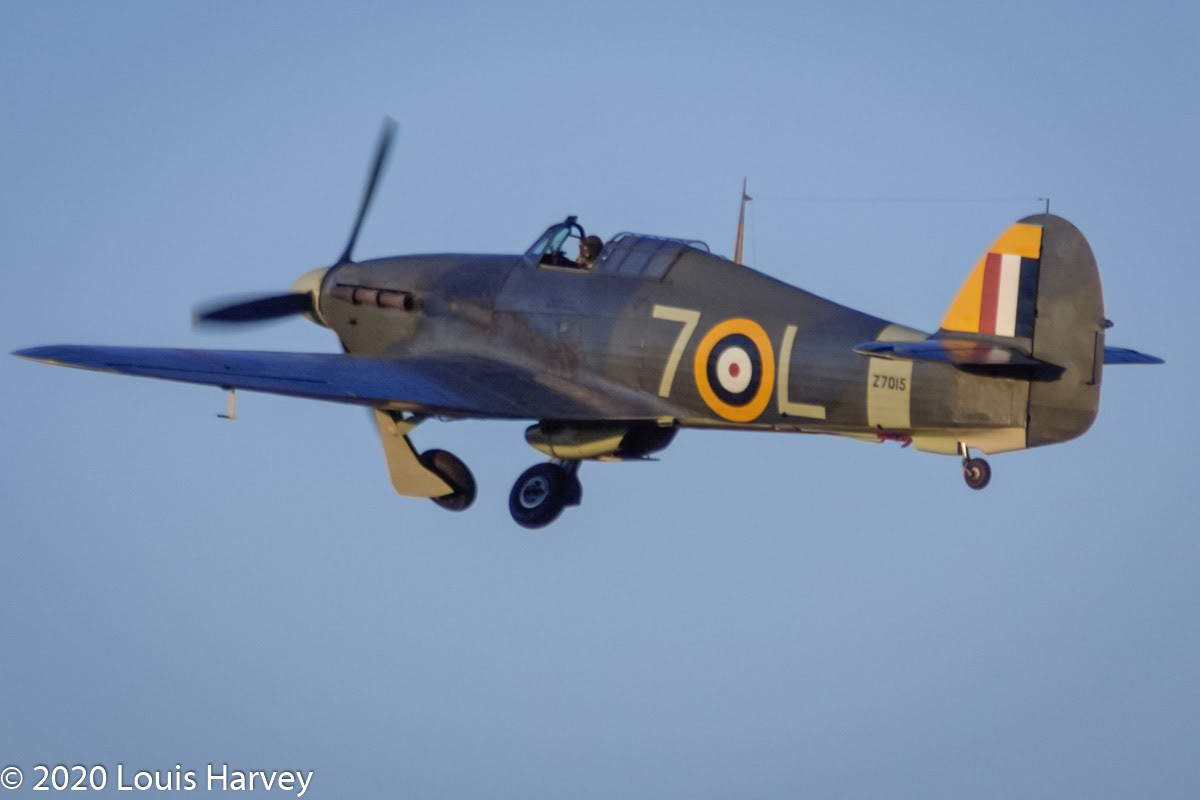
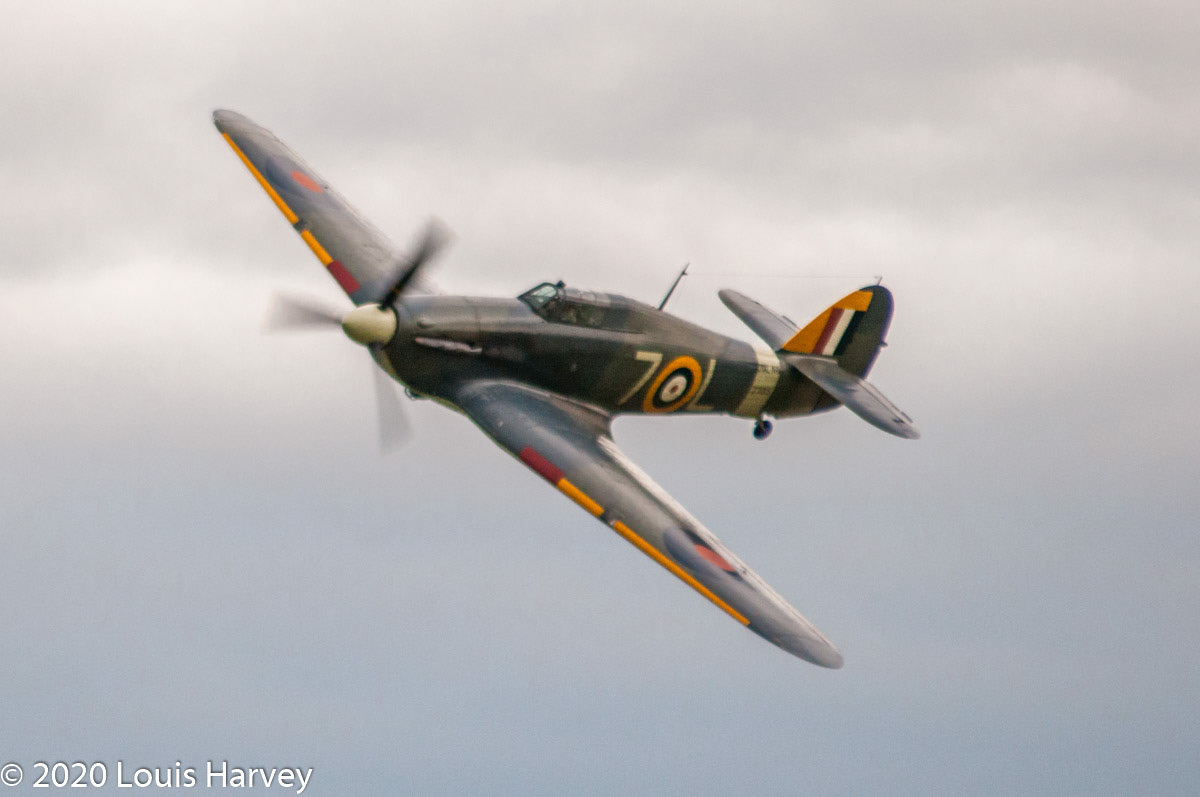
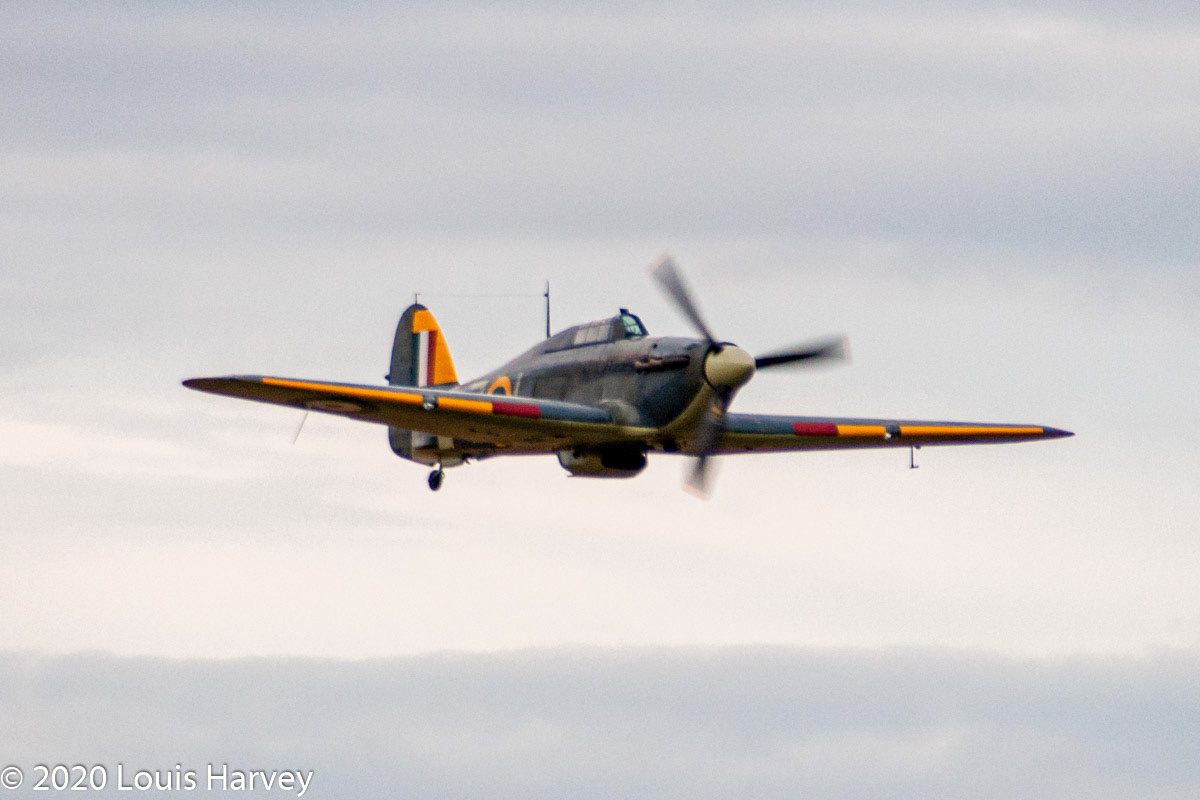
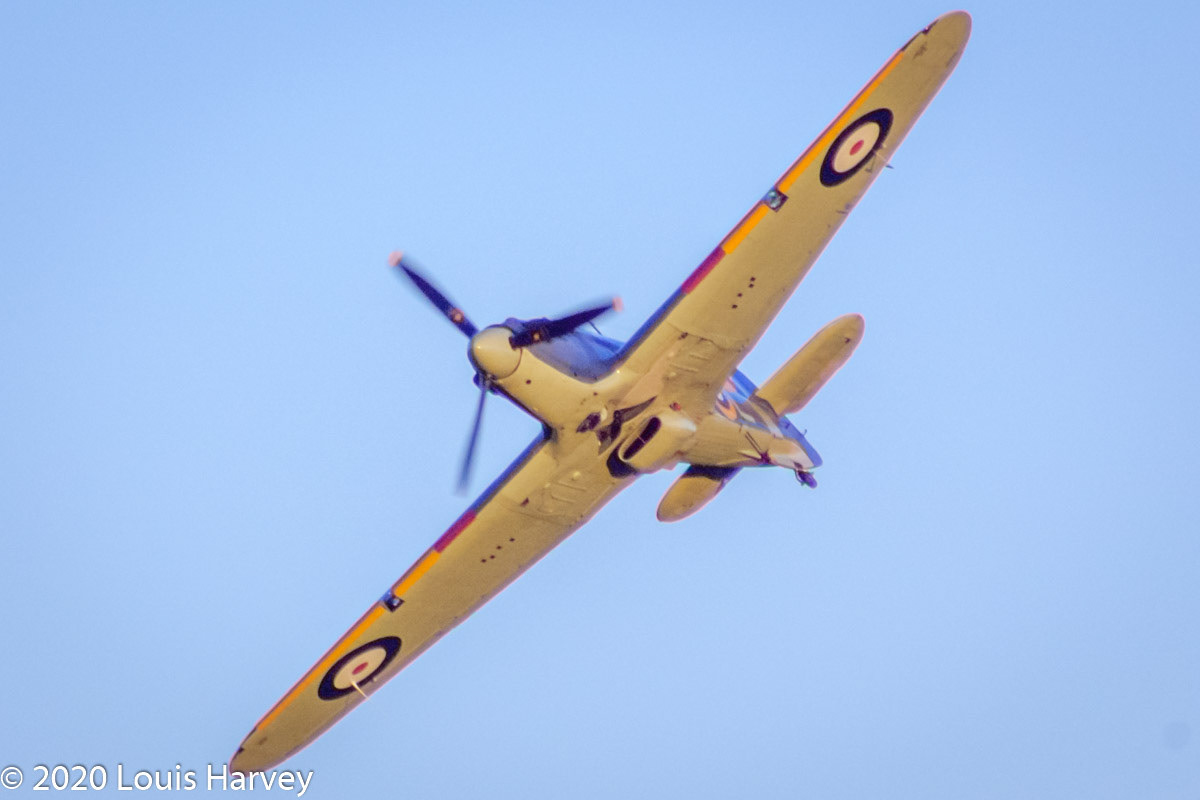
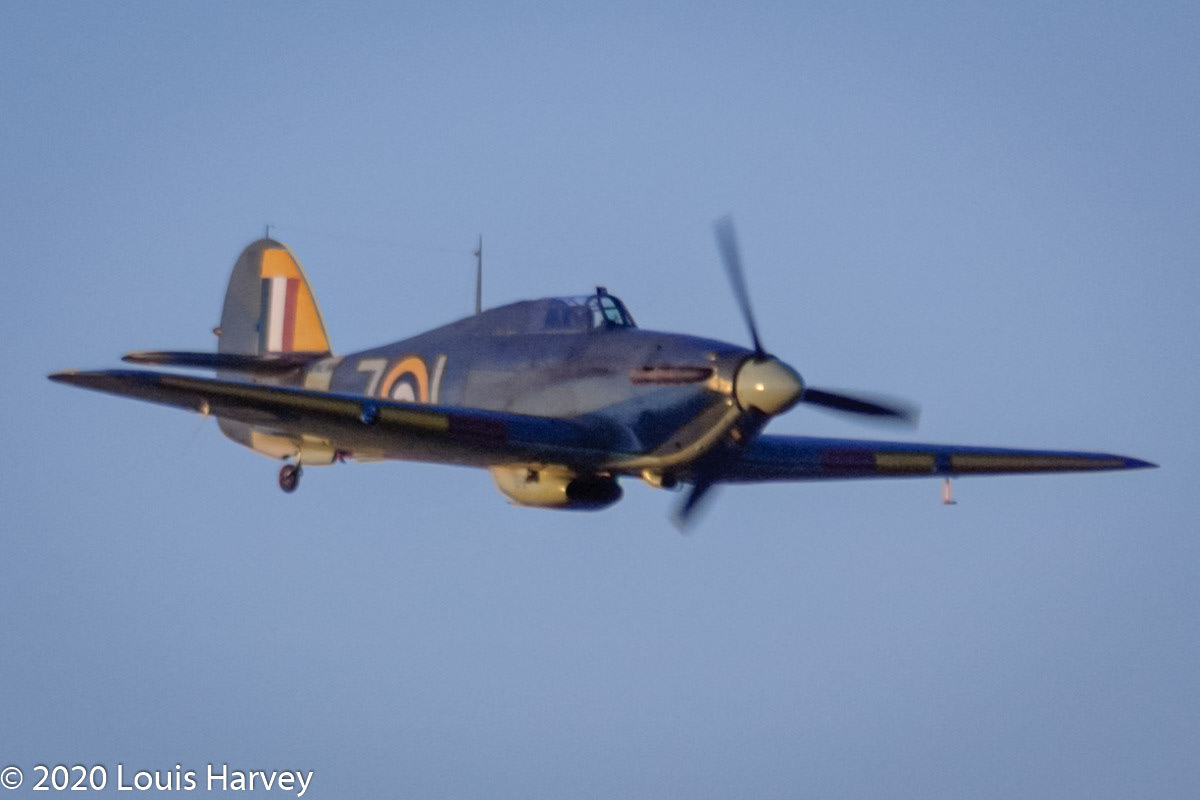

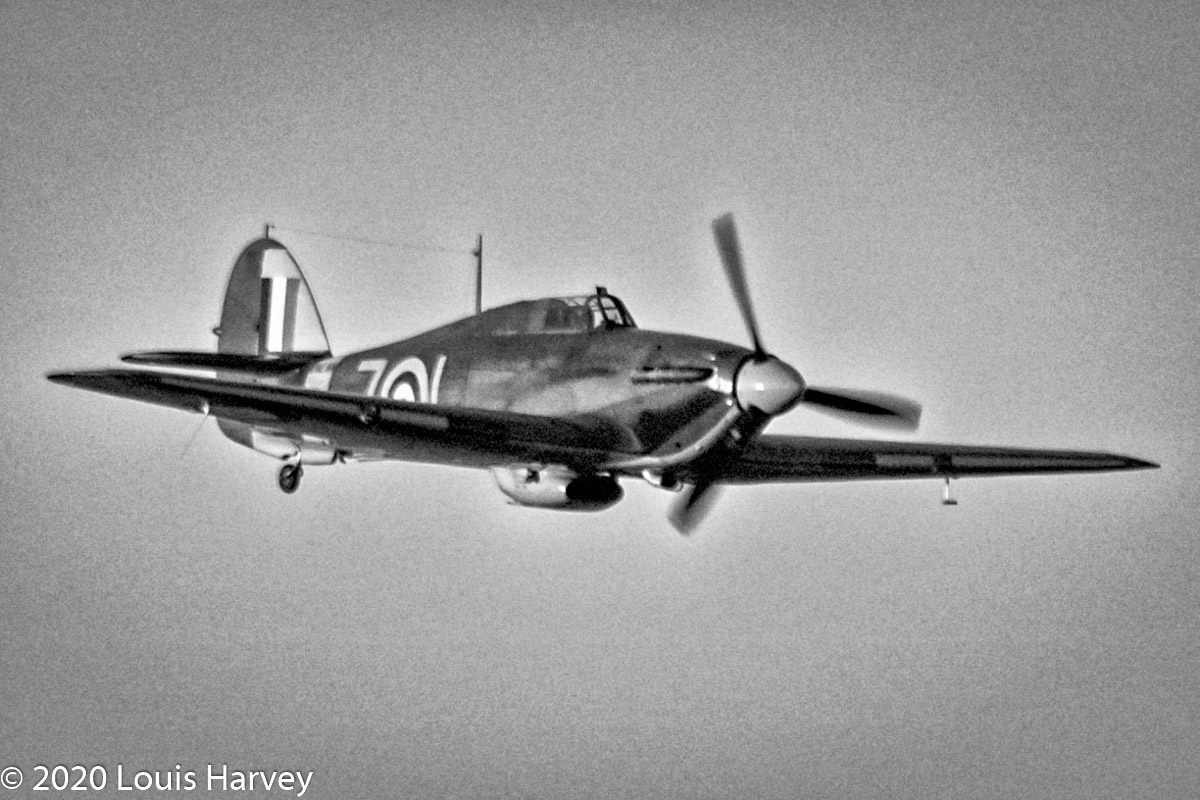
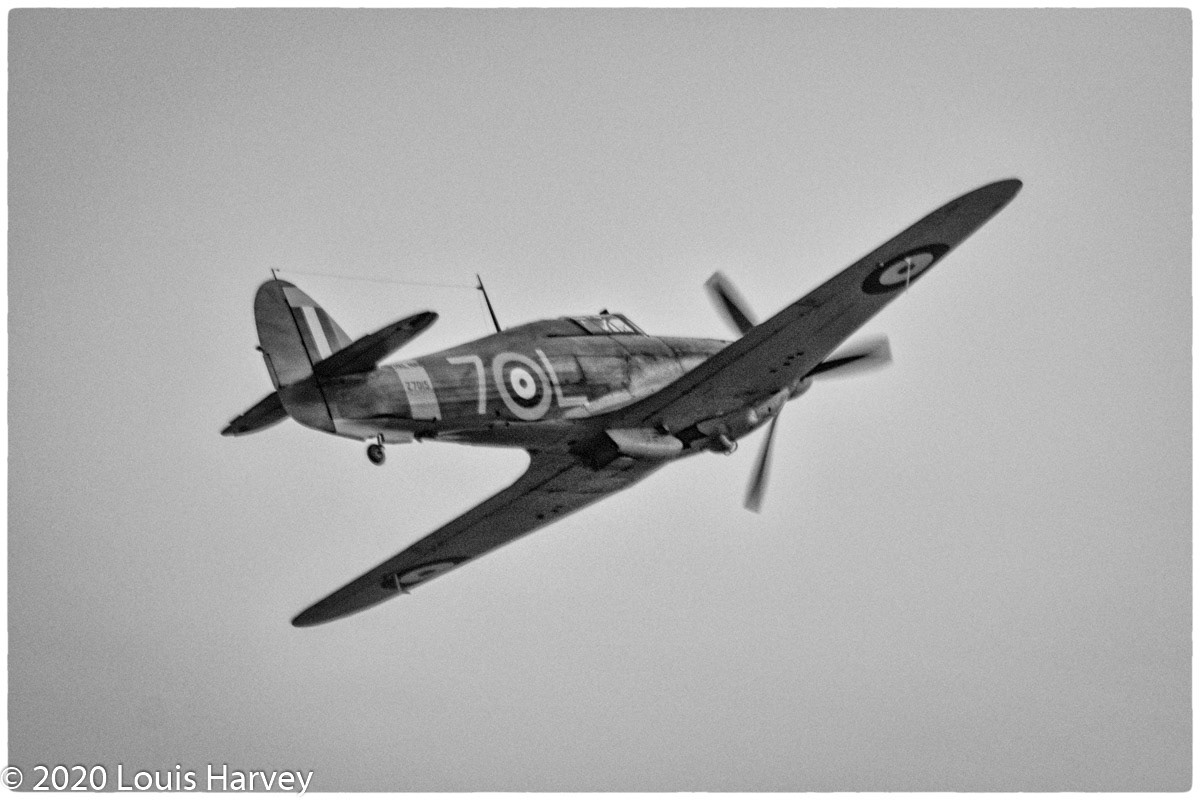
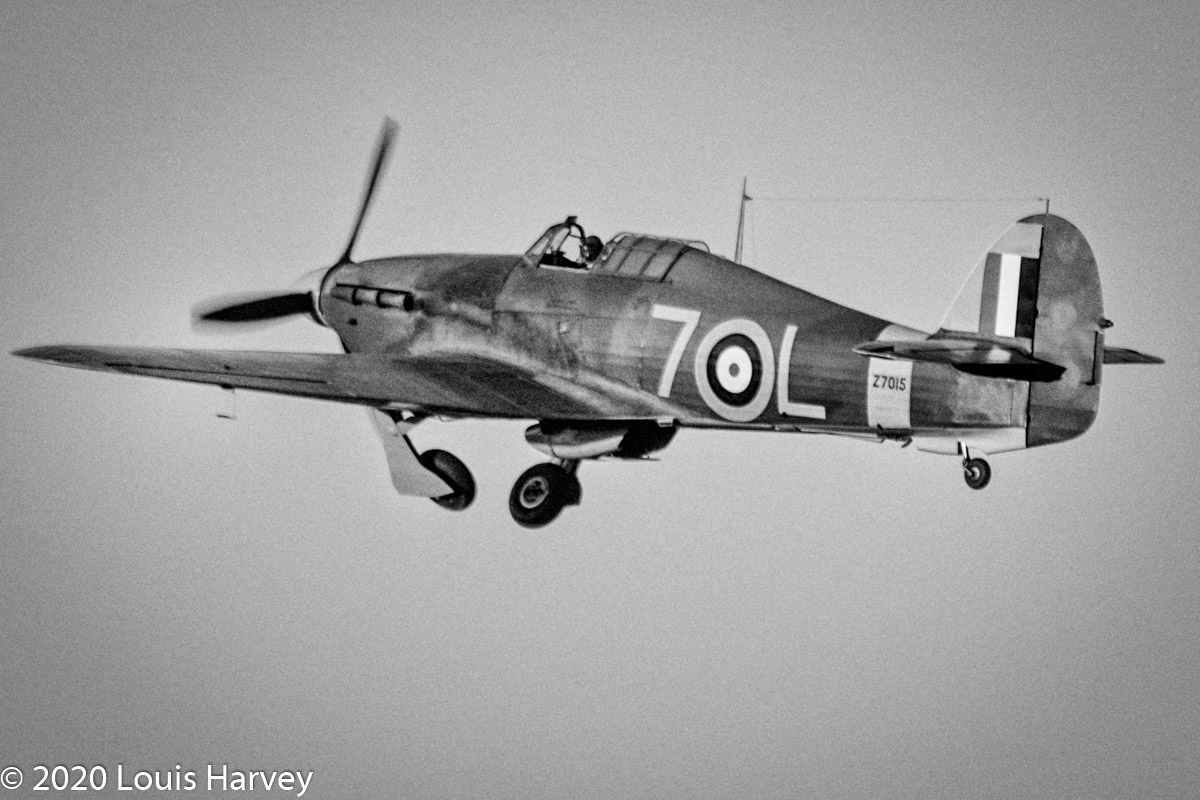
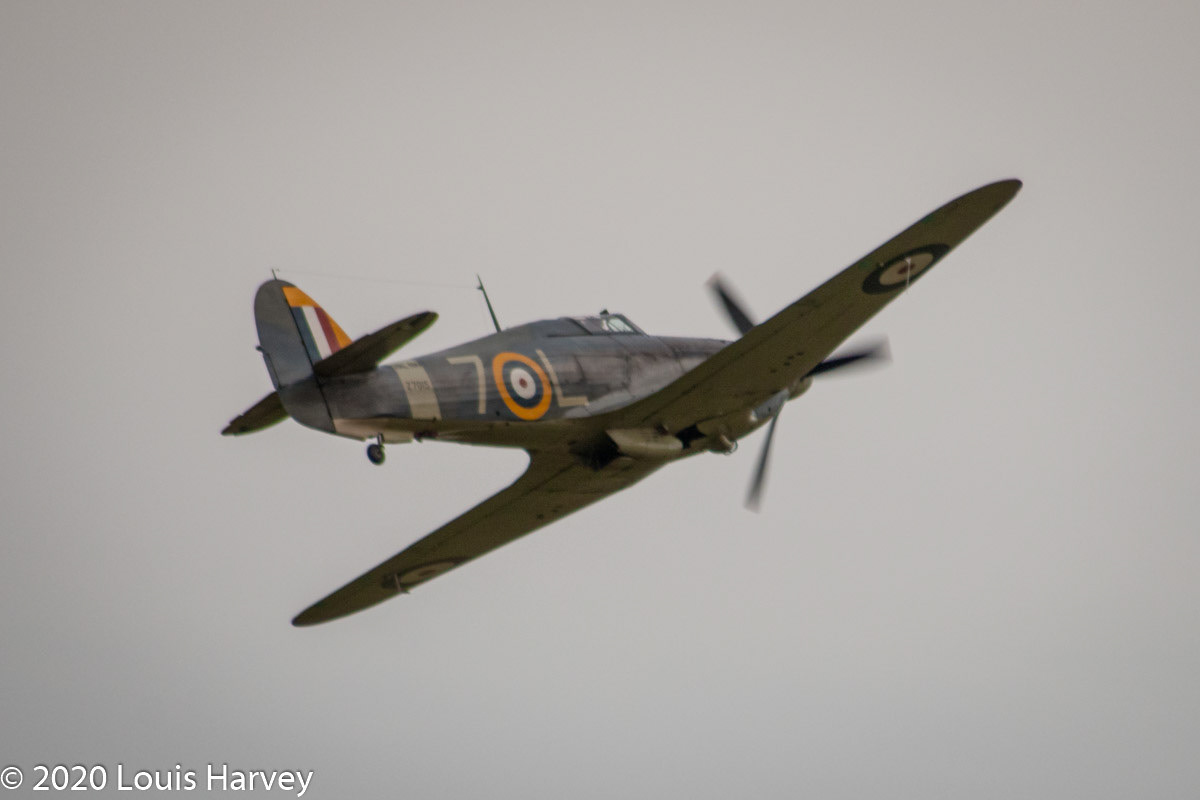

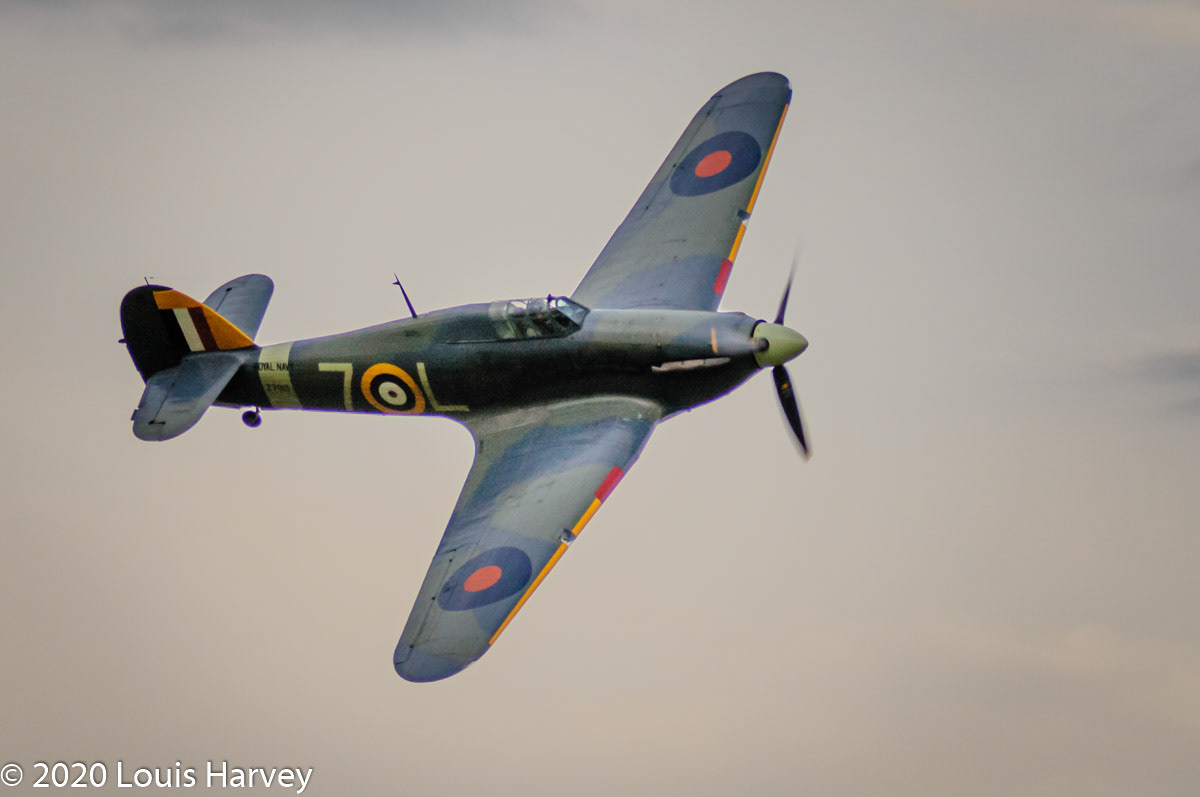

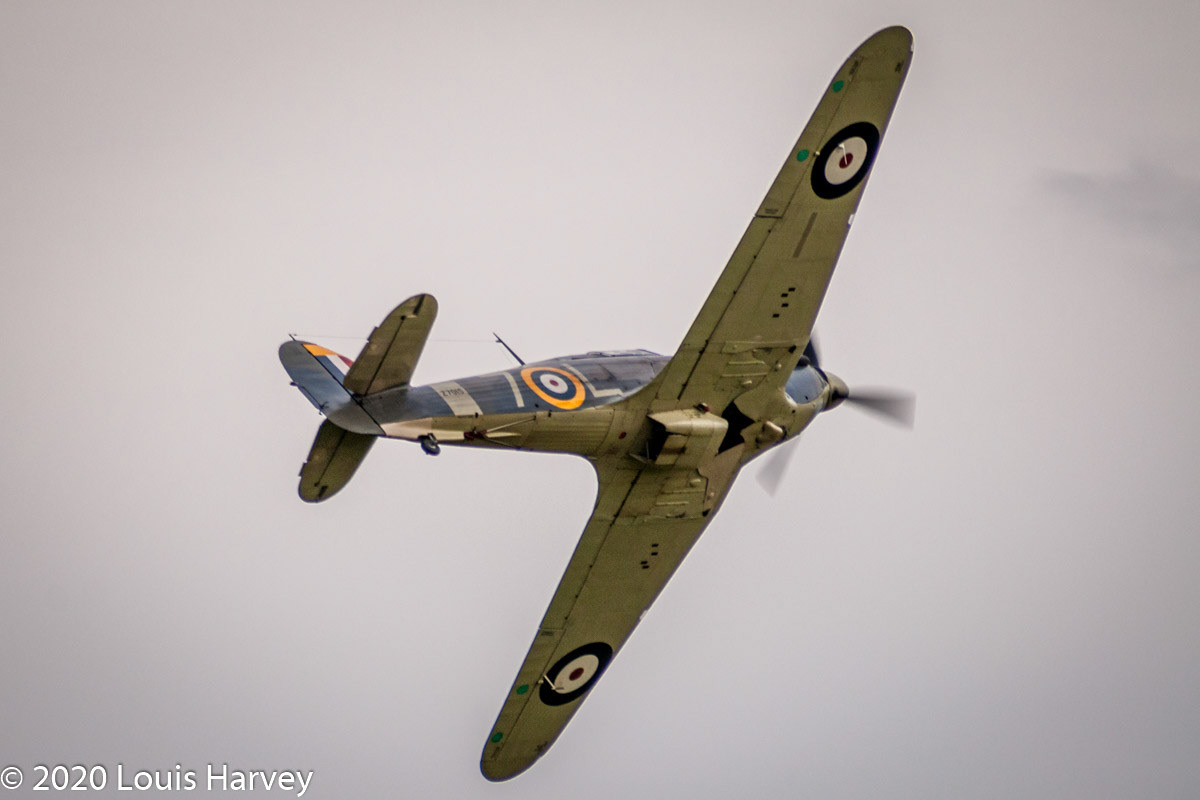
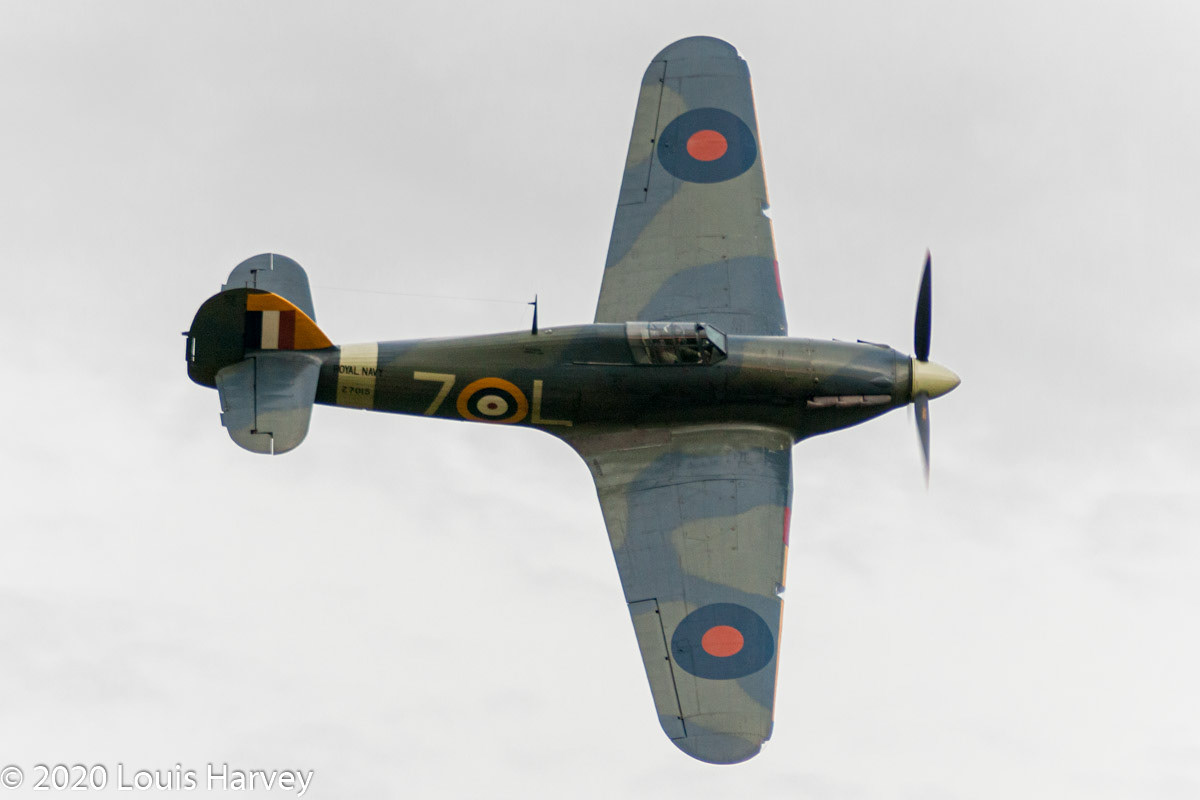
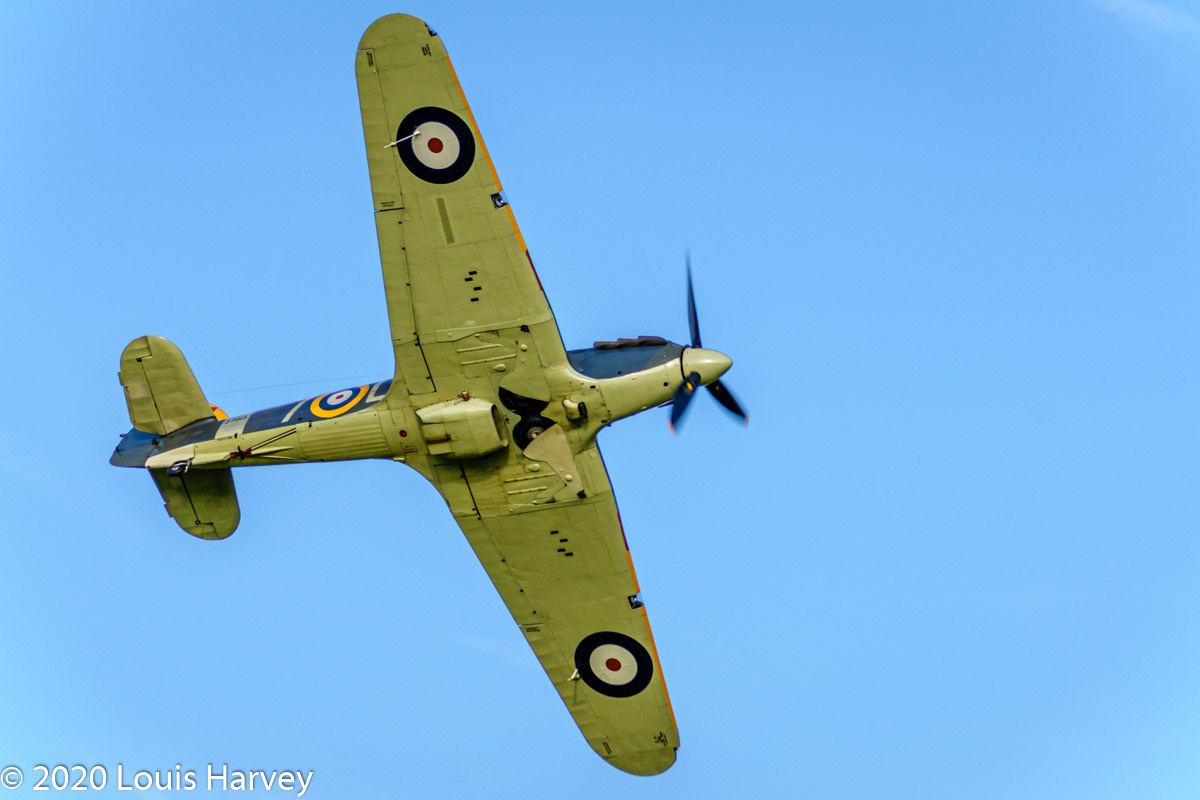

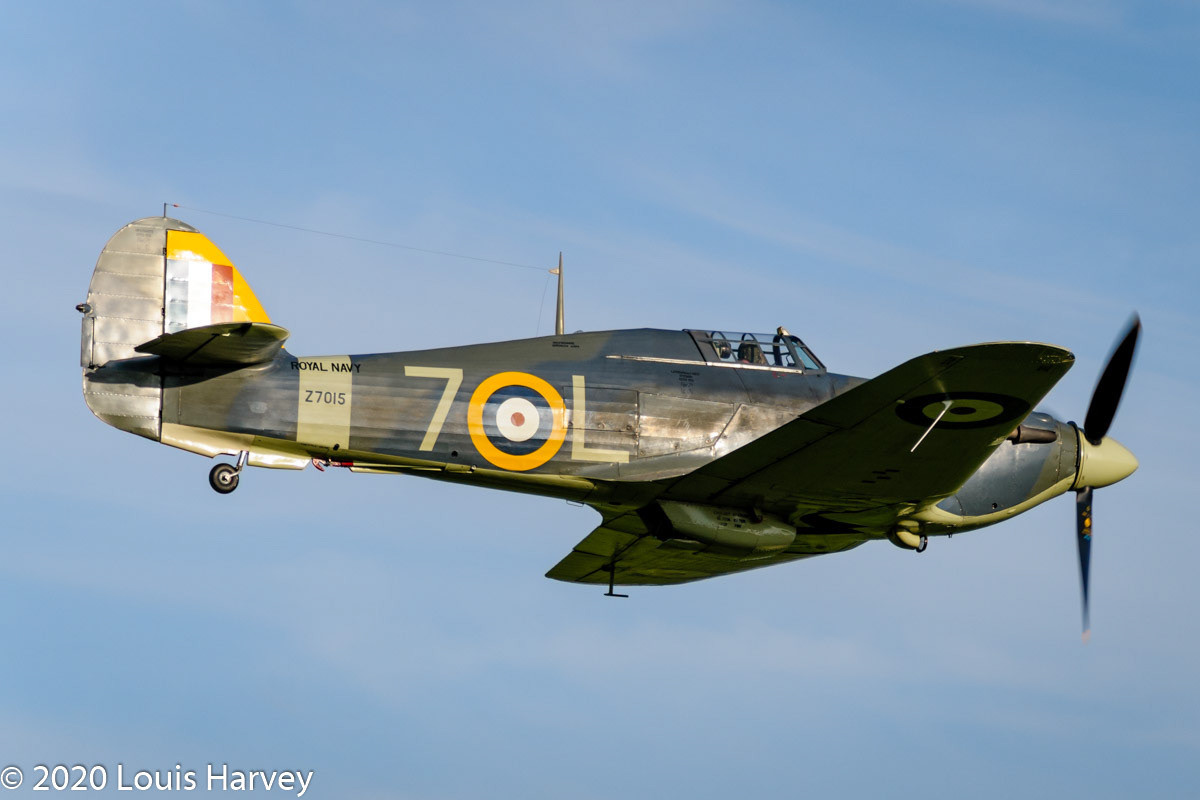

1928 Hawker Tomtit
The Hawker Tomtit is a British training biplane from the late 1920s.
(This aeroplane was the last Tomtit to be built and is the sole surviving one of its type).
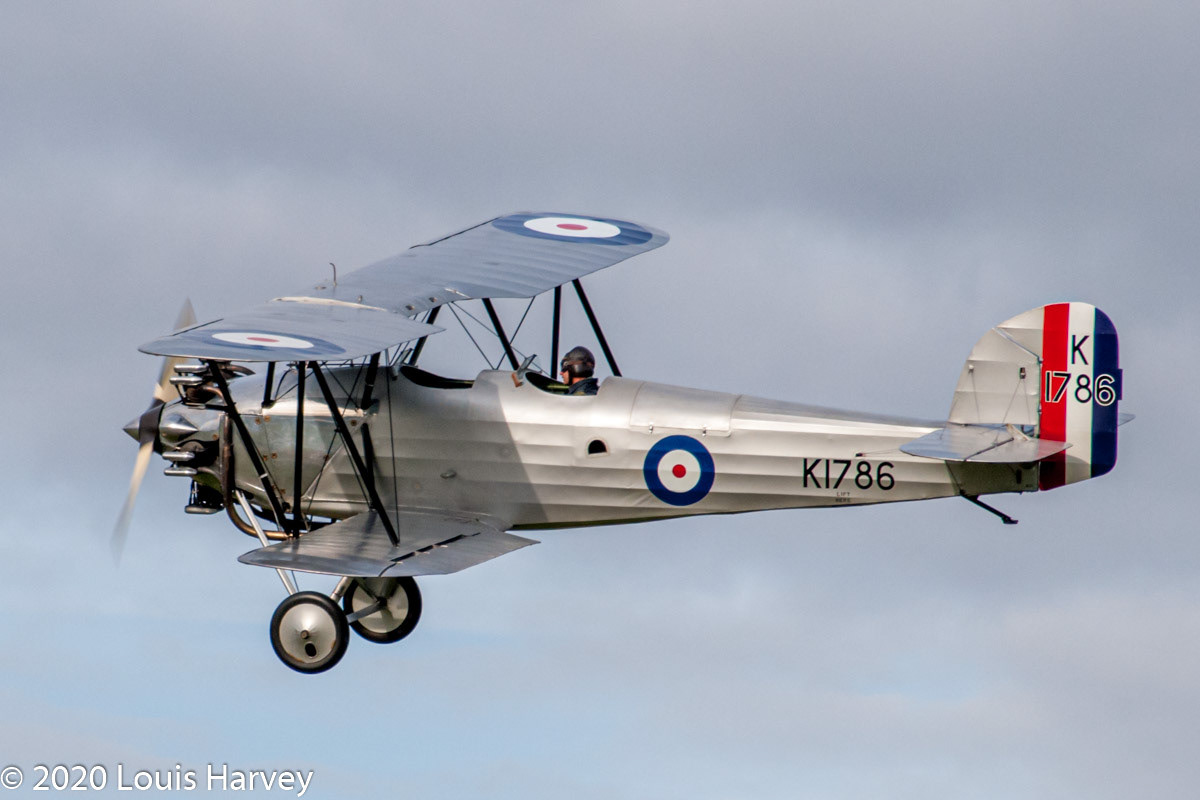
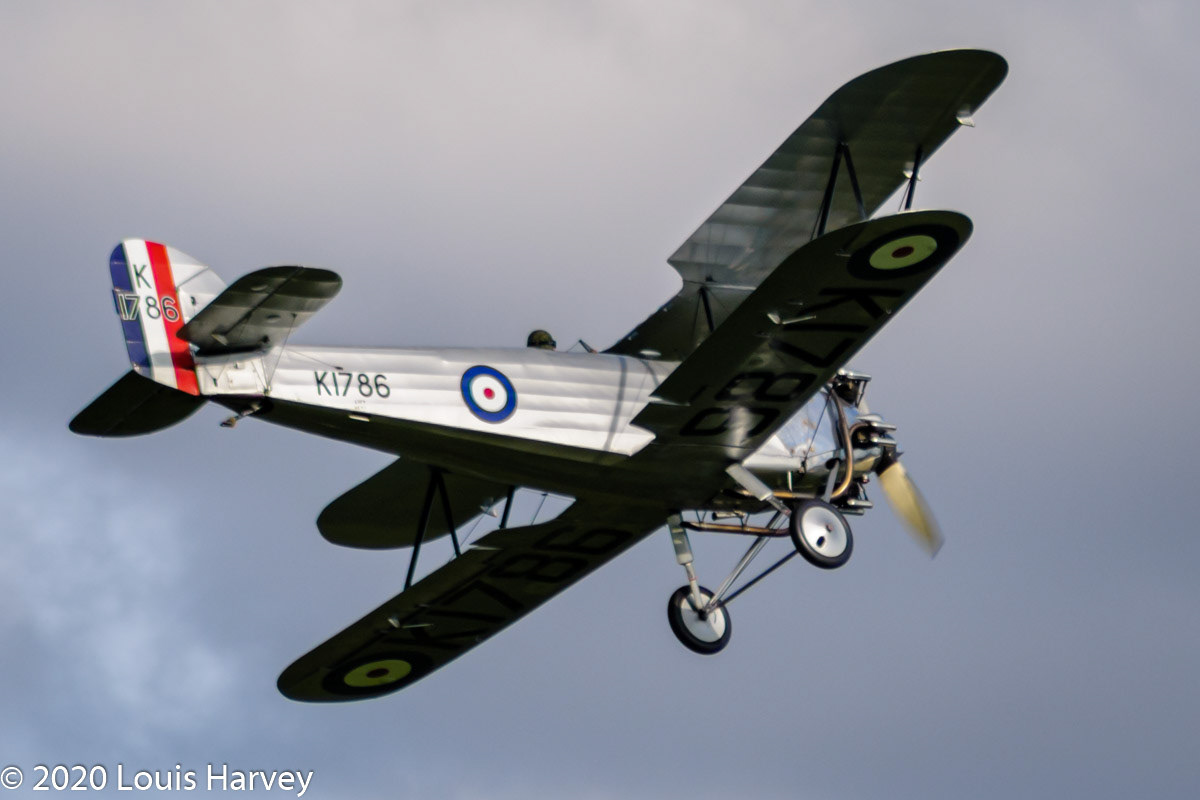
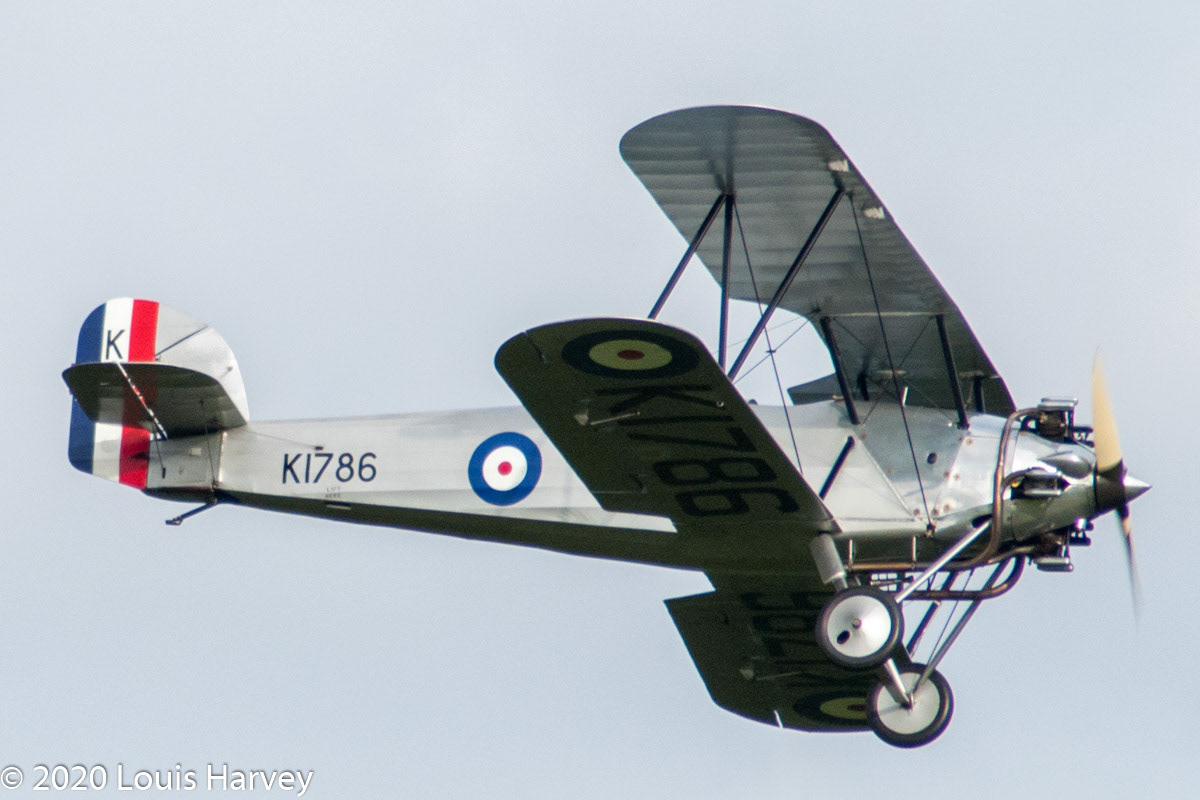

1937 Miles Magister
The British two-seat Miles Magister monoplane basic trainer aircraft was built in 1939 and entered service with the RAF as P6382. It was restored to flying condition by Shuttleworth apprentices using components from three other specimens and is one of only four airworthy examples in the world.
Affectionately known as the 'Maggie', the Magister was based on Miles' civilian Hawk Major and Hawk Trainer and was the first monoplane designed specifically as a trainer for the RAF. As a low-wing monoplane, it was an ideal introduction to the Spitfire and Hurricane for new pilots. Its sister design, the Miles Master was an advanced trainer also built by Phillips & Powis at Woodley.
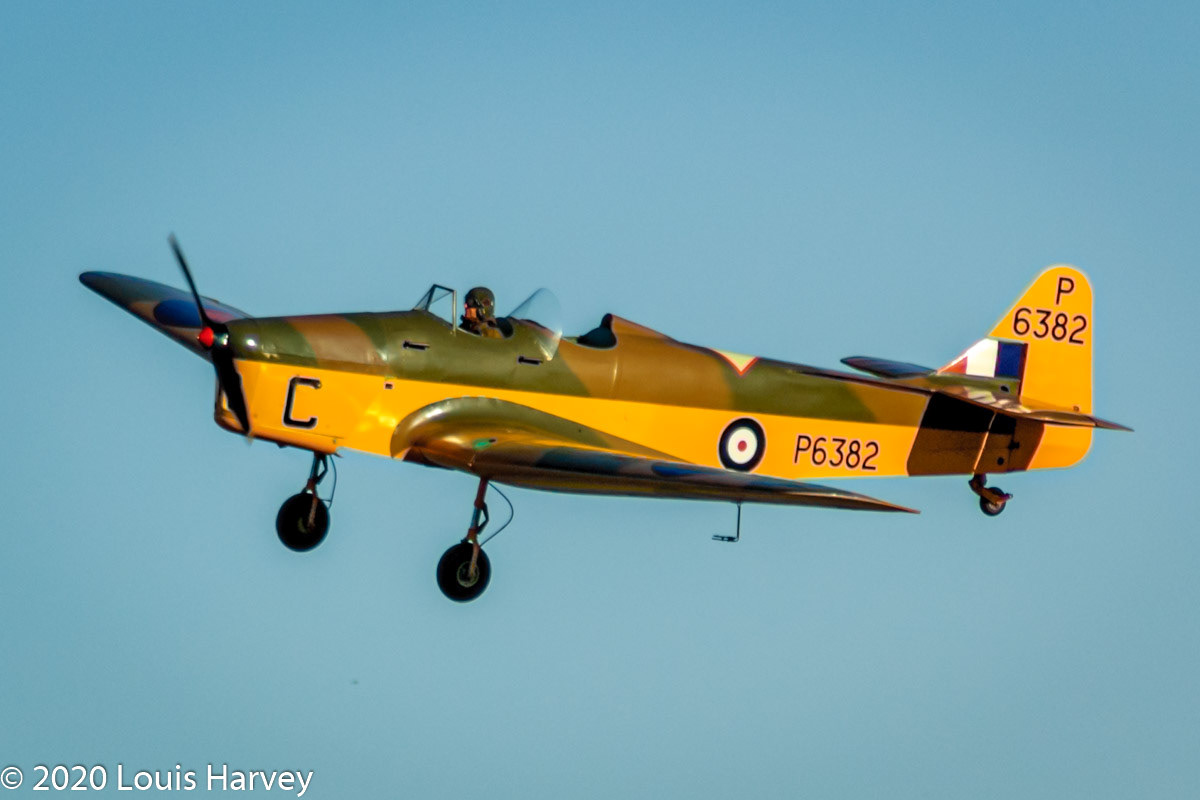
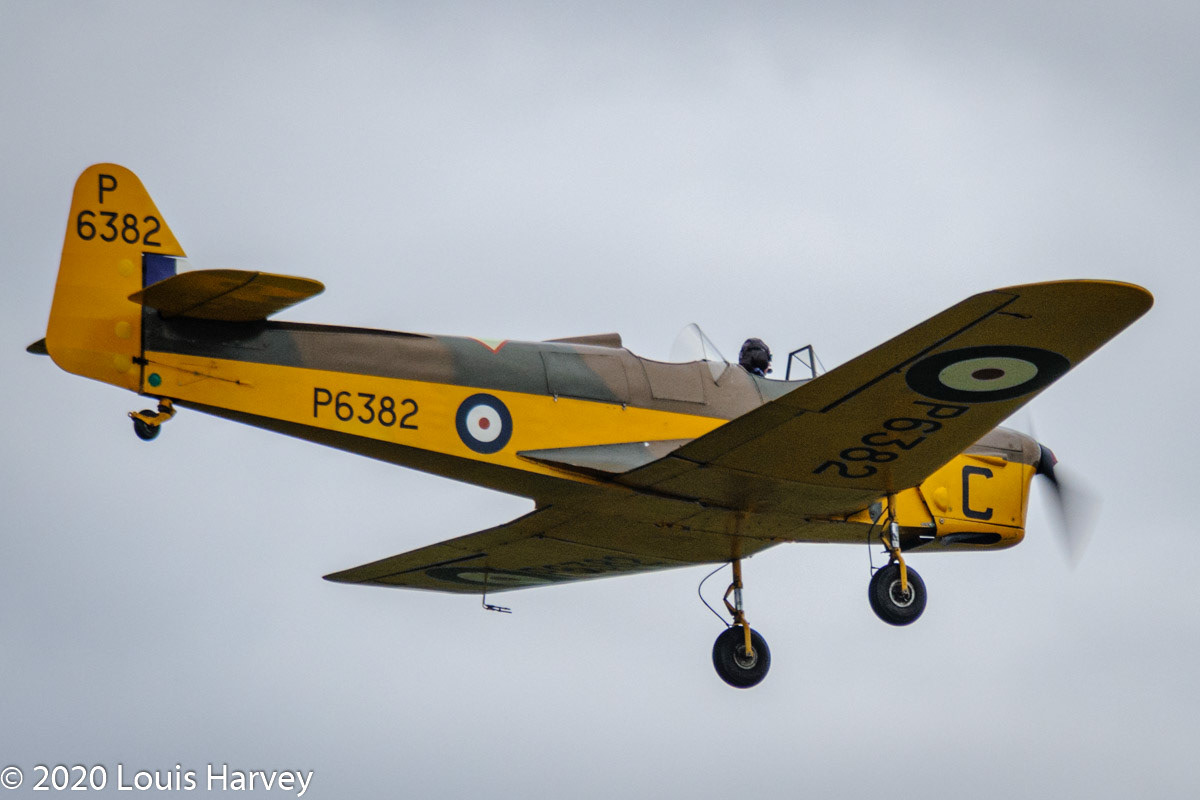
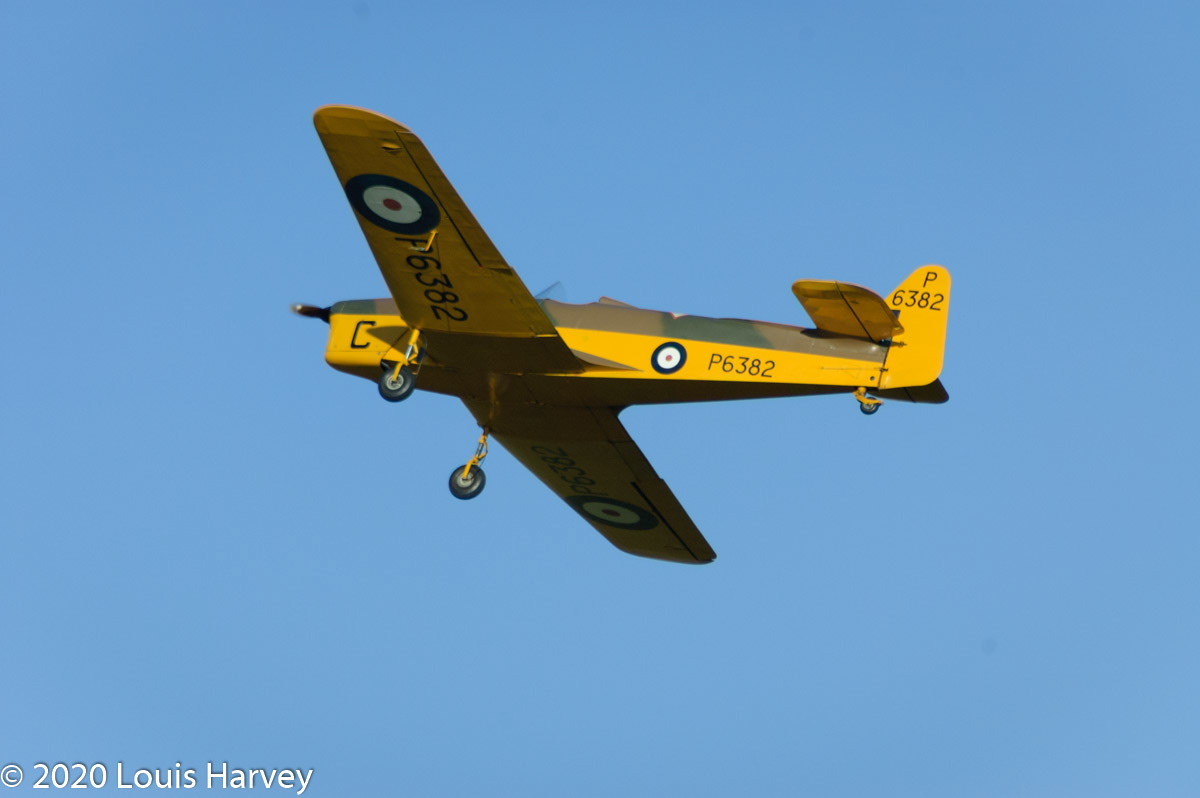
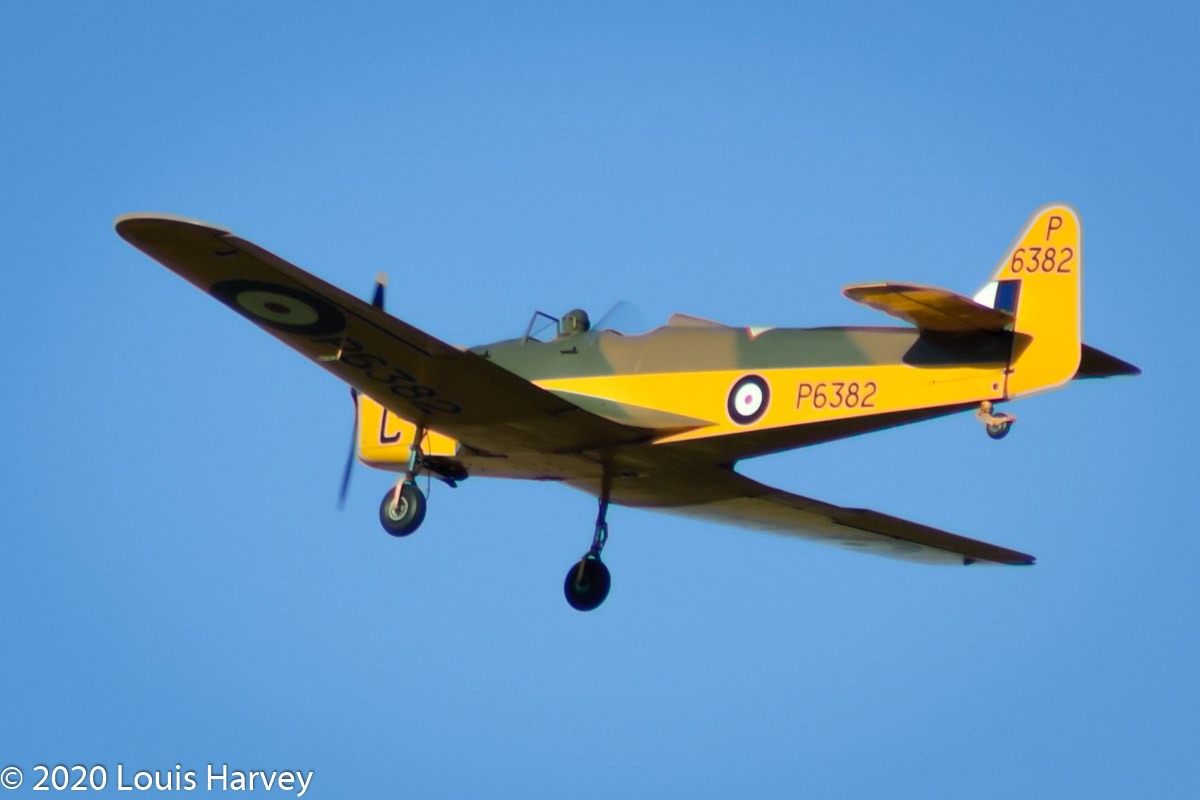

1941 Miles M14A/ Hawk Trainer lll
The Miles M.14A is an improved variant of the British two-seat Miles Magister monoplane basic trainer aircraft built by the Miles Aircraft for the Royal Air Force and Fleet Air Arm.

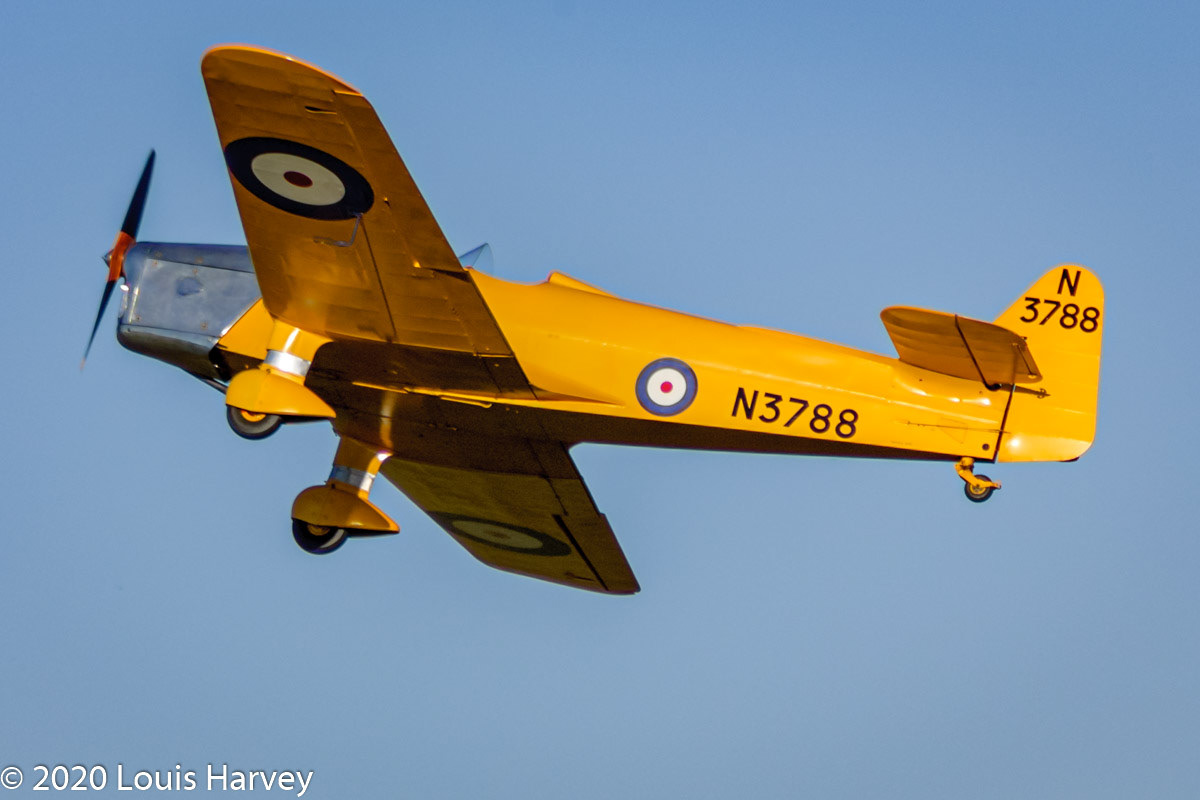
1946 Miles M.65A Gemini
The Miles M.65 Gemini was a British twin-engined four-seat touring aircraft designed and built by Miles Aircraft at Woodley Aerodrome. It was the last Miles aircraft to be produced in quantity.
It was described by the manufacturer as the "safest light aeroplane in the world".

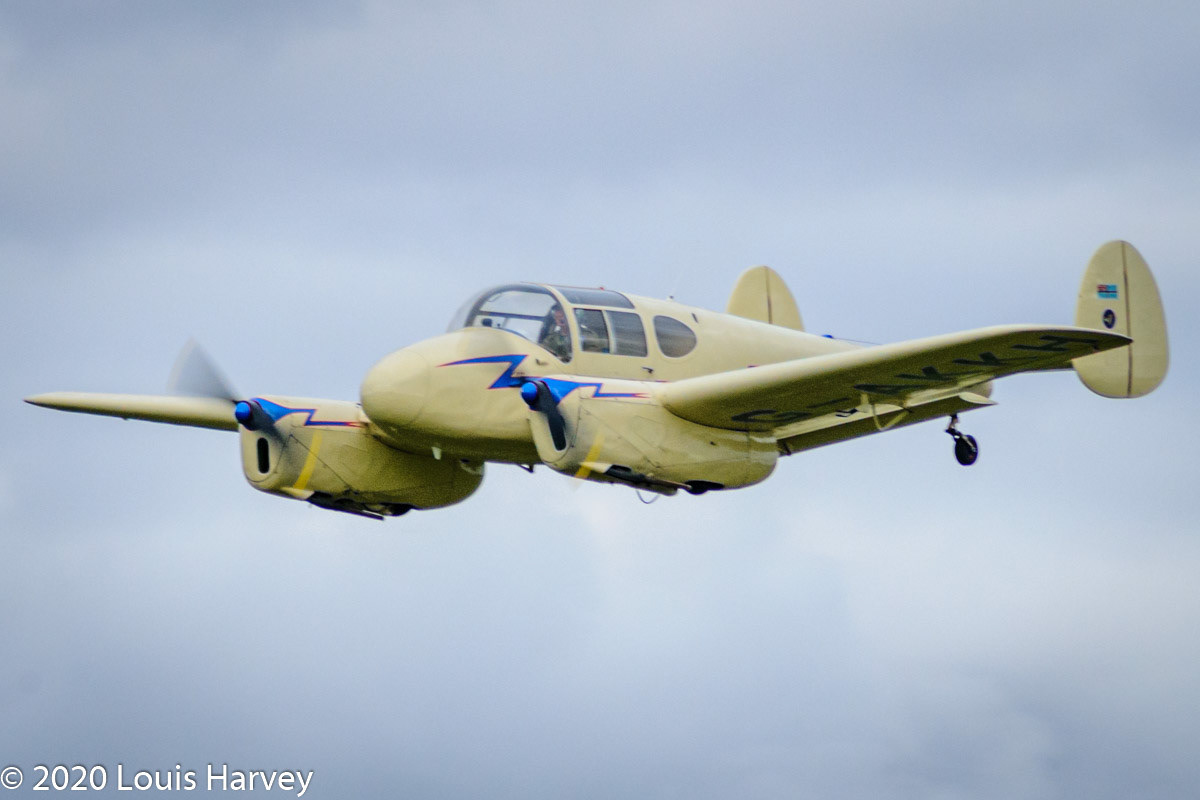
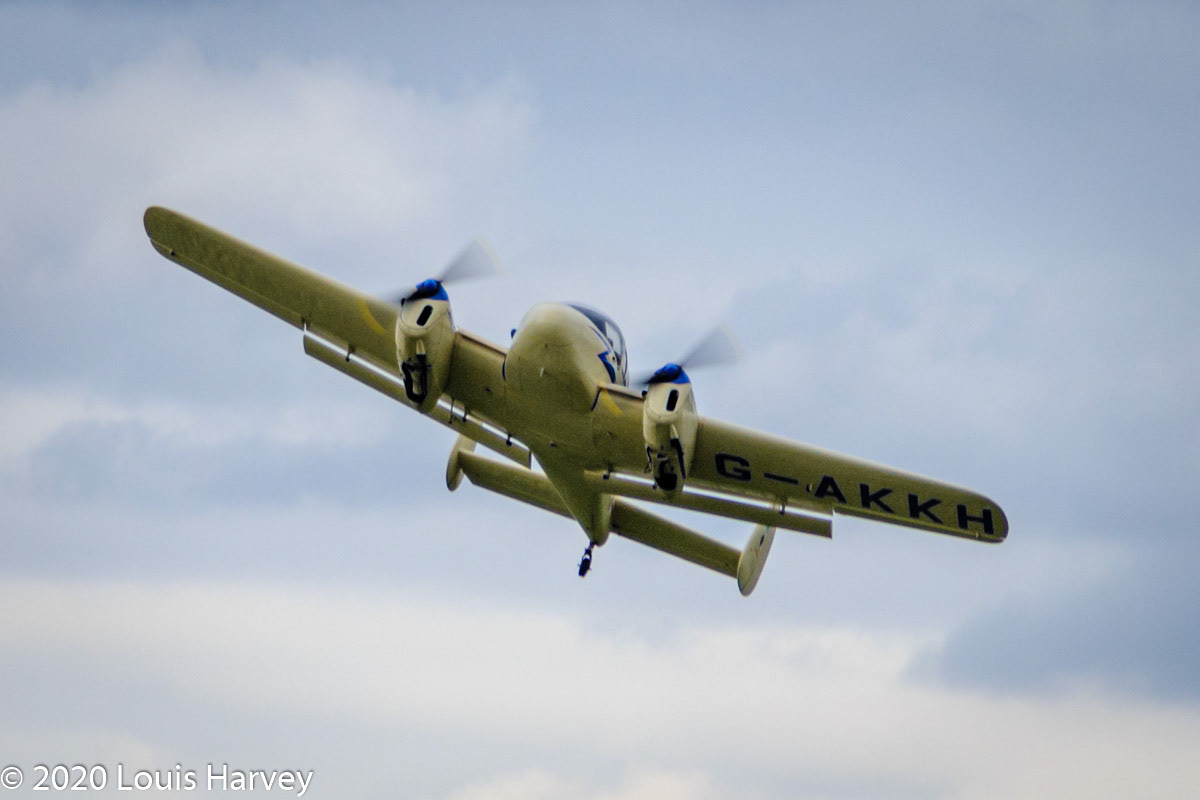
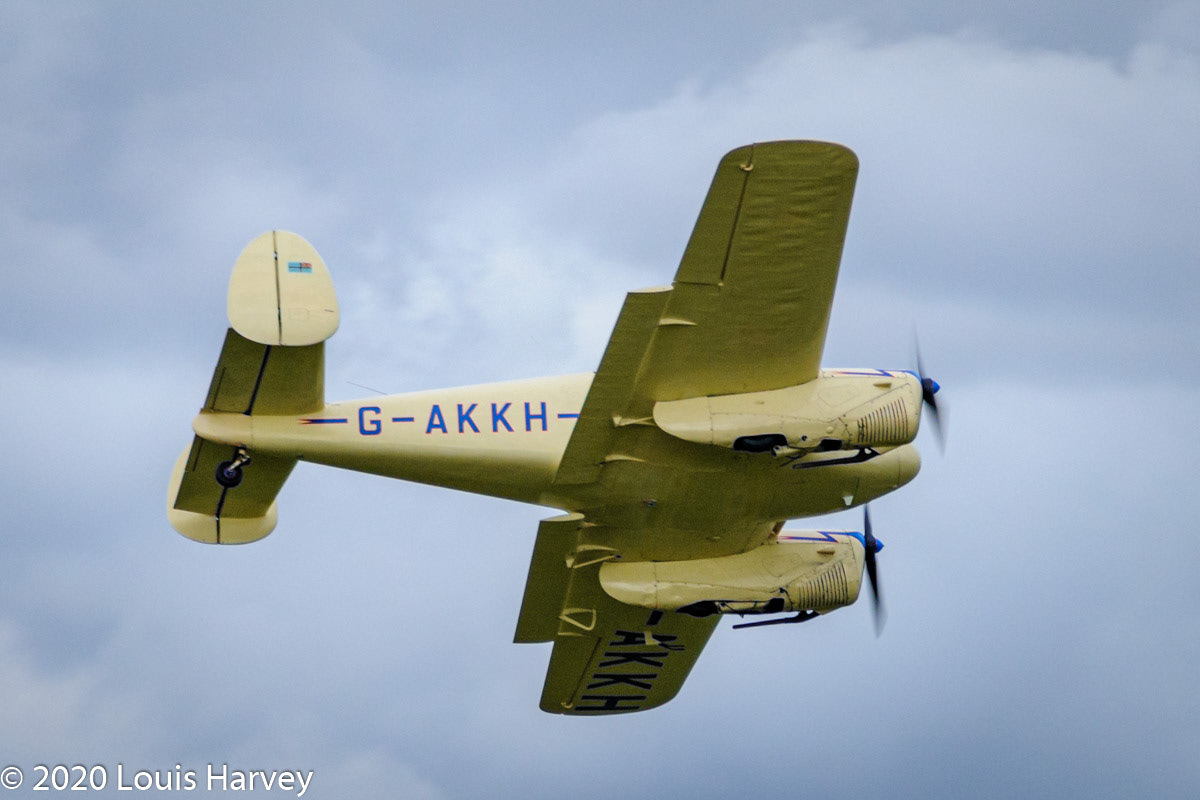

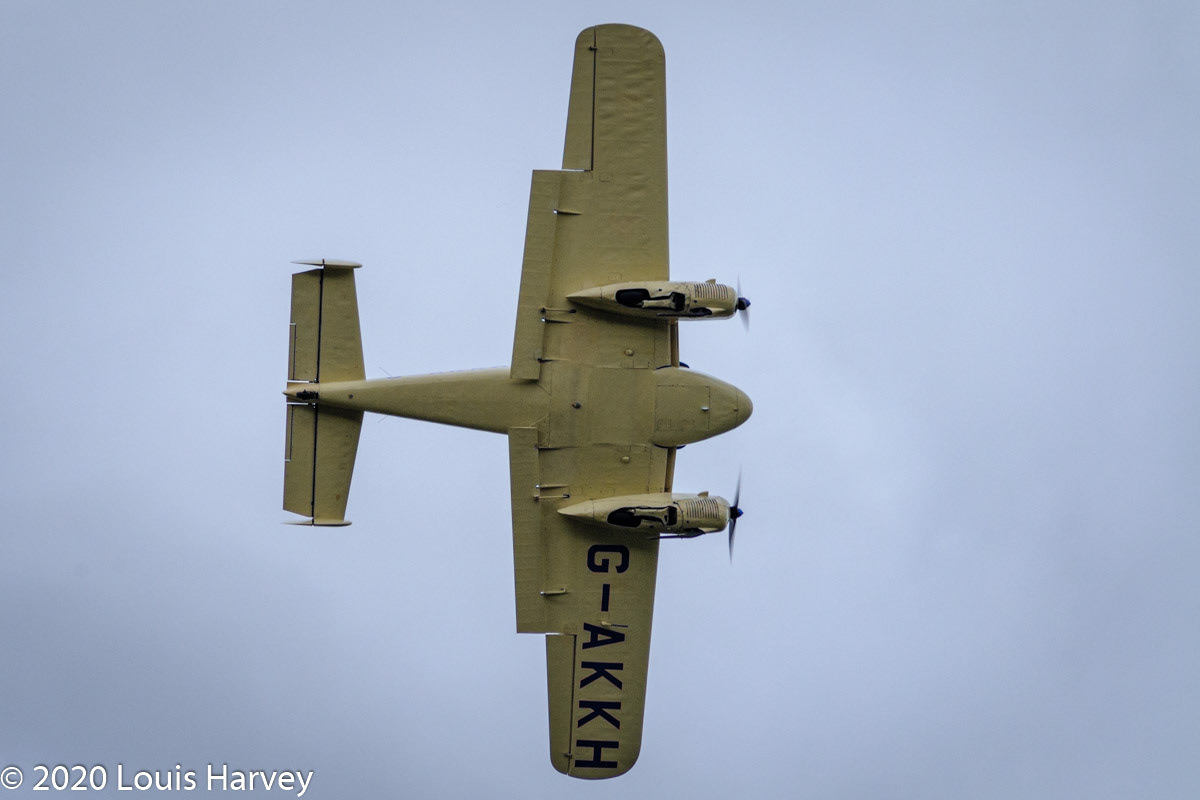
1932 Parnall Elf Mk.ll
The Parnall Elf is a British two seat light touring aircraft of the 1920s. Built by George Parnall & Co. the Elf was the last aircraft designed by Harold Bolas before he left the company to go to the United States.
This the sole surviving Elf.
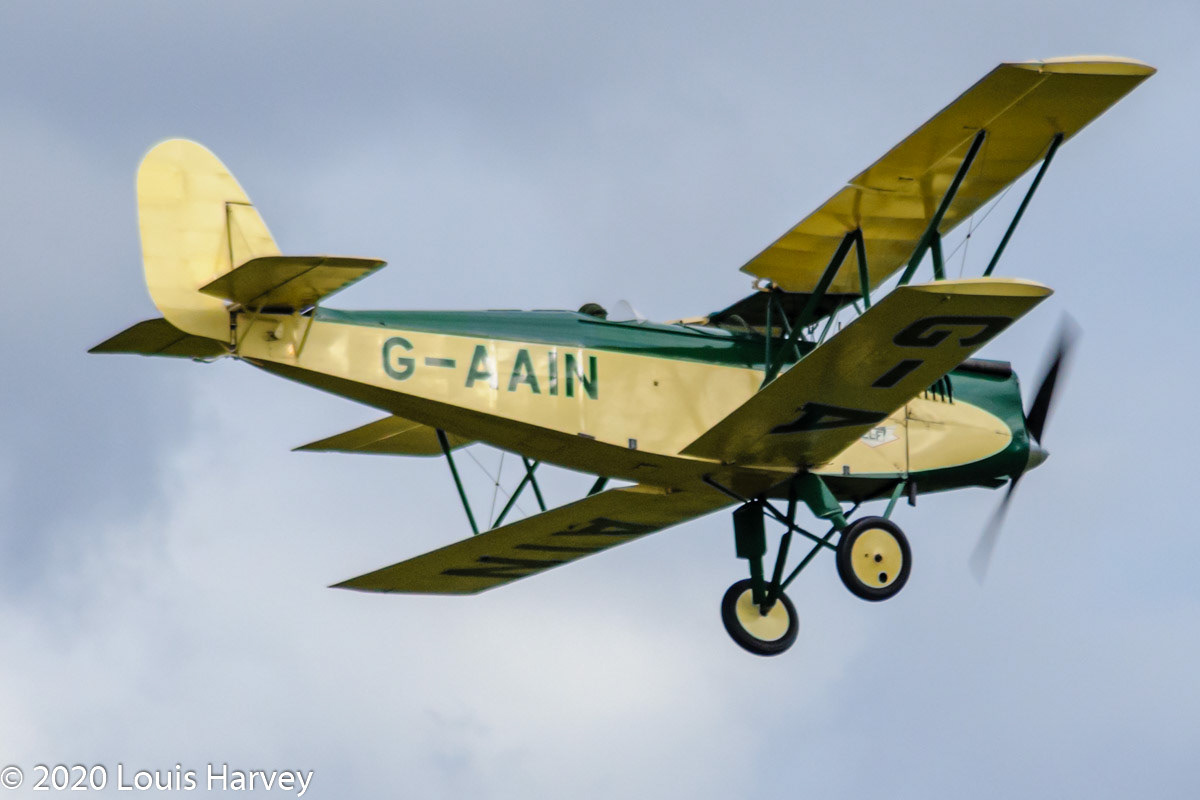
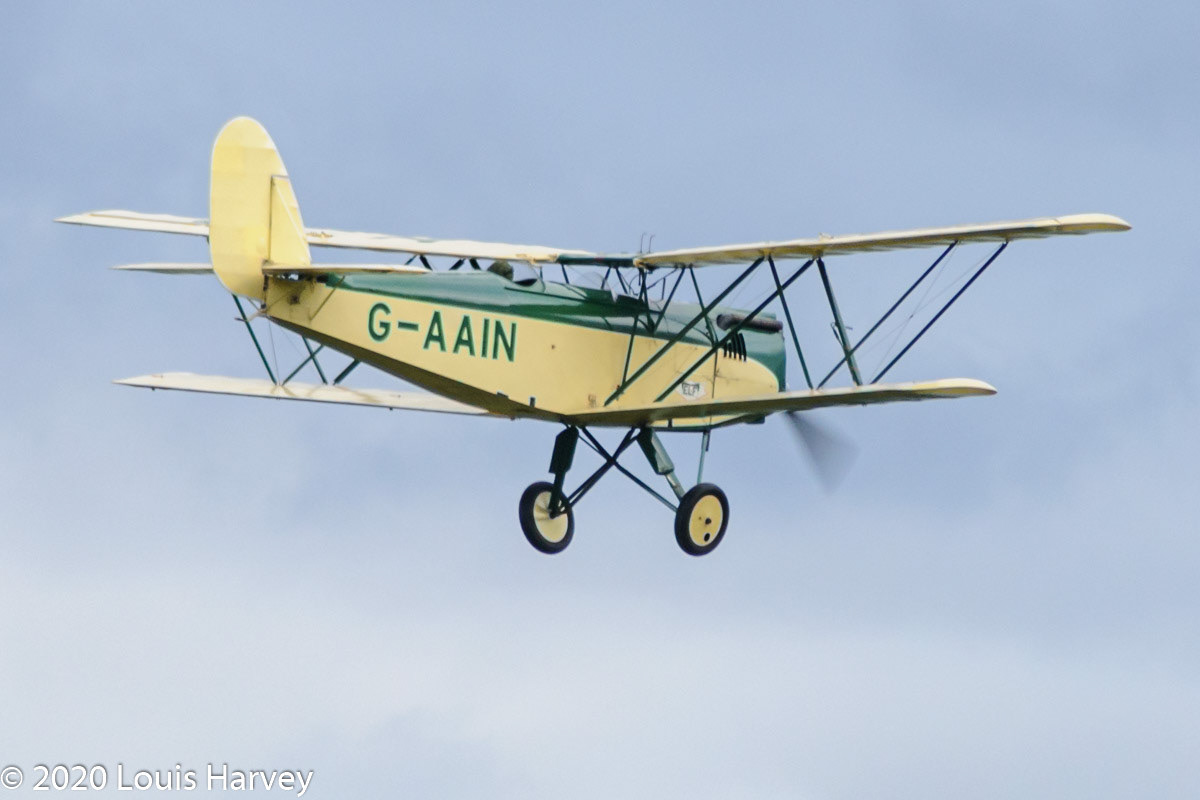

1950 Hunting (Percival) Piston Provost T.1
The Percival P.56 Provost is a basic trainer aircraft that was designed and manufactured by British aviation company Percival.
During the 1950s, the Provost was developed for the Royal Air Force (RAF) as a replacement for the Percival Prentice. Designed by Henry Millicer, it was a single-engined low-wing monoplane, furnished with a fixed, tailwheel undercarriage and, like the preceding Prentice, had a side-by-side seating arrangement.



1944 Polikarpov PO2
The Polikarpov Po-2 (also U-2, for its initial uchebnyy, 'training', role as a flight instruction aircraft) served as a general-purpose Soviet biplane. The reliable, uncomplicated concept of the Po-2's design made it an ideal trainer aircraft, as well as doubling as a low-cost ground attack, aerial reconnaissance, psychological warfare and liaison aircraft during war, proving to be one of the most versatile light combat types to be built in the Soviet Union. As of 1978 it remained in production for a longer period of time than any other Soviet-era aircraft.
It is one of the most produced aircraft, and may be the most produced biplane in history, with as many as 30,000 Po-2s built between 1928 and 1959. The aircraft was designed by Nikolai Polikarpov to replace the U-1 trainer (a copy of the British Avro 504), which was known as Avrushka to the Soviets.
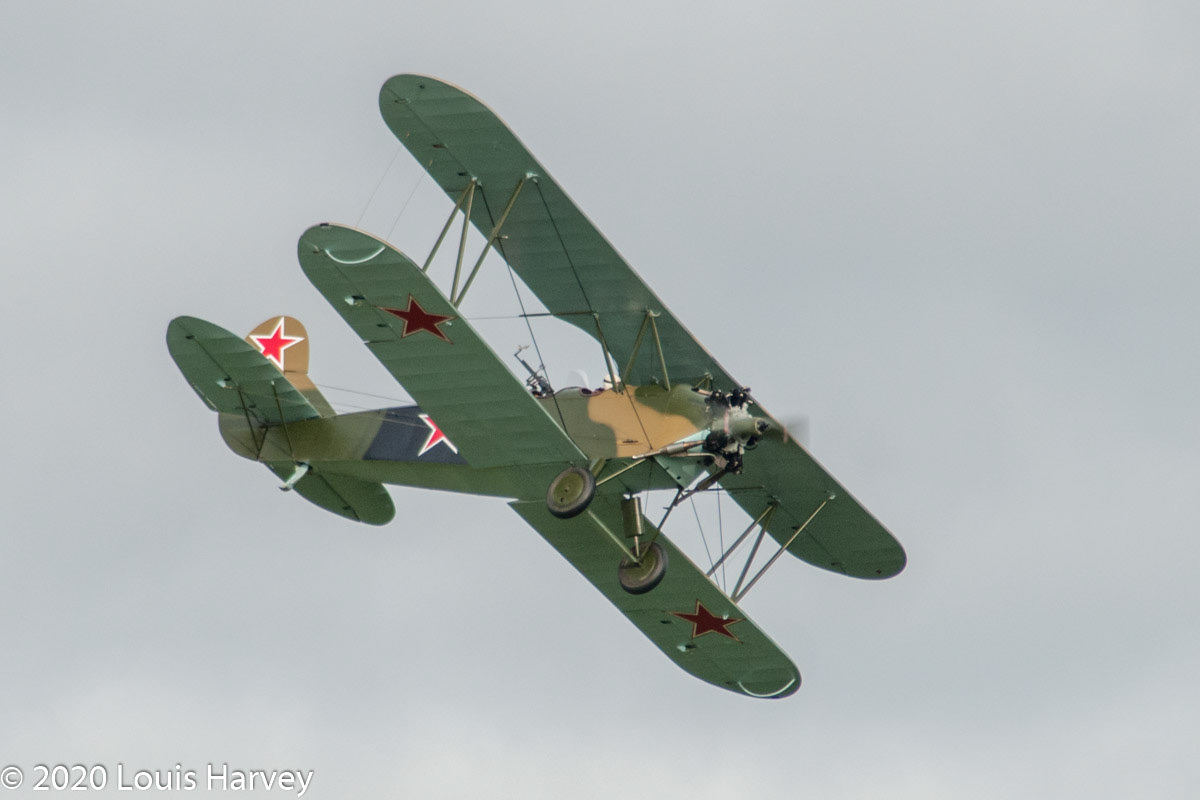
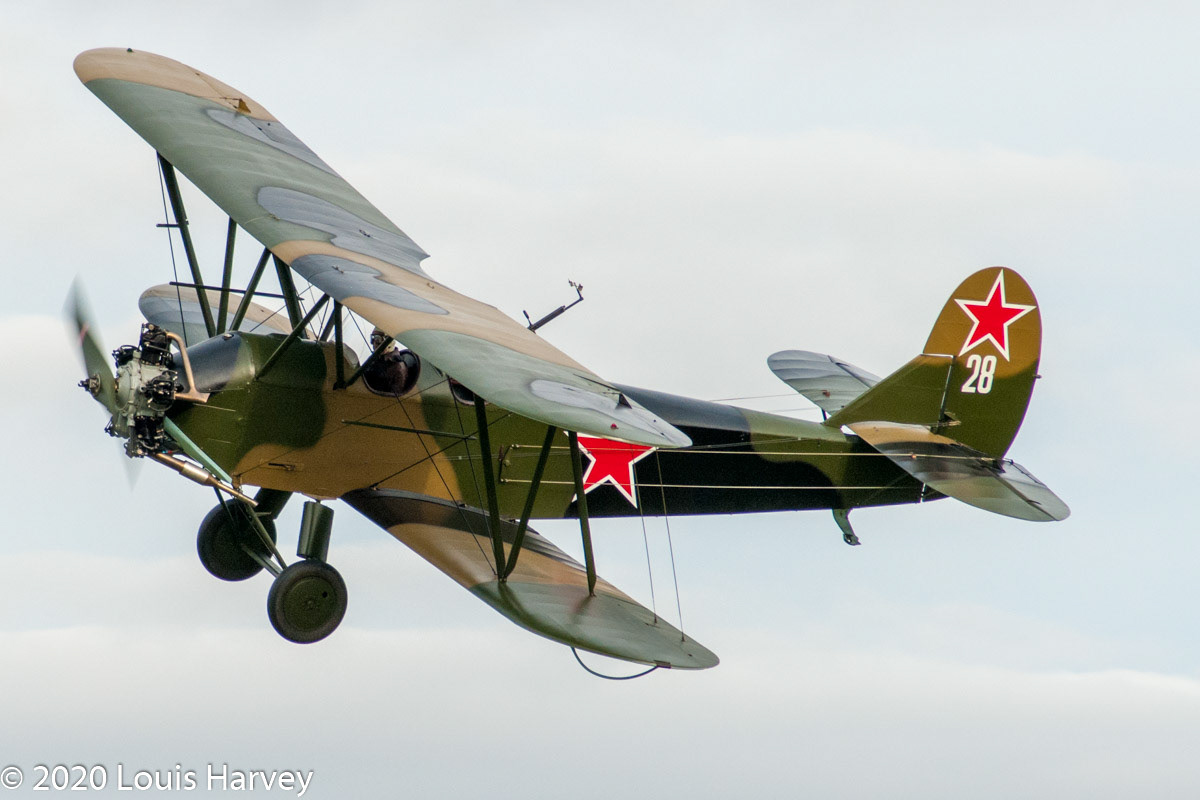
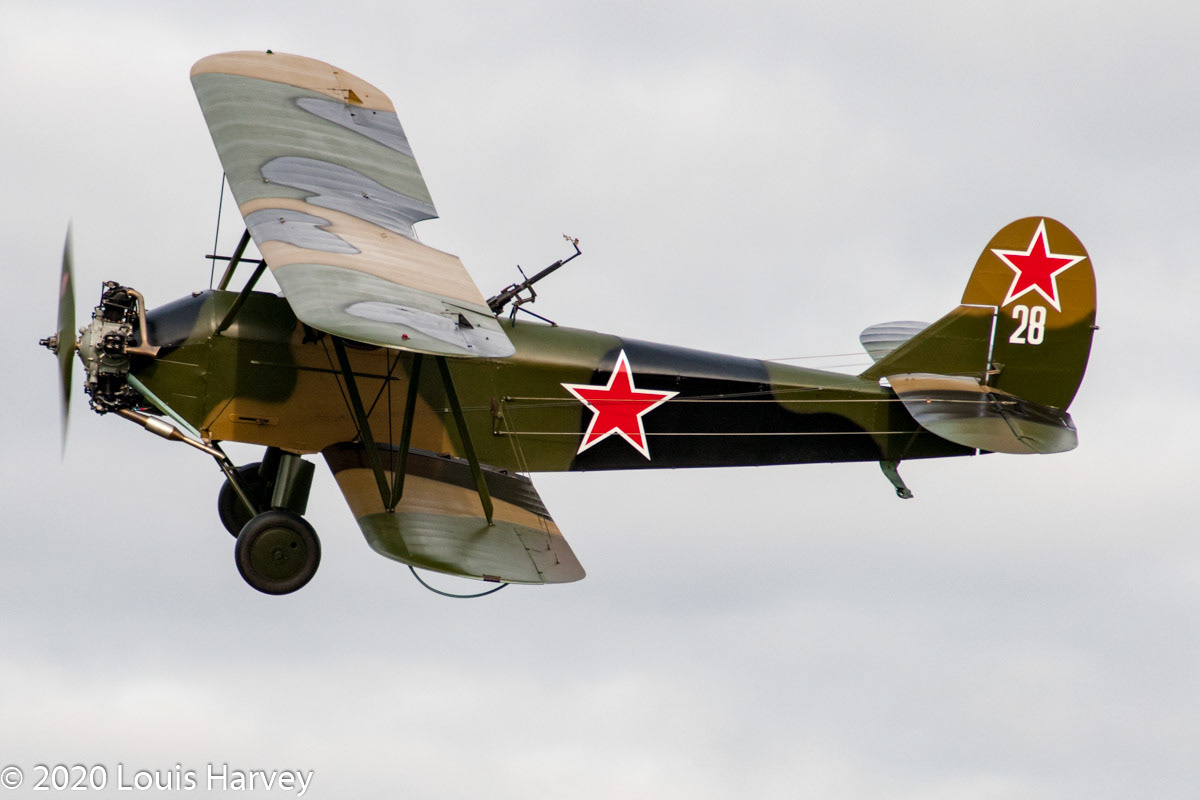
1917 Royal Aircraft Factory SE5A
The Royal Aircraft Factory S.E.5 was a British biplane fighter aircraft of the First World War. It was developed at the Royal Aircraft Factory by a team consisting of Henry Folland, John Kenworthy and Major Frank Goodden. It was one of the fastest aircraft of the war, while being both stable and relatively manoeuvrable. According to aviation author Robert Jackson, the S.E.5 was: "the nimble fighter that has since been described as the 'Spitfire of World War One'".
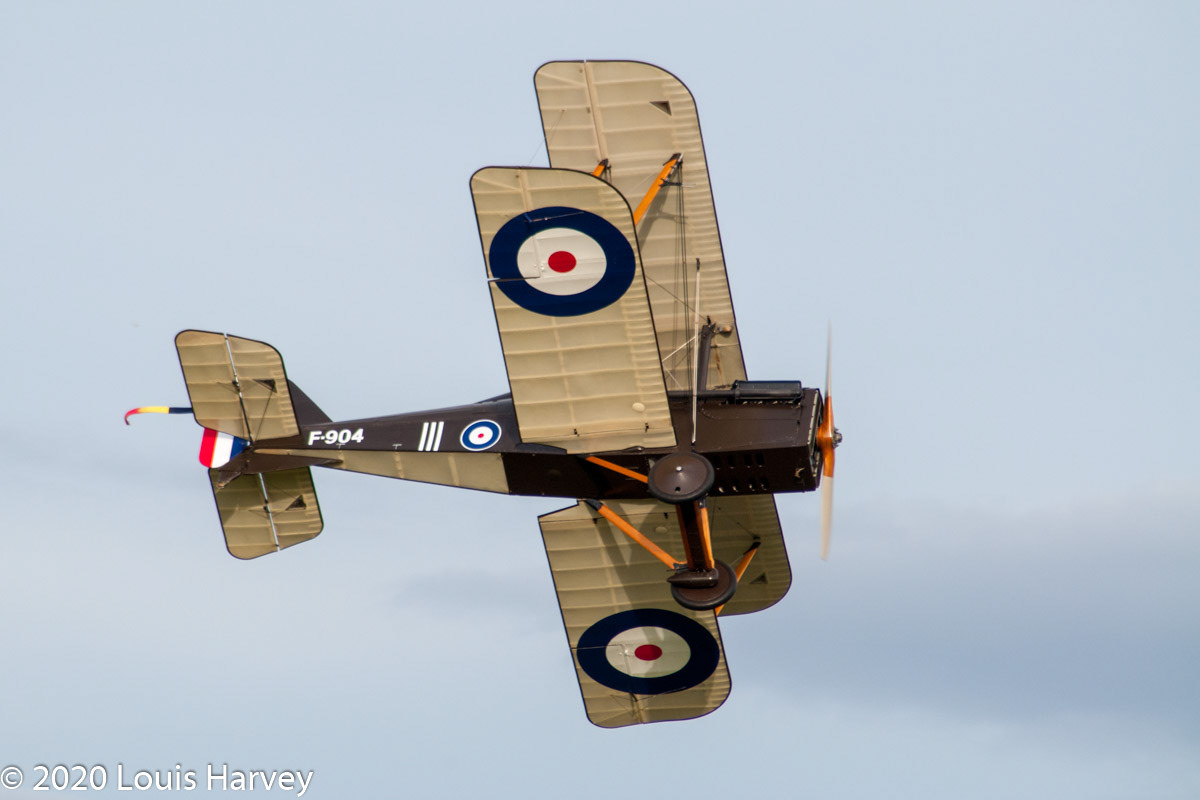

1916 Sopwith Pup
The Sopwith Pup was a British single-seater biplane fighter aircraft built by the Sopwith Aviation Company. It entered service with the Royal Flying Corps and the Royal Naval Air Service in the autumn of 1916. With pleasant flying characteristics and good manoeuvrability, the aircraft proved very successful. The Pup was eventually outclassed by newer German fighters, but it was not completely replaced on the Western Front until the end of 1917. Remaining Pups were relegated to Home Defence and training units. The Pup's docile flying characteristics also made it ideal for use in aircraft carrier deck landing and takeoff experiments.

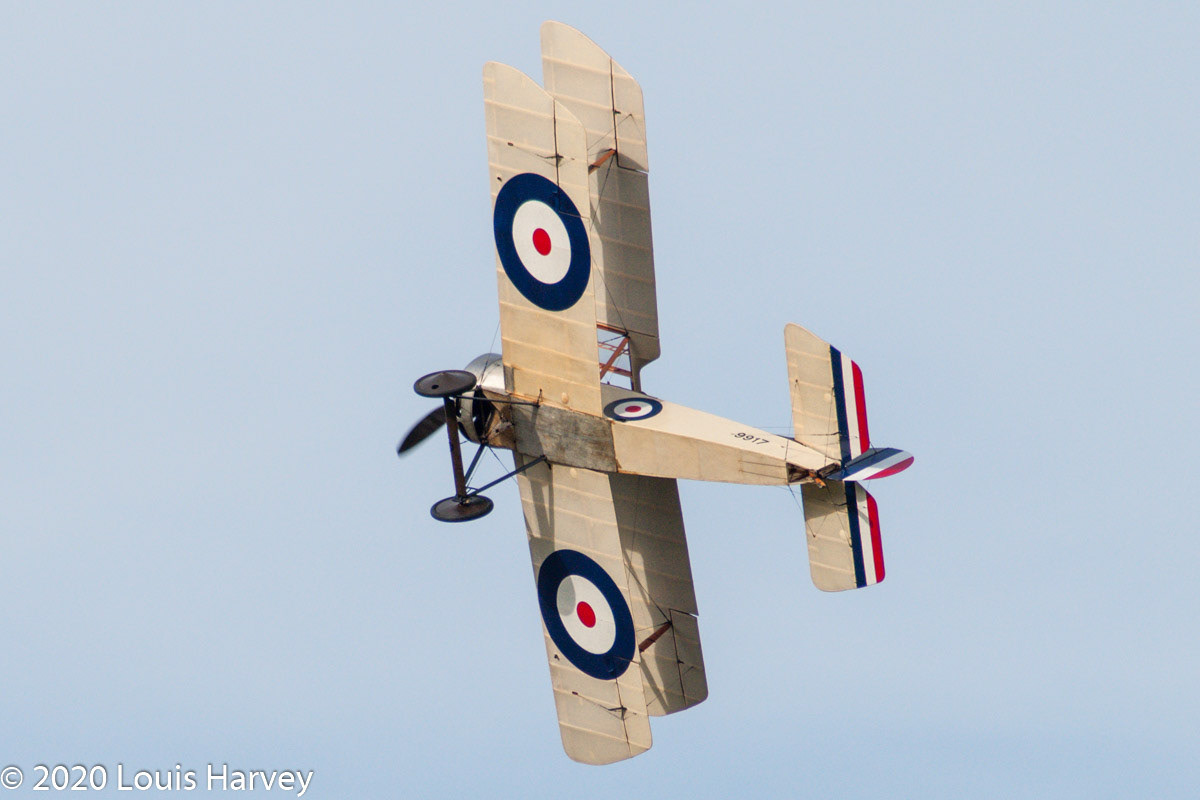
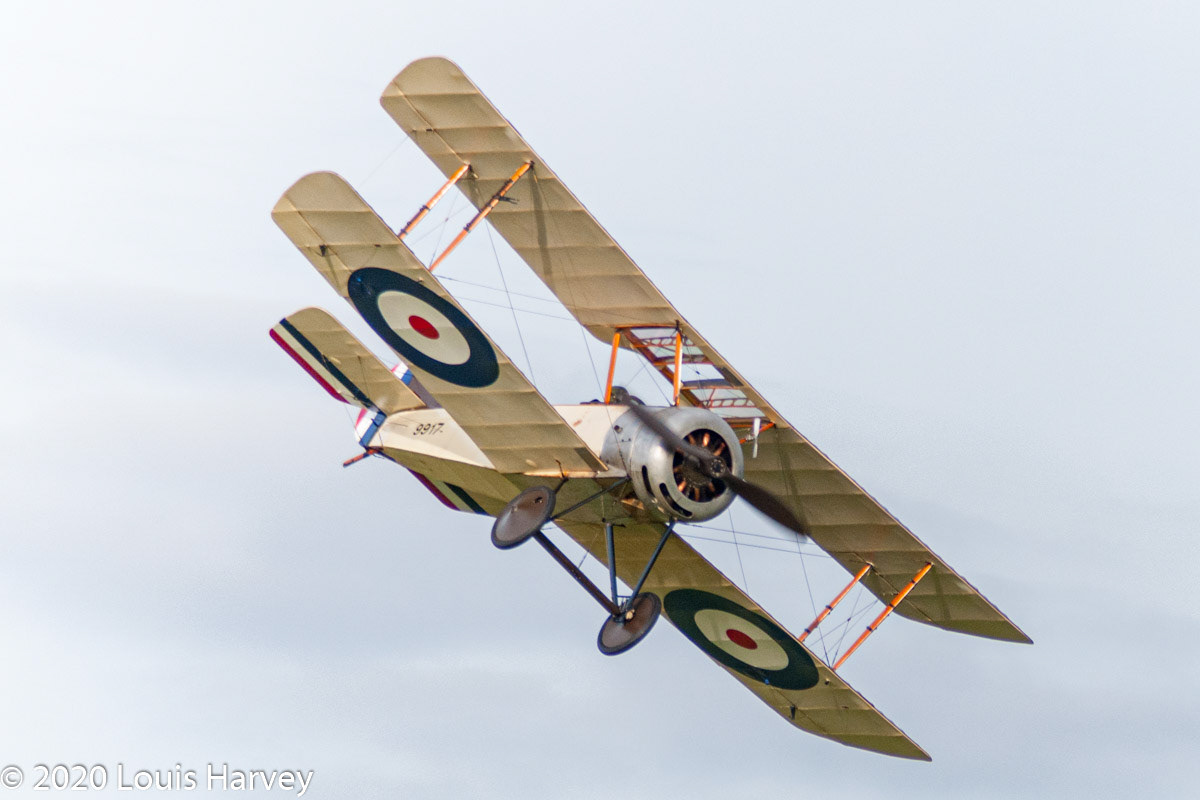
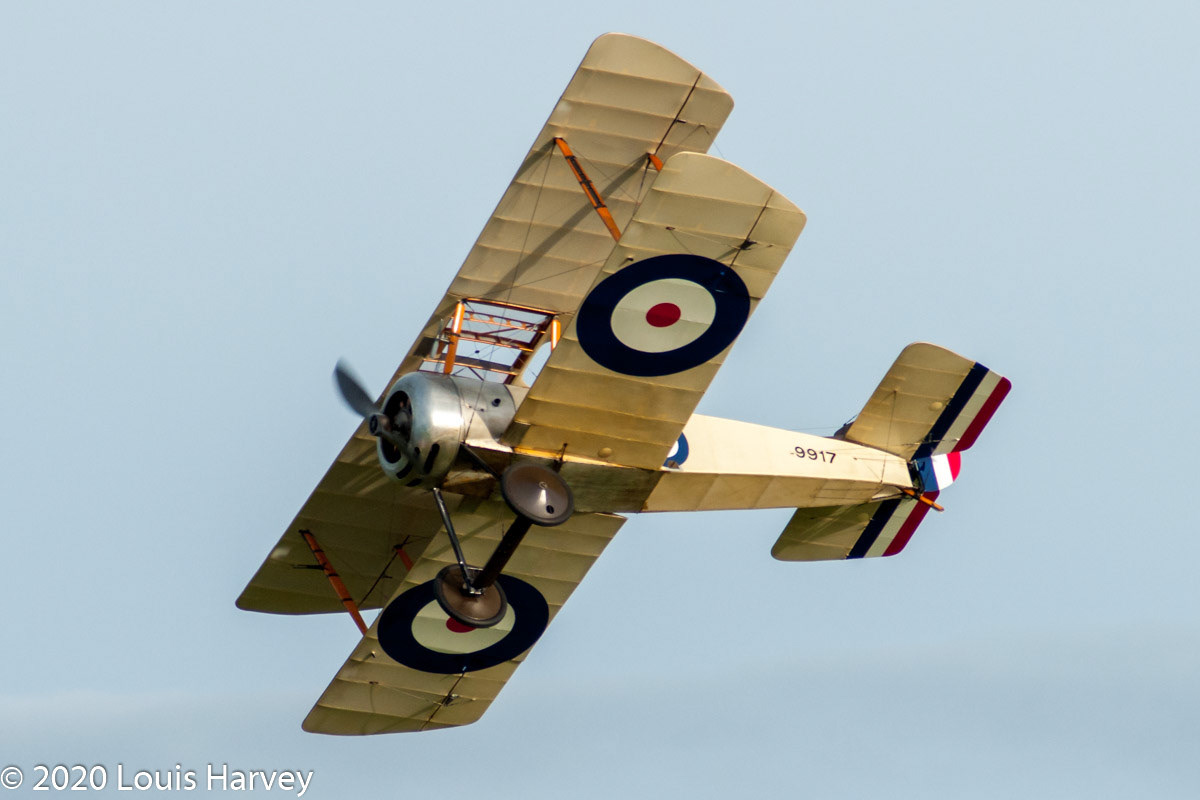

1917 Sopwith Triplane (Replica)
The Sopwith Triplane was a British single seat fighter aircraft designed and manufactured by the Sopwith Aviation Company during the First World War. It has the distinction of being the first military triplane to see operational service.
The Triplane was developed by the firm's experimental department as a private venture, the project was headed by the designer Herbert Smith. Aside from its obvious difference in wing configuration, the aircraft shared many similarities with the company's successful biplane fighter, the Sopwith Pup. The prototype Triplane performed its maiden flight on 28 May 1916 and was dispatched to the French theatre two months later, where it garnered high praise for its exceptional rate of climb and high manoeuvrability. During late 1916, quantity production of the type commenced in response to orders received from the Admiralty. During early 1917, production examples of the Triplane arrived with Royal Naval Air Service squadrons.
The Triplane rapidly proved to be capable of outstanding agility, and thus was quickly deemed to be a success amongst those squadrons that flew it. Nevertheless, the Triplane was built in comparatively small numbers to that of the more conventional Sopwith Pup. It had been decided to withdraw the Triplane from active service as increasing numbers of the iconic Sopwith Camel arrived in the latter half of 1917.
This reproduction aircraft was built entirely by volunteer members of Northern Aeroplane Workshops using original plans and delivered to Old Warden in June 1990. On seeing the quality and accuracy of the workmanship Sir Thomas Sopwith declared it to be a late production aircraft rather than a replica (and he should have known!). It’s powered by an original Clerget 130hp rotary engine.

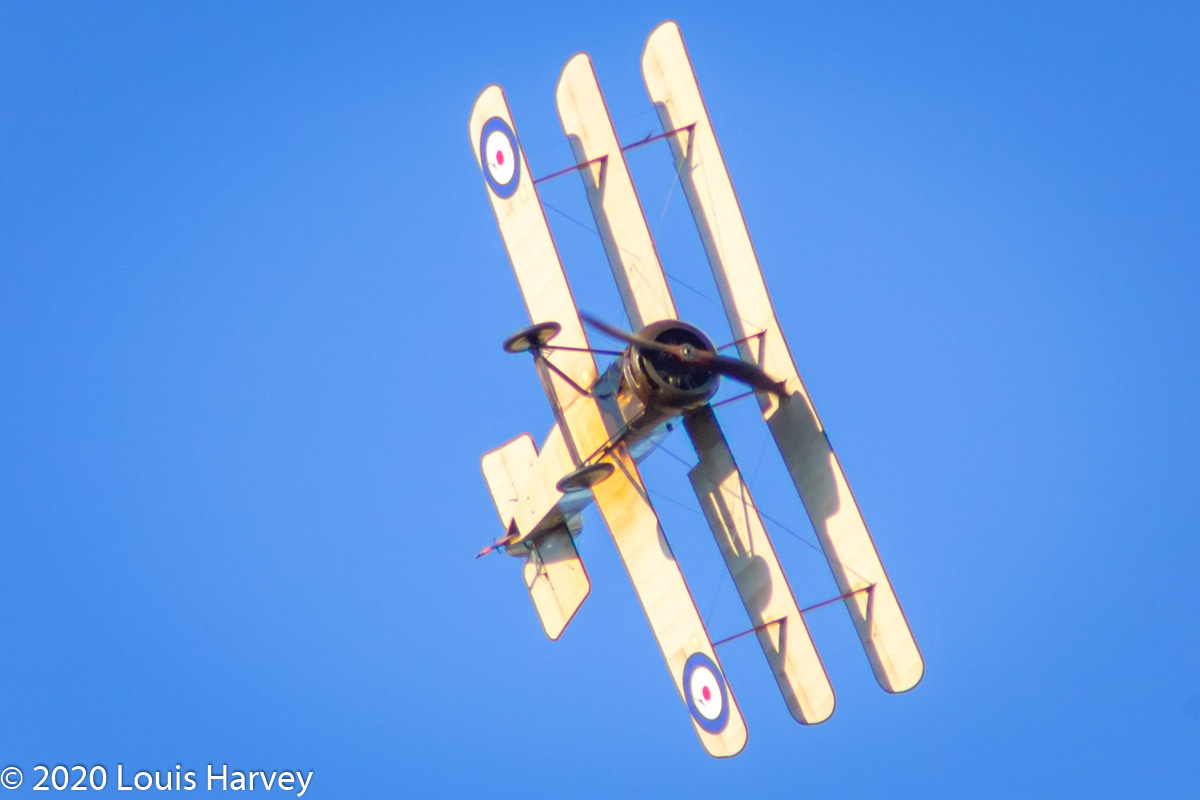

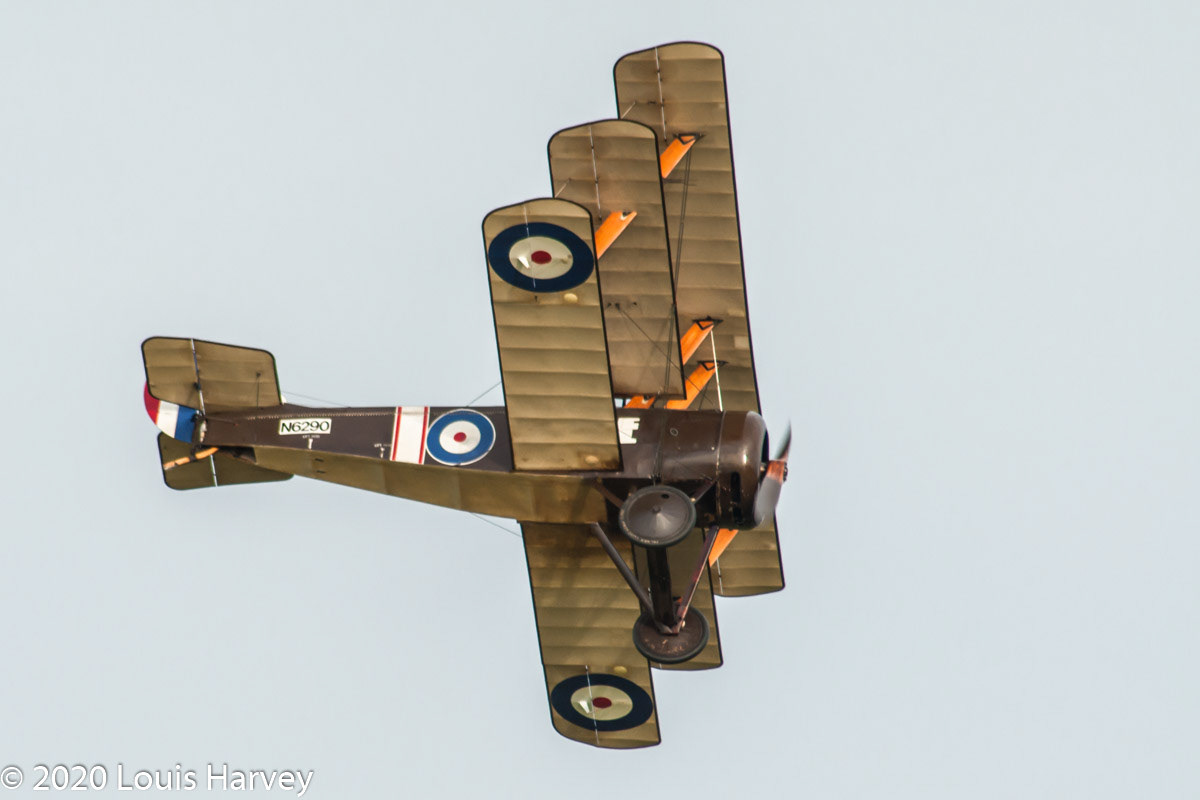
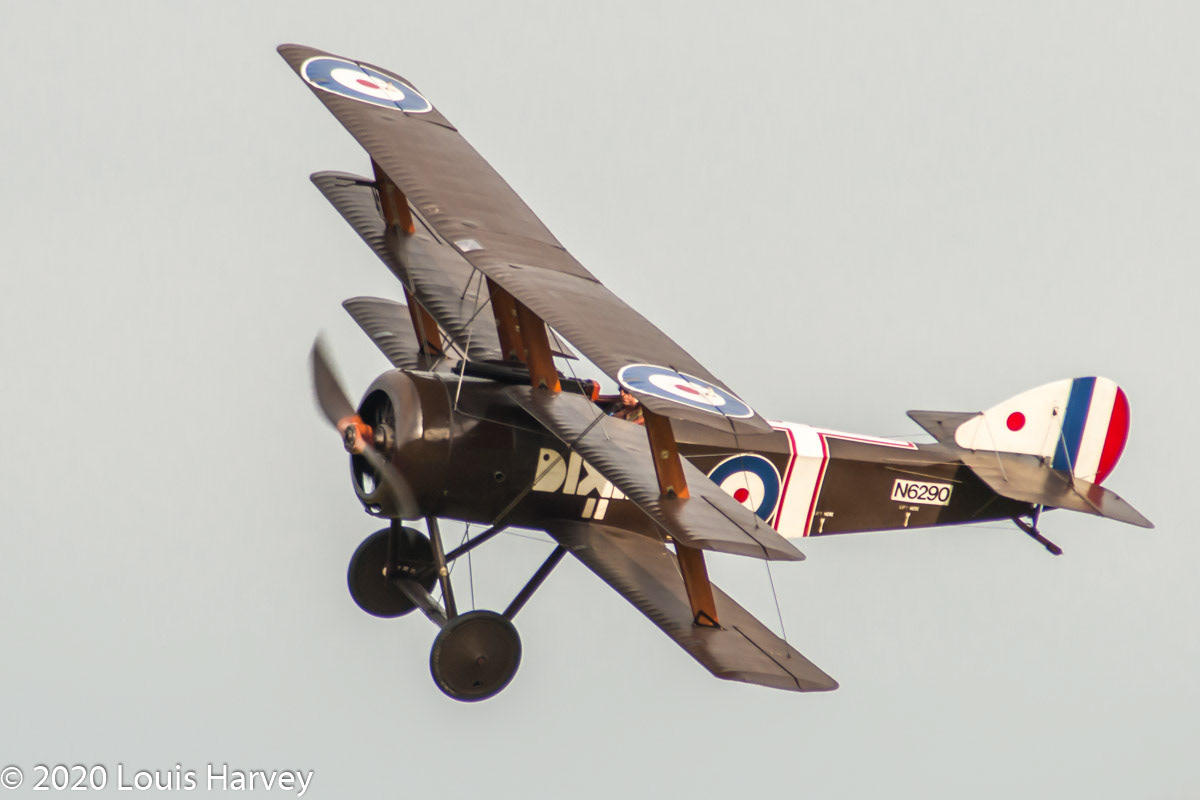
1929 Southern Martlet
The Southern Martlet was a single-engined, single-seat biplane sports aircraft.
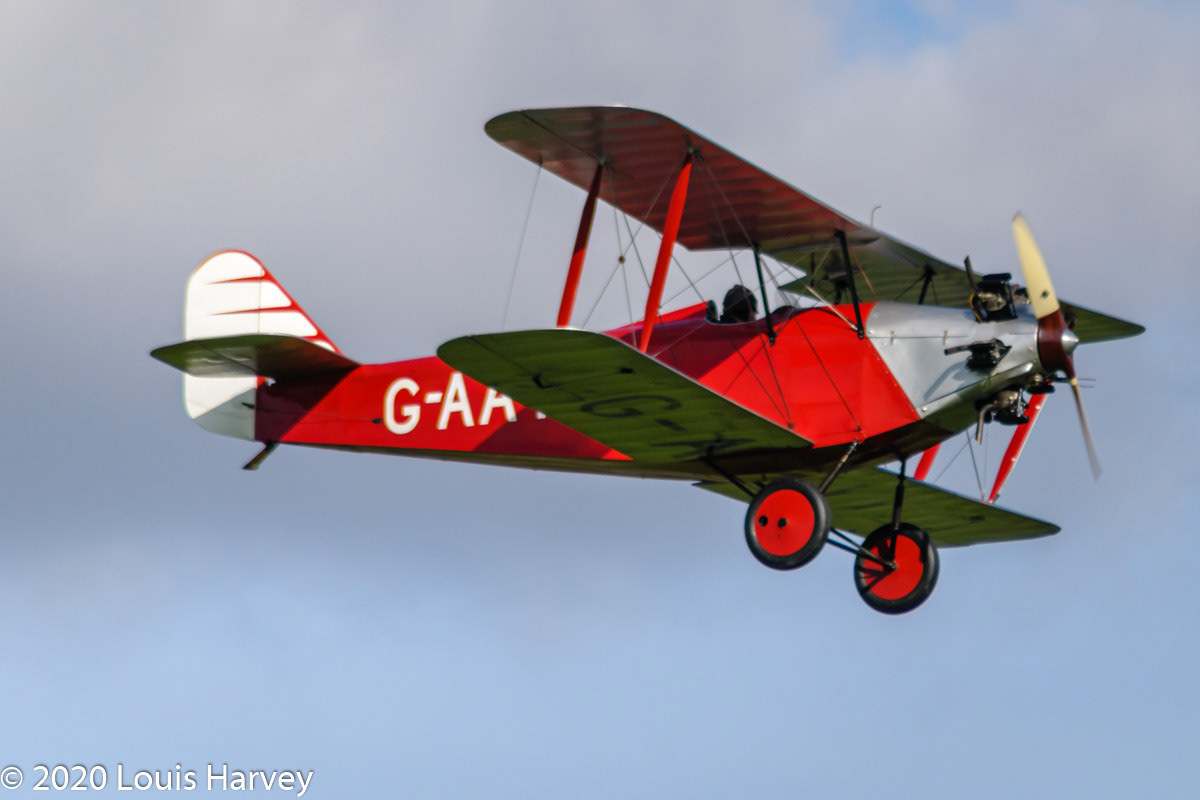
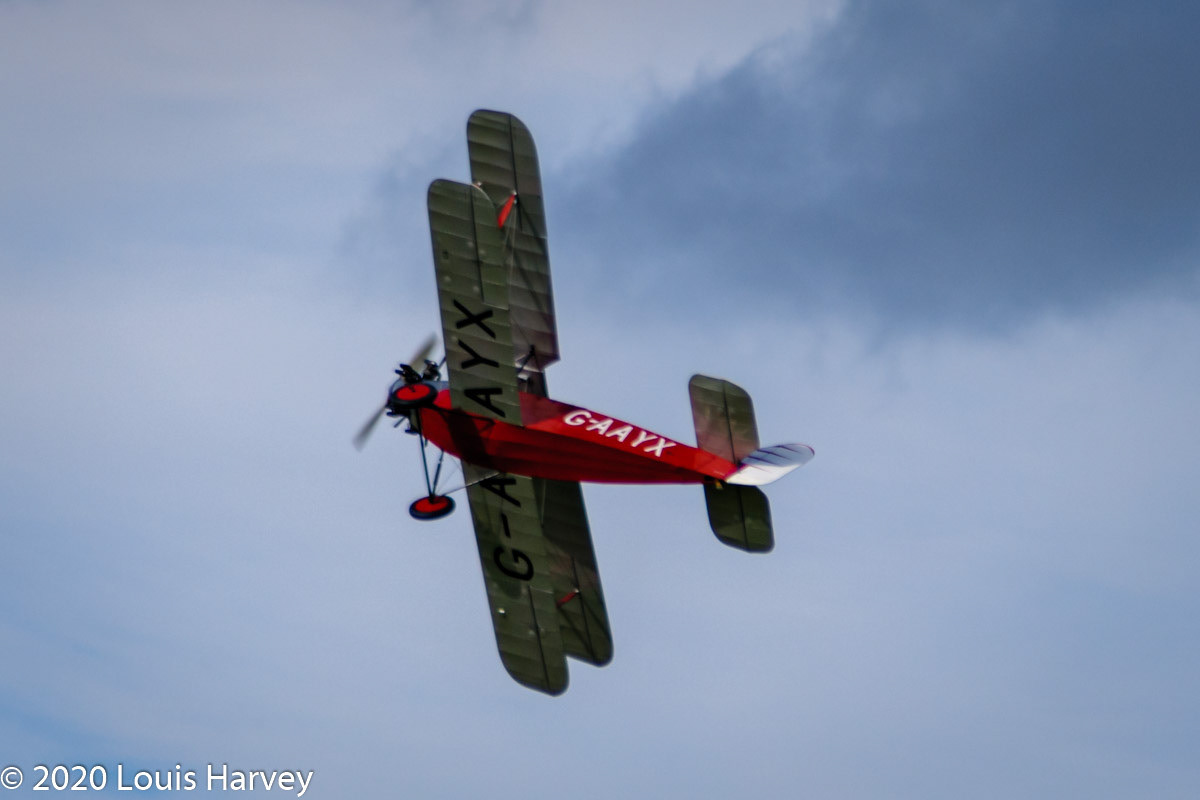

1936 Spartan 7W Executive
The Spartan 7W Executive is a cabin monoplane aircraft that was produced by the American Spartan Aircraft Company during the late 1930s and early 1940s. The 7W features an all-metal fuselage, as well as a retractable undercarriage. The 7W Executive was popular with affluent buyers worldwide.
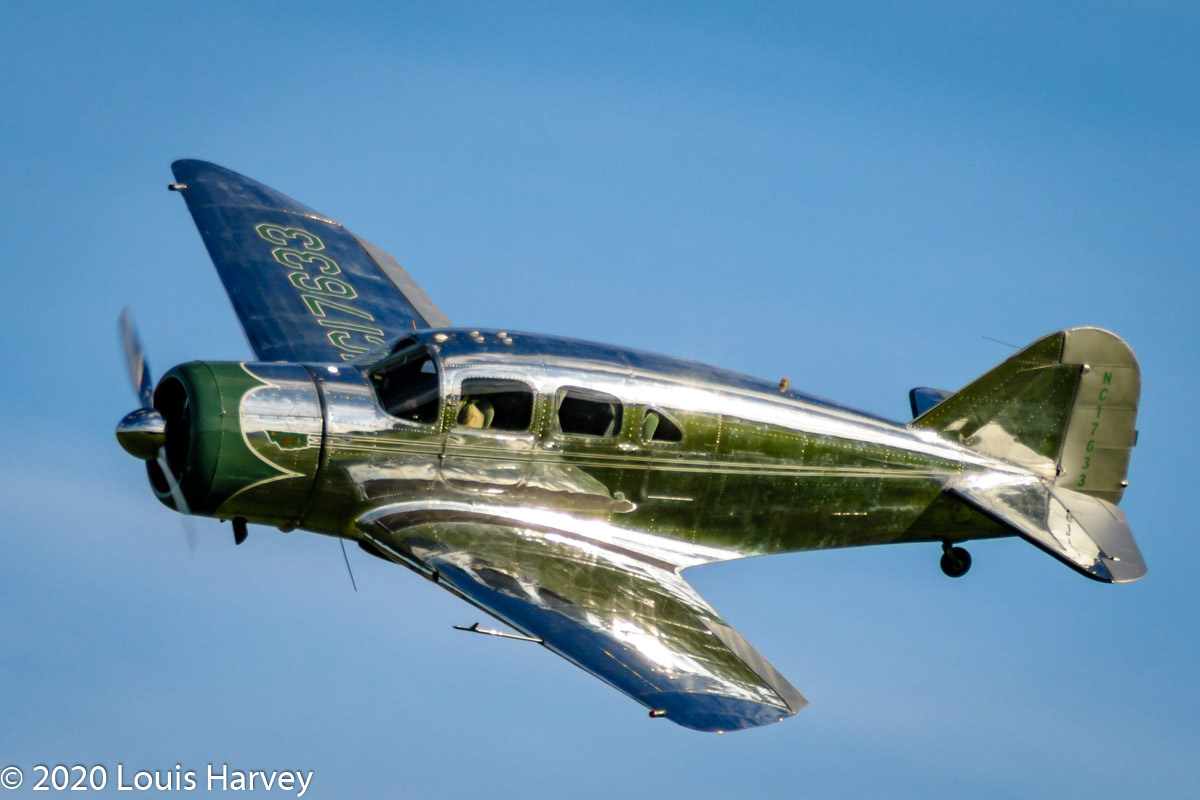
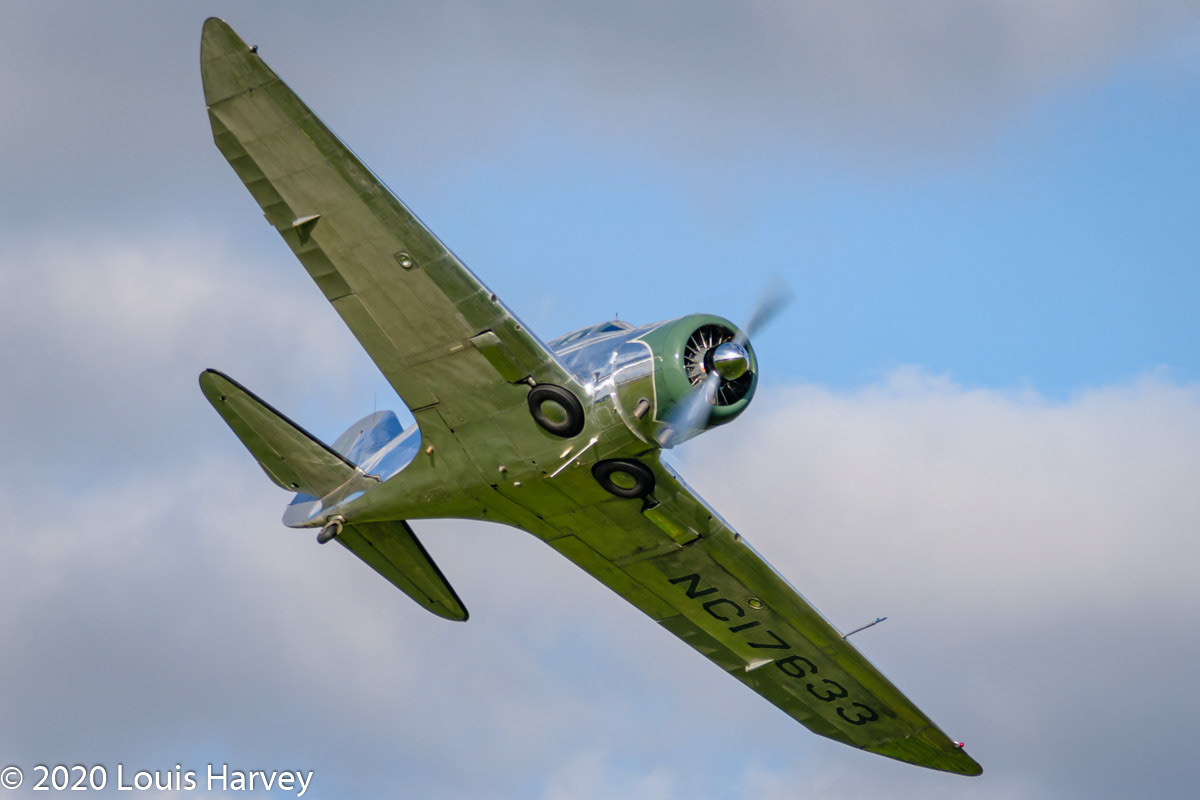

1946 Supermarine Seafire Mk. XVll
The Supermarine Seafire was a naval version of the Supermarine Spitfire adapted for operation from aircraft carriers. It was analogous in concept to the Hawker Sea Hurricane, a navalised version of the Spitfire's stablemate, the Hawker Hurricane. The name Seafire had been derived from the abbreviation of the longer name Sea Spitfire.
Please click on the button below for more details.


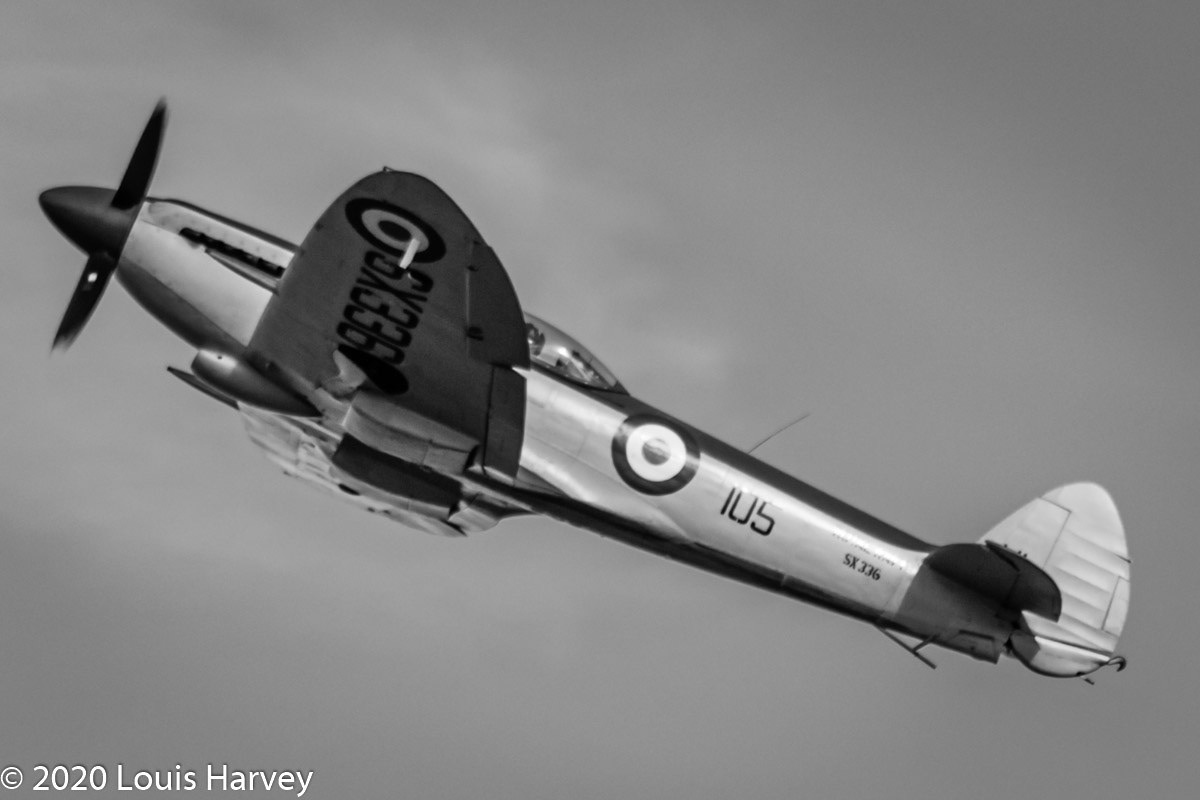


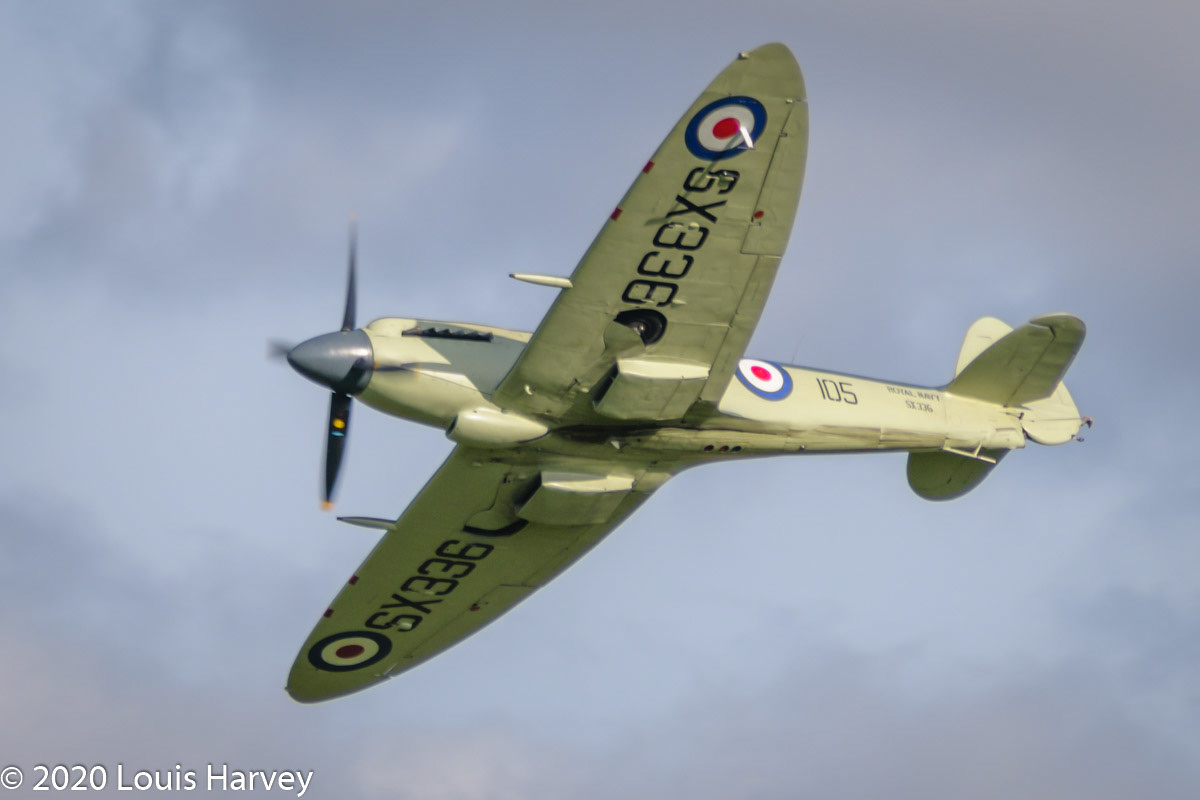
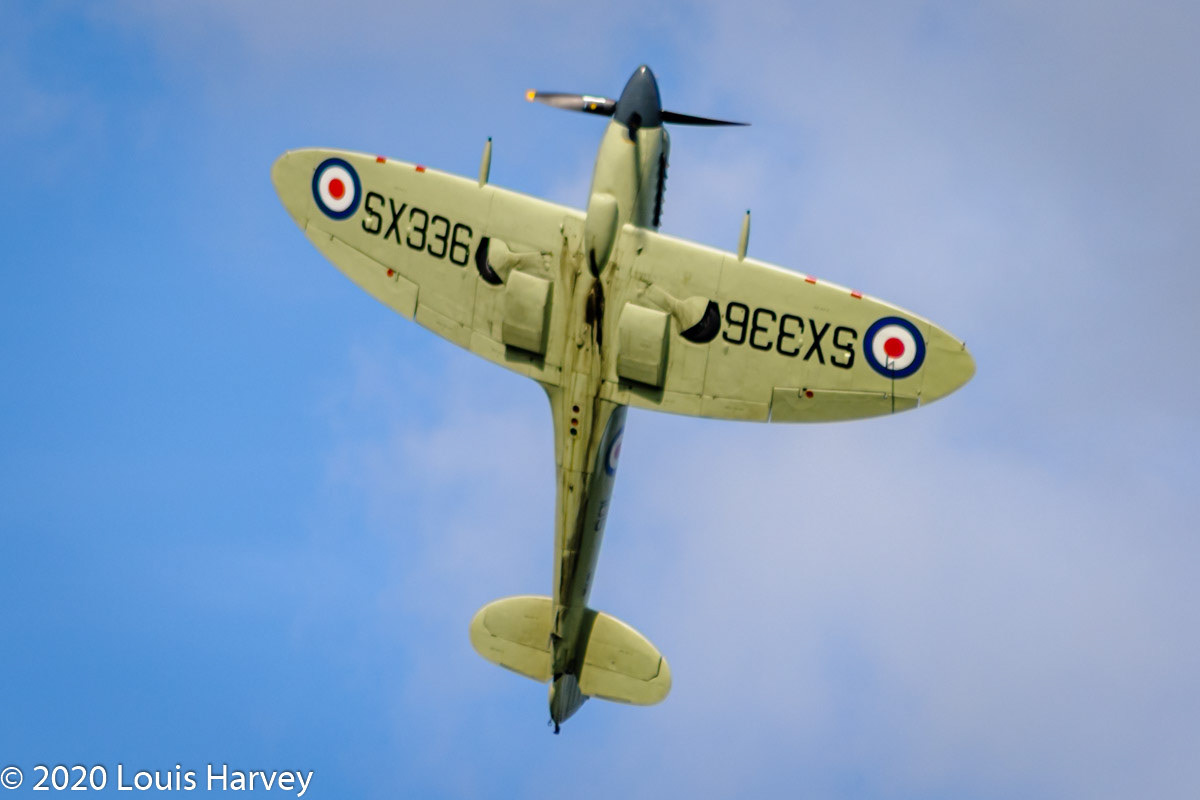


1940 Westland Lysander llla
The Westland Lysander is a British army co-operation and liaison aircraft produced by Westland Aircraft used immediately before and during the Second World War. After becoming obsolete in the army co-operation role, the aircraft's exceptional short-field performance enabled clandestine missions using small, improvised airstrips behind enemy lines to place or recover agents, particularly in occupied France with the help of the French Resistance.
